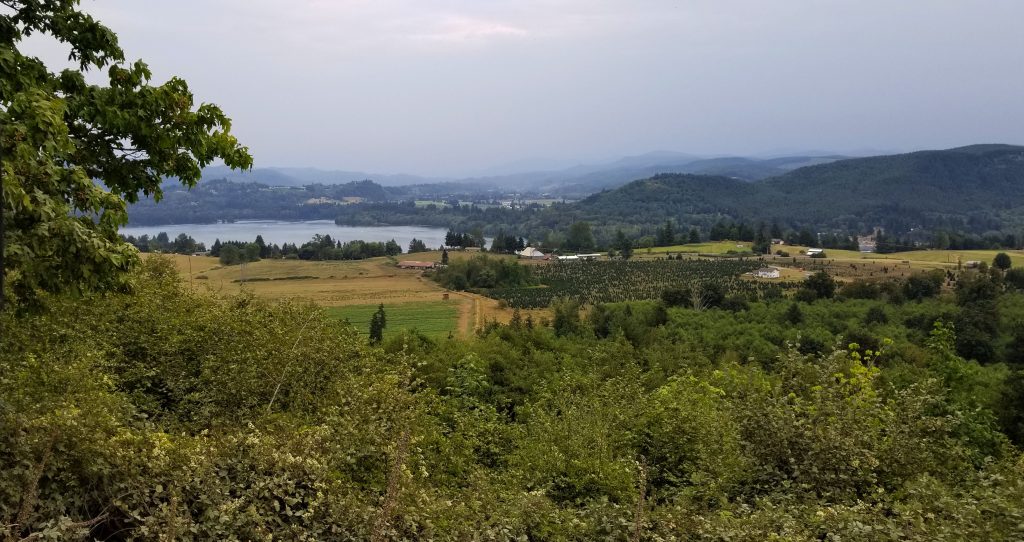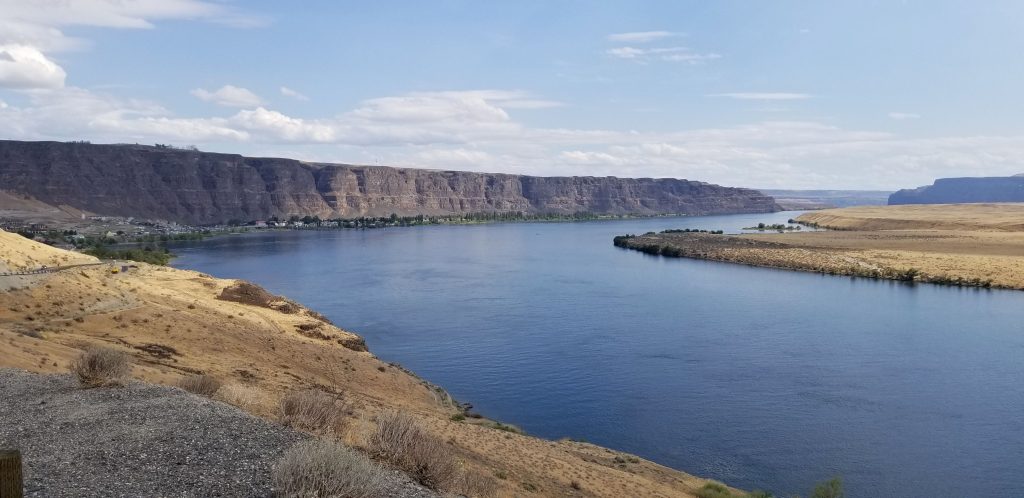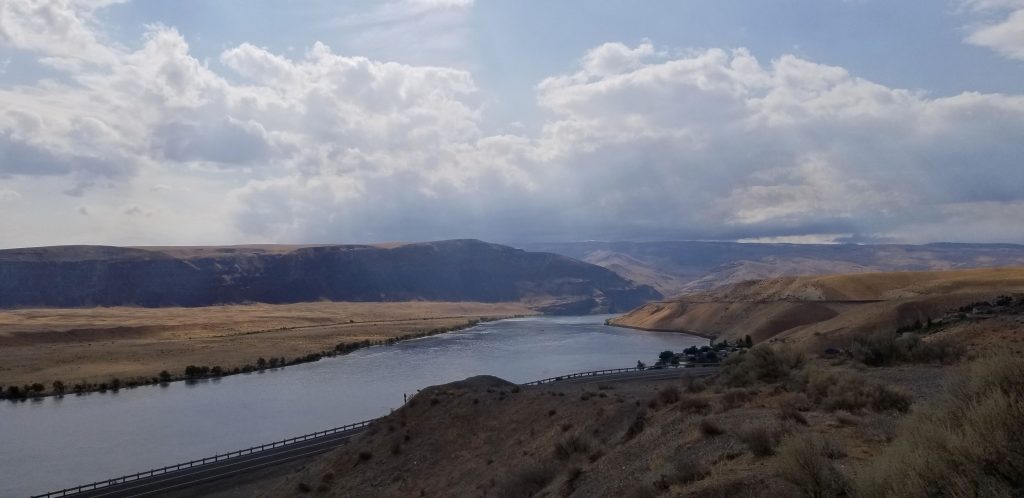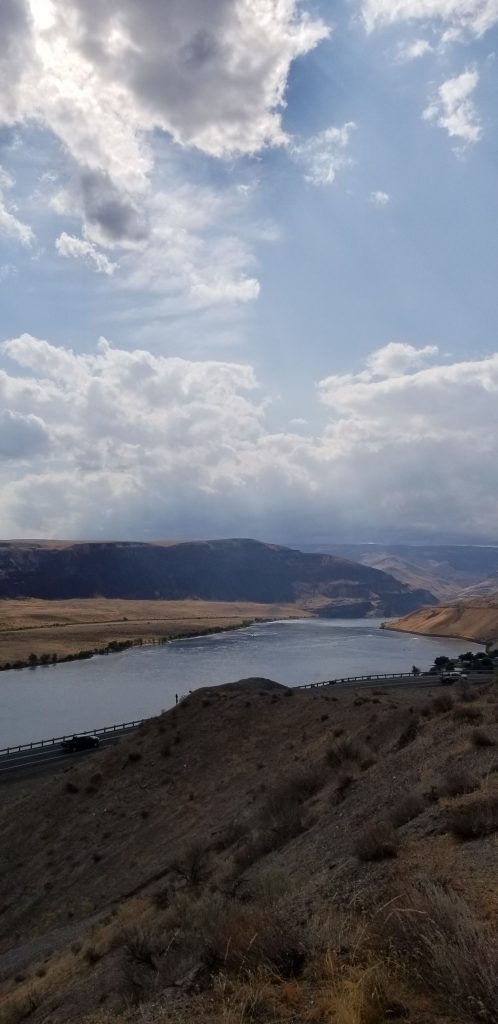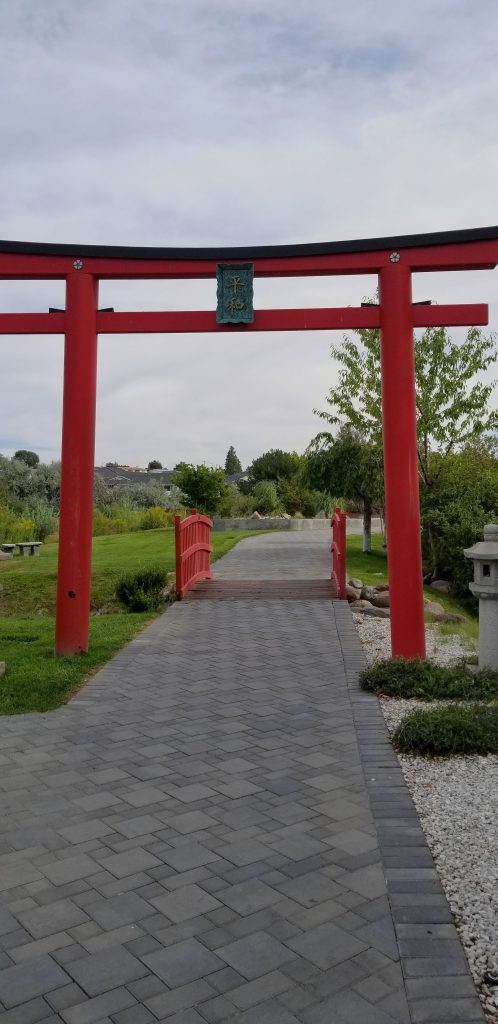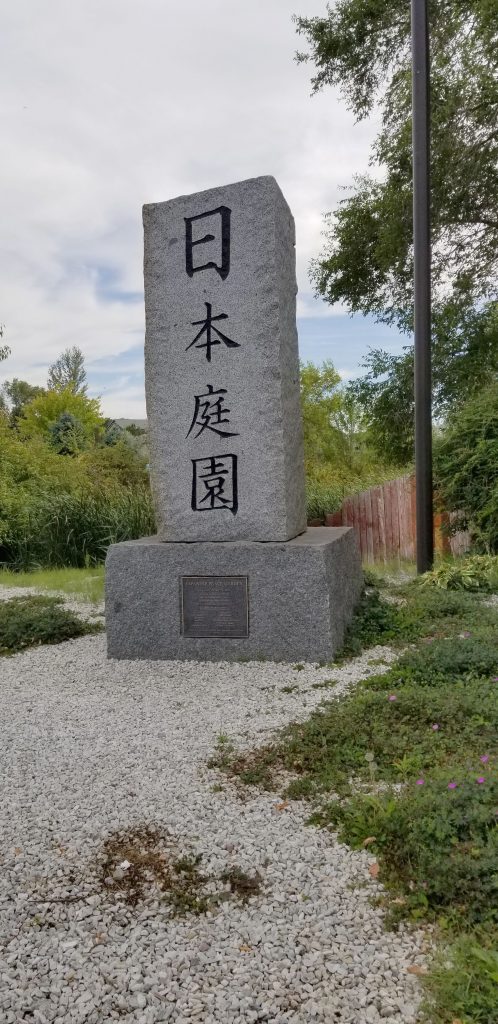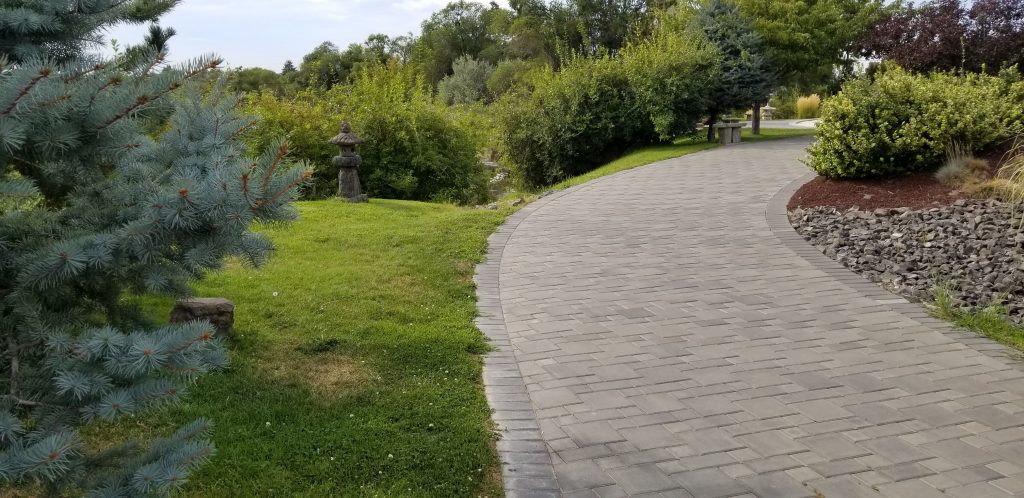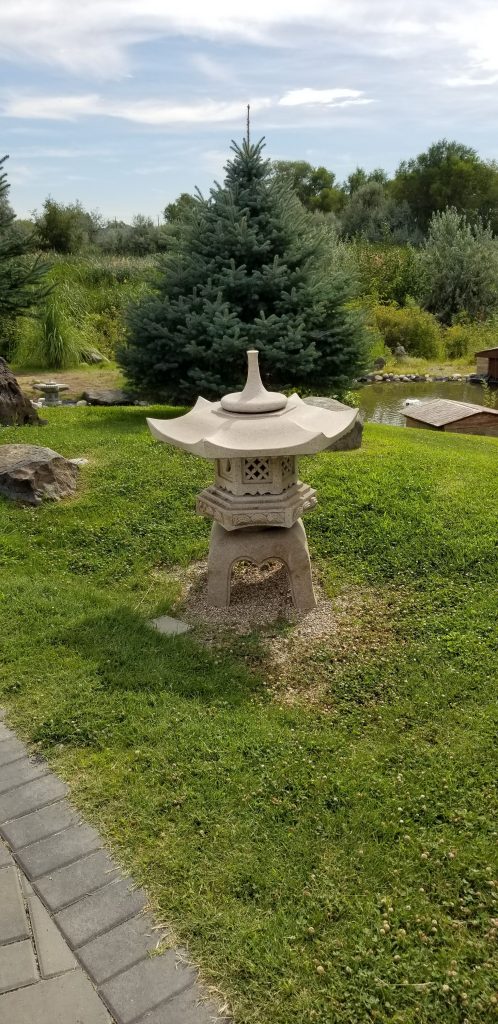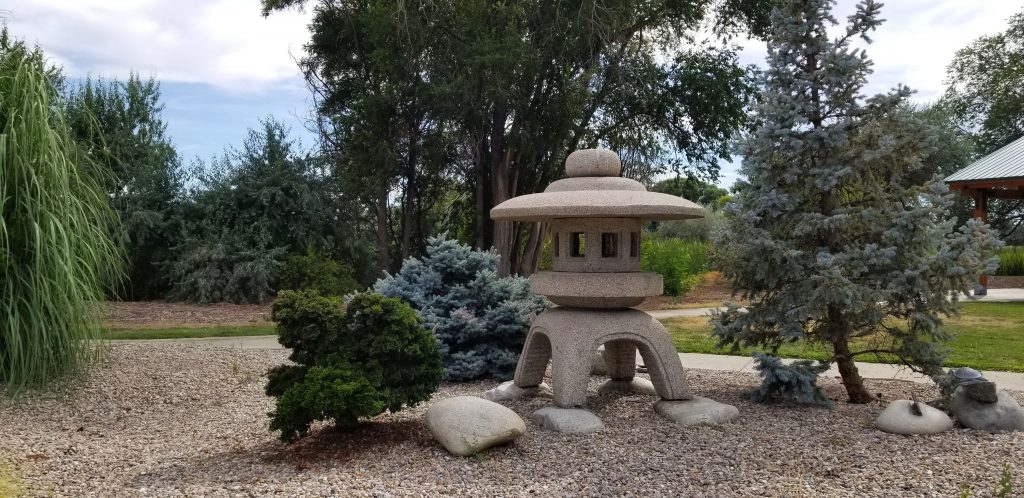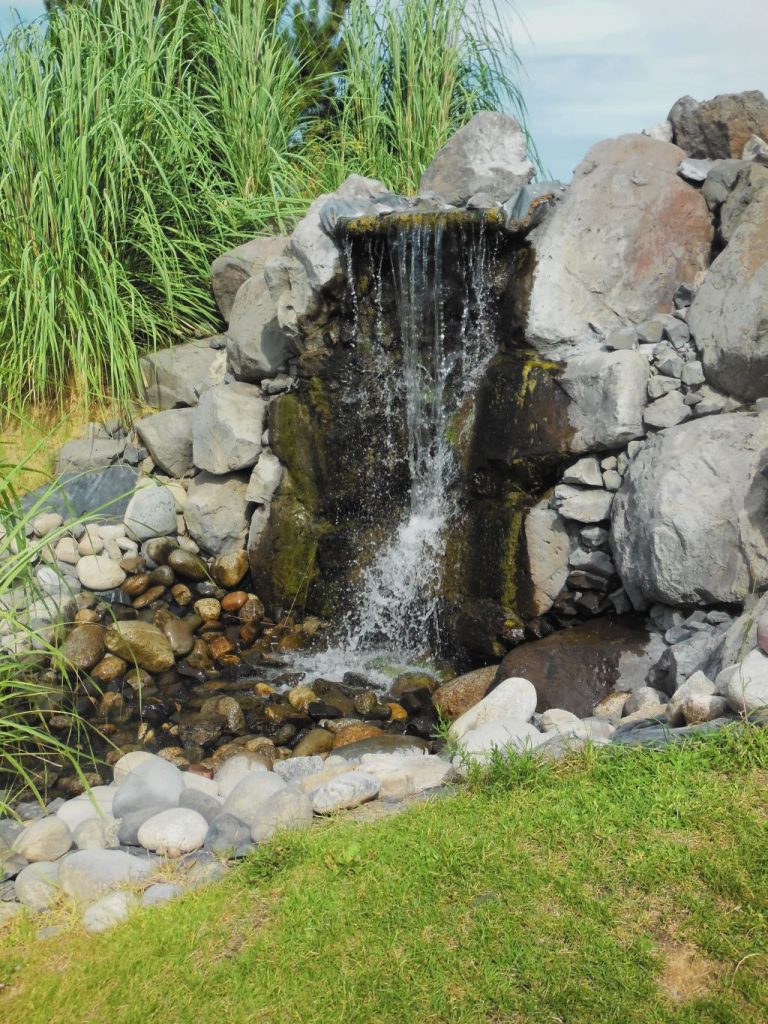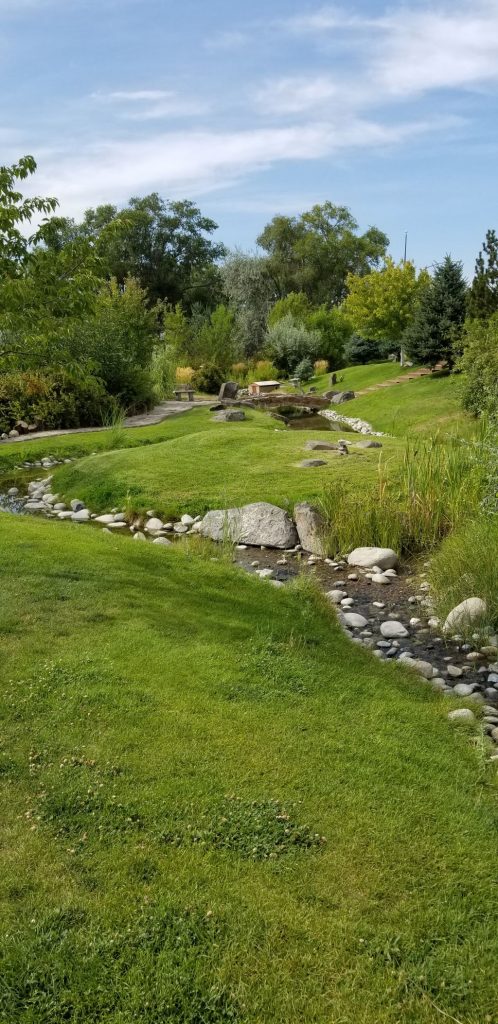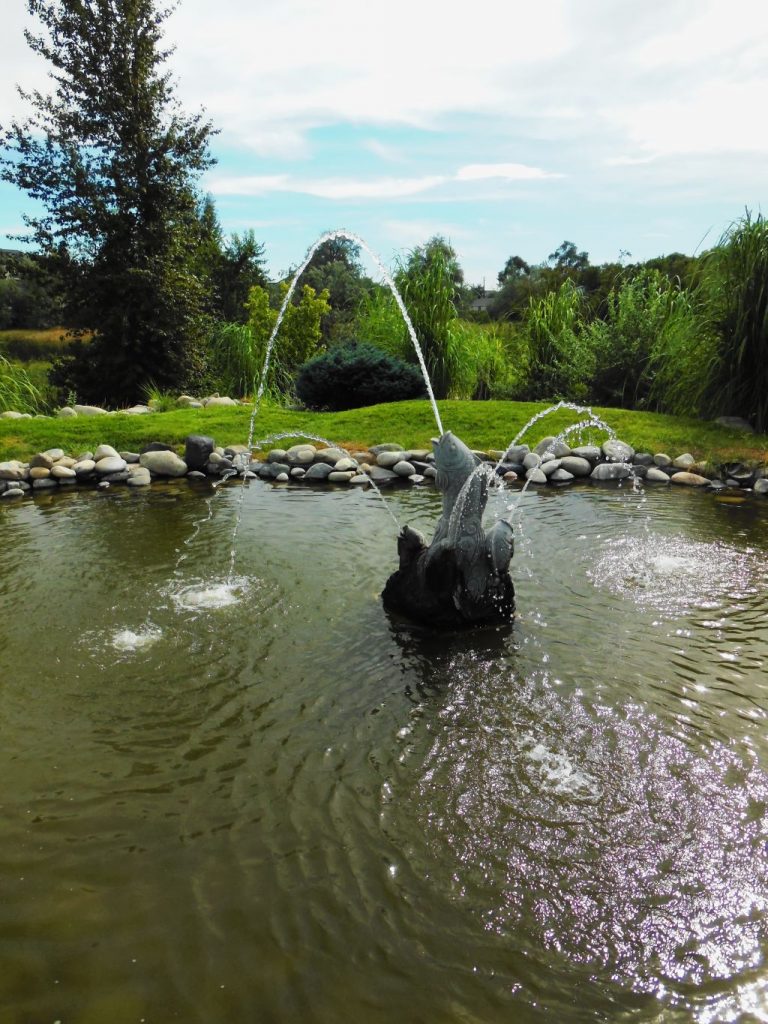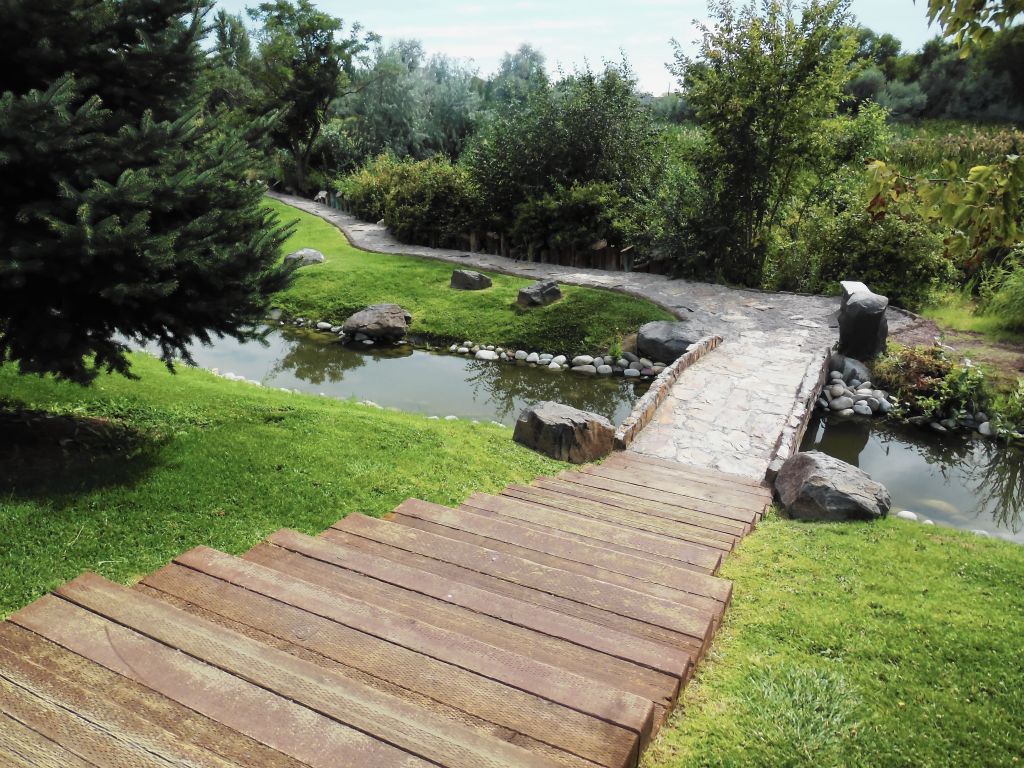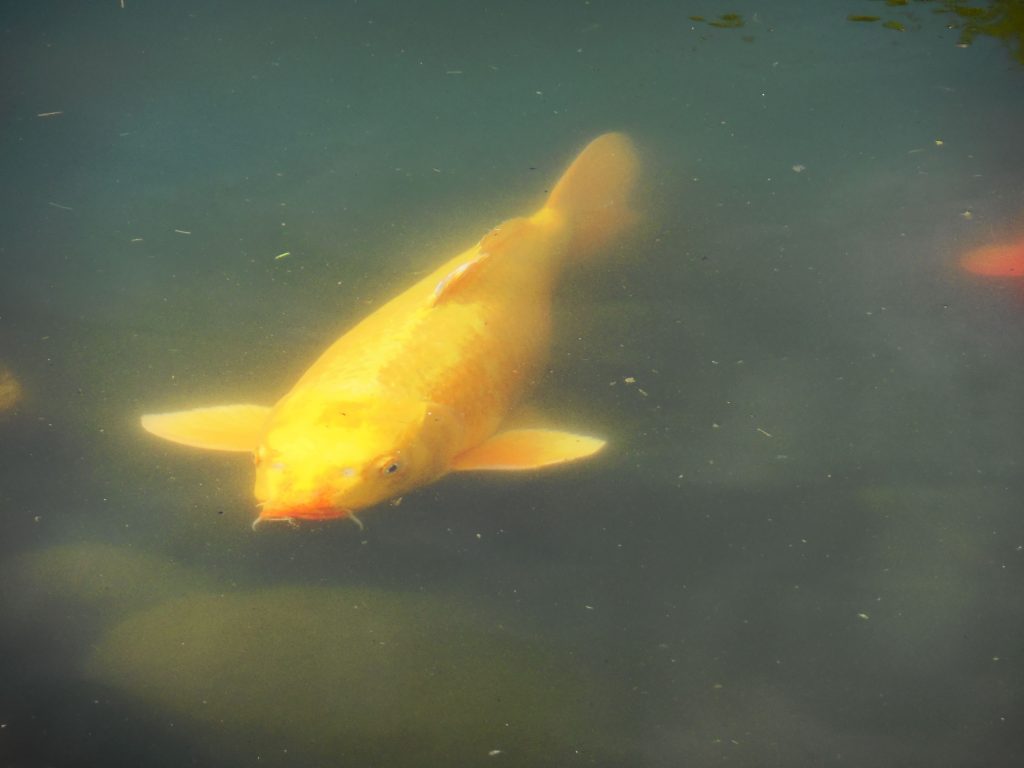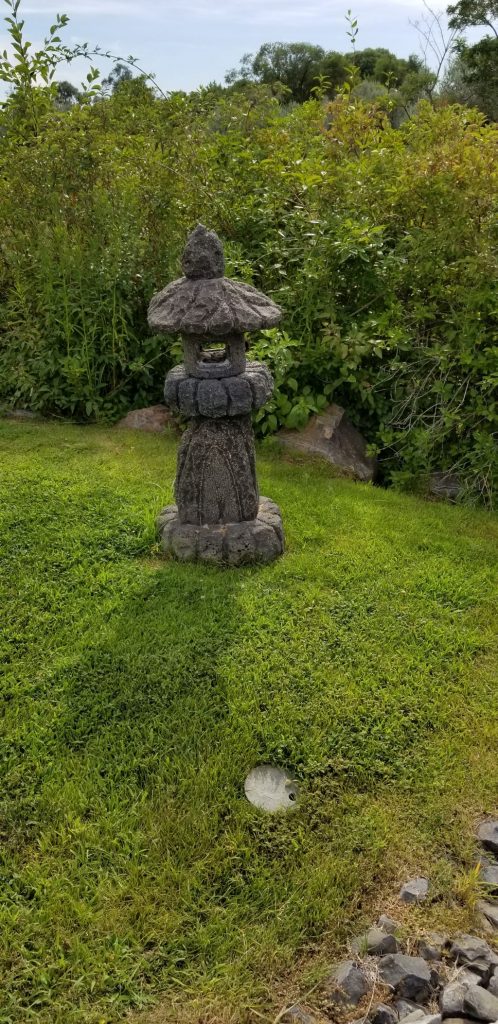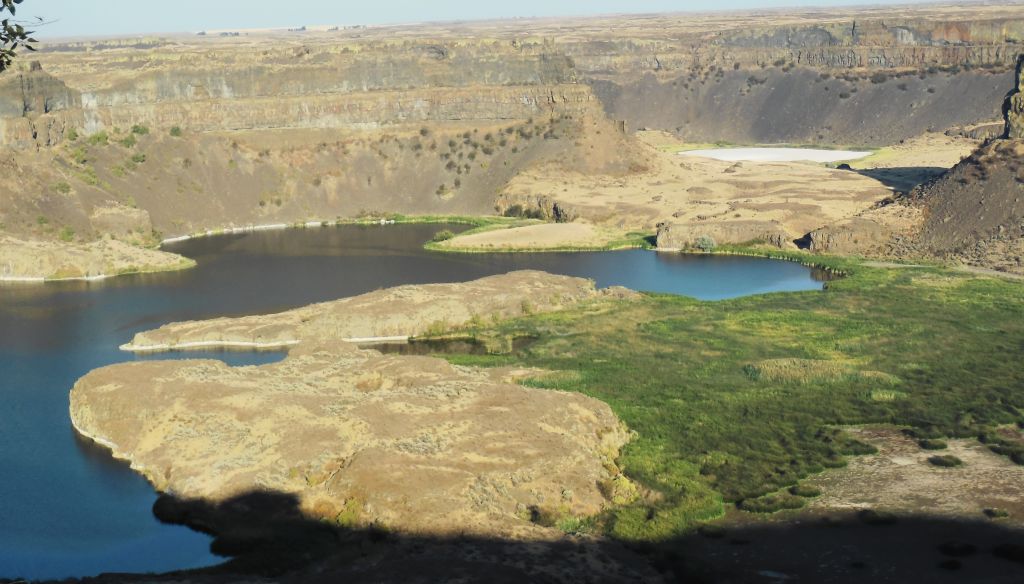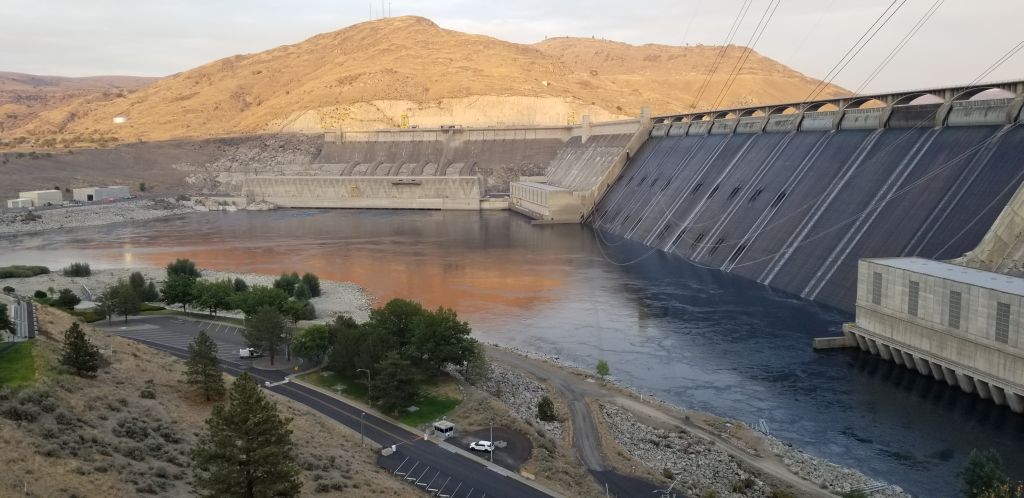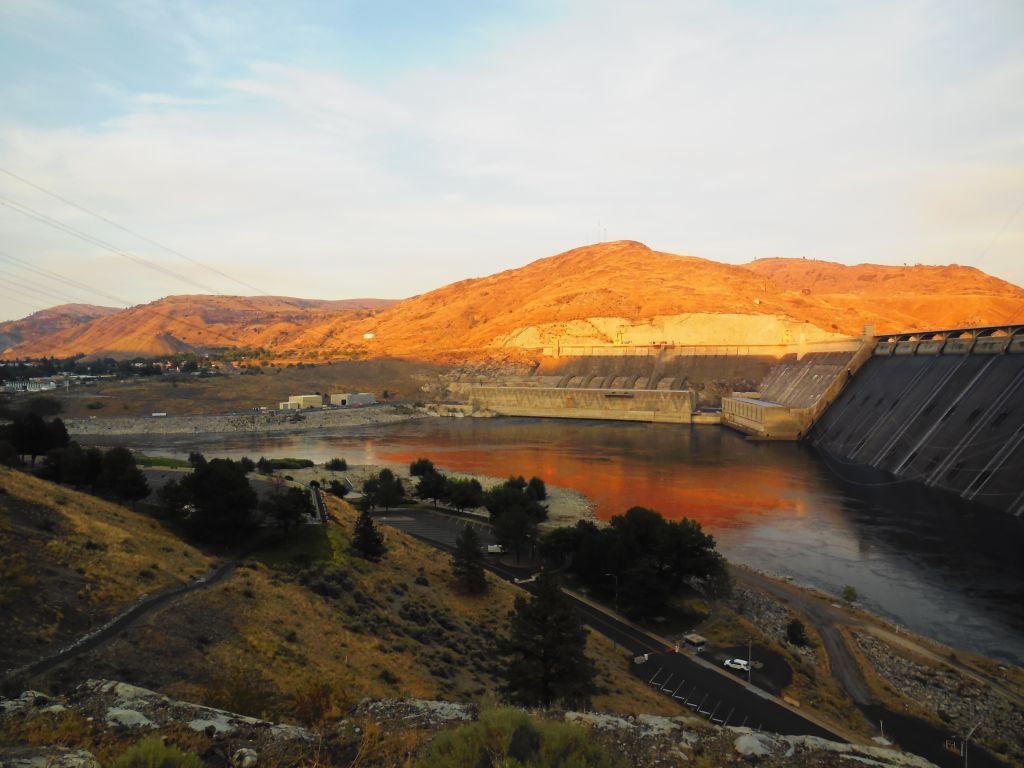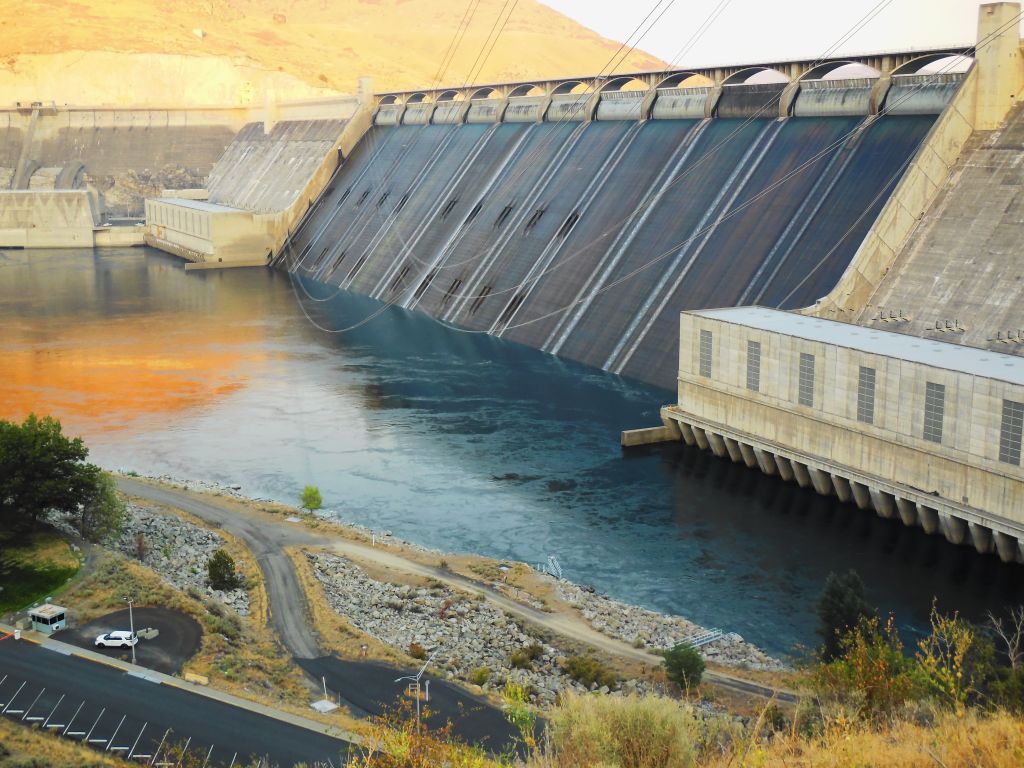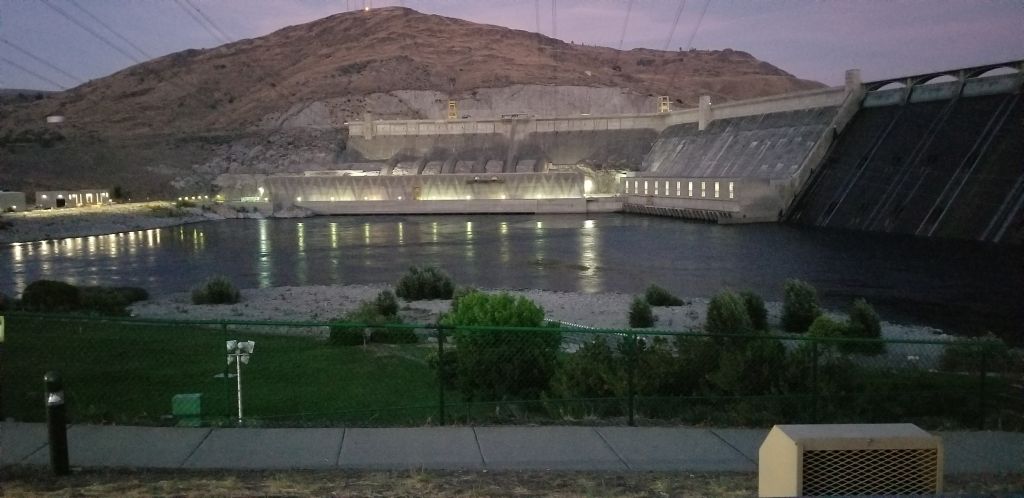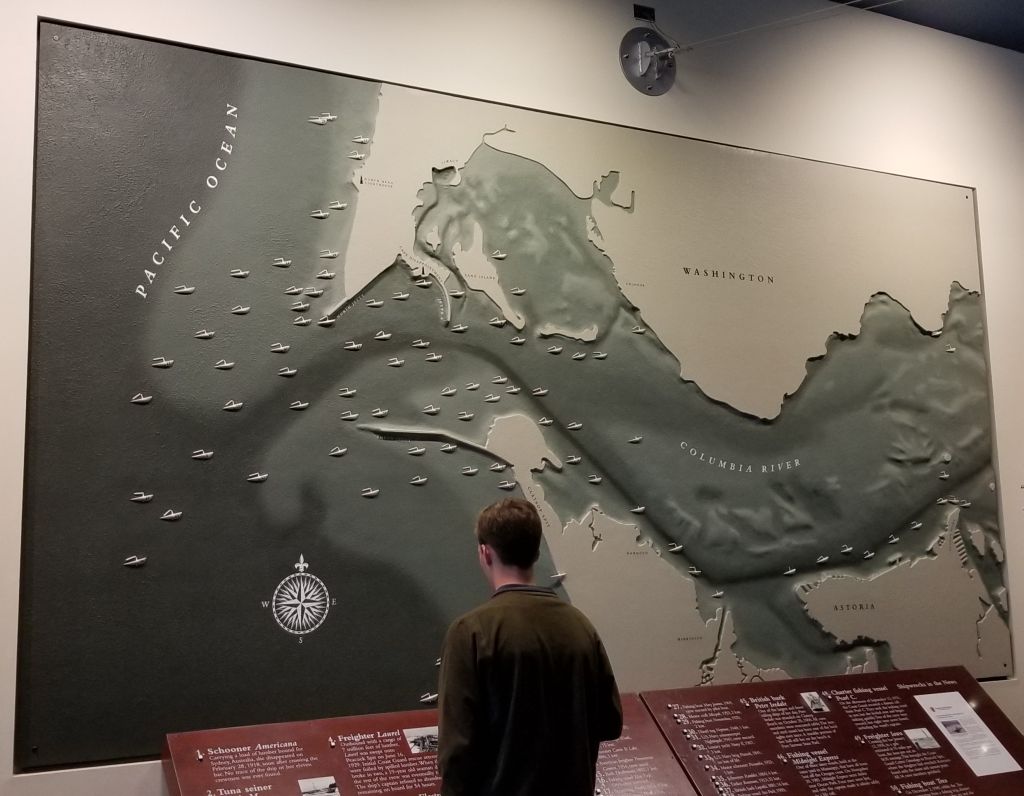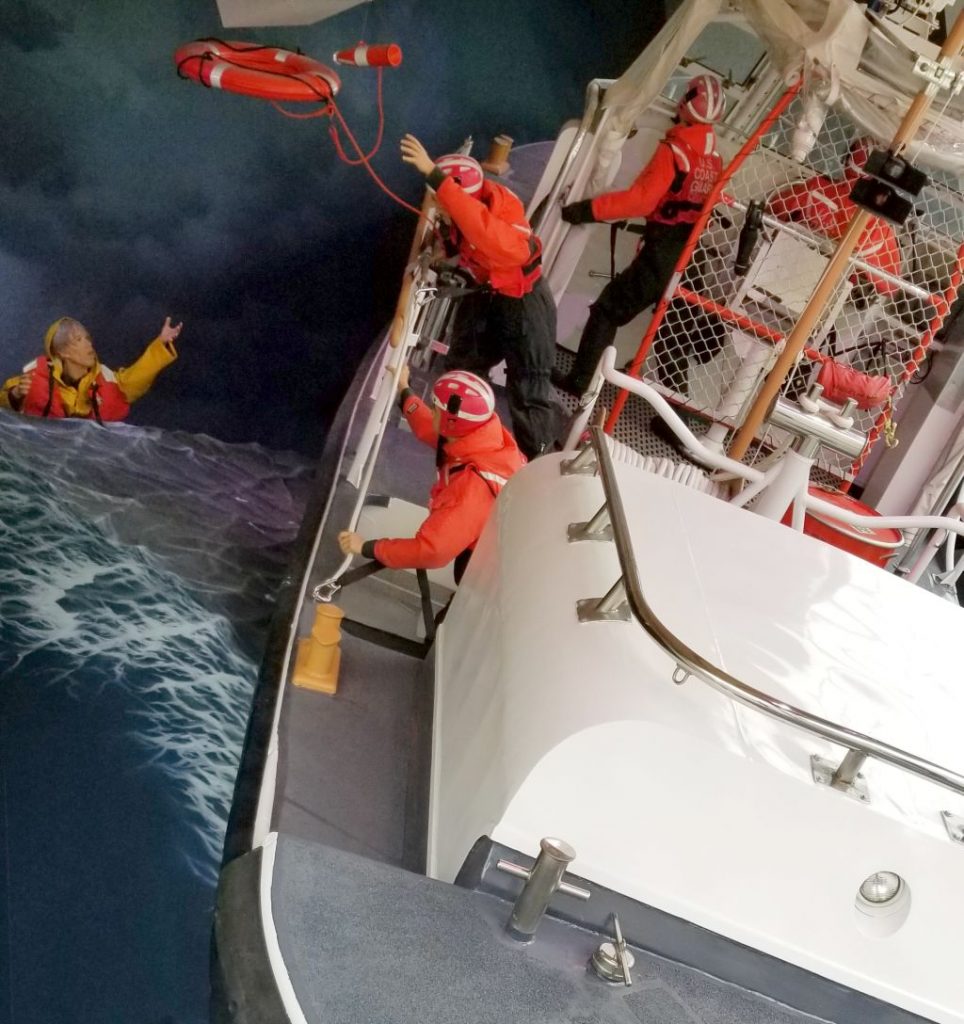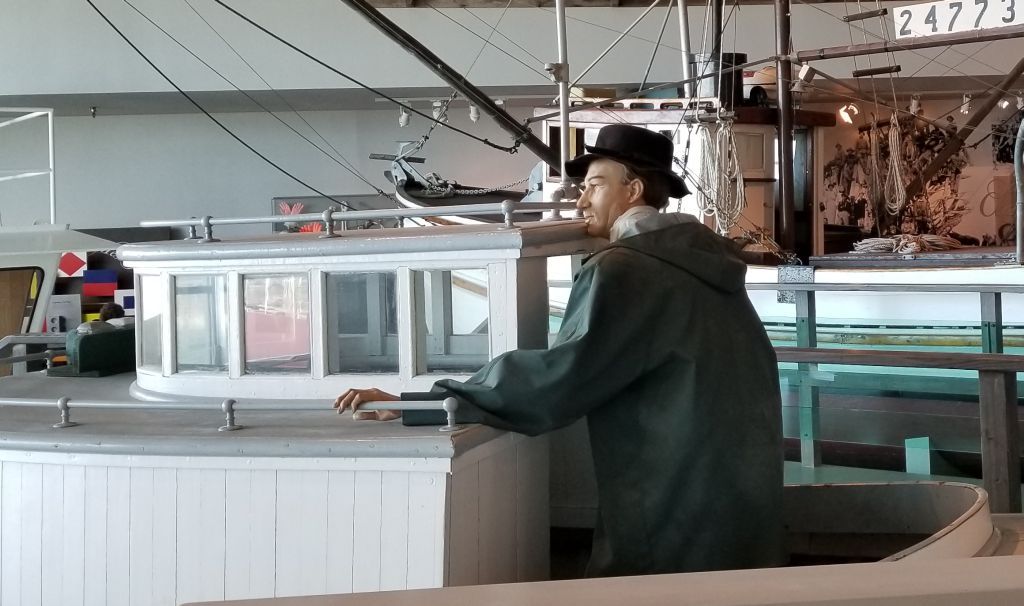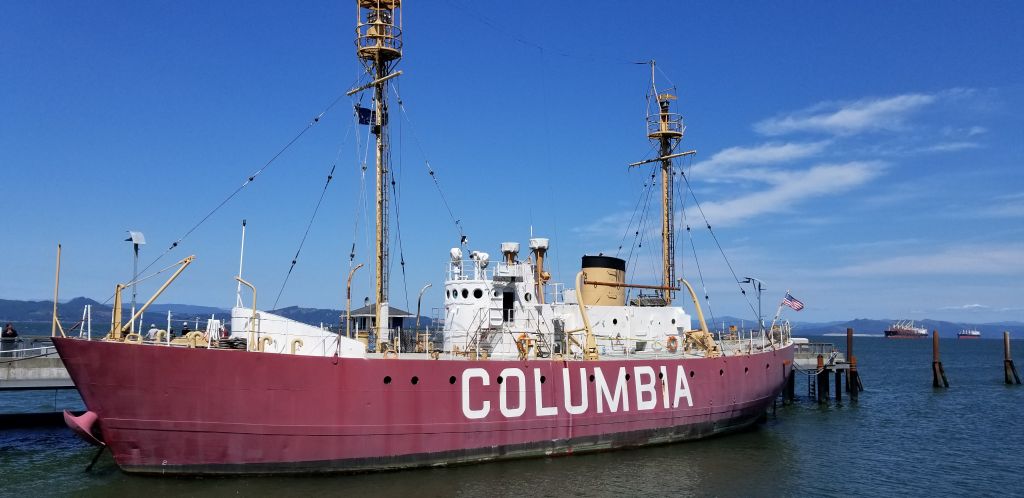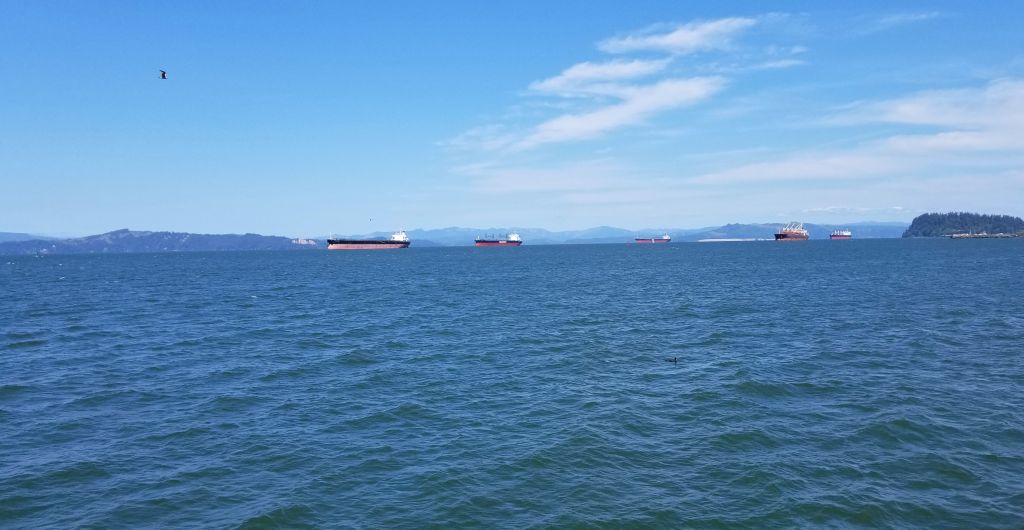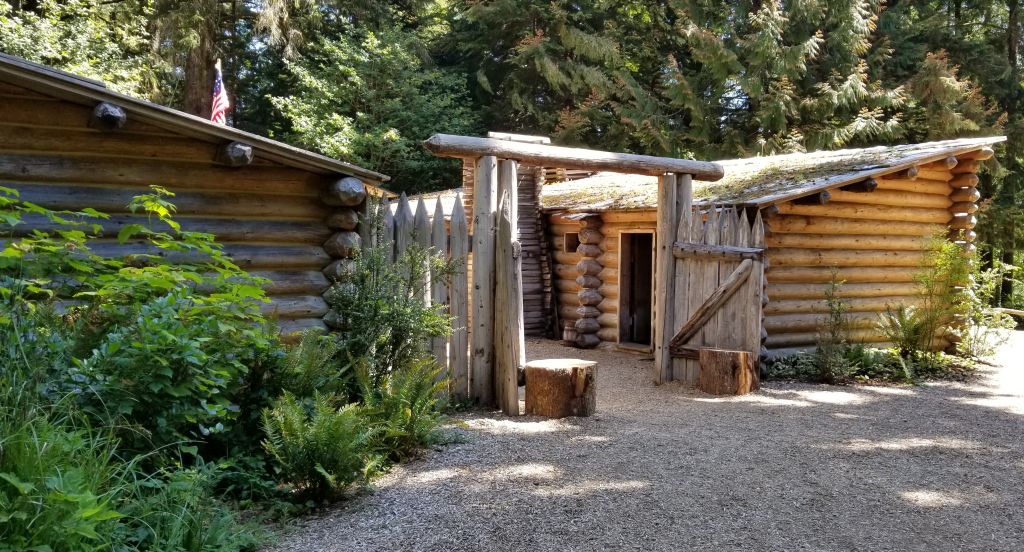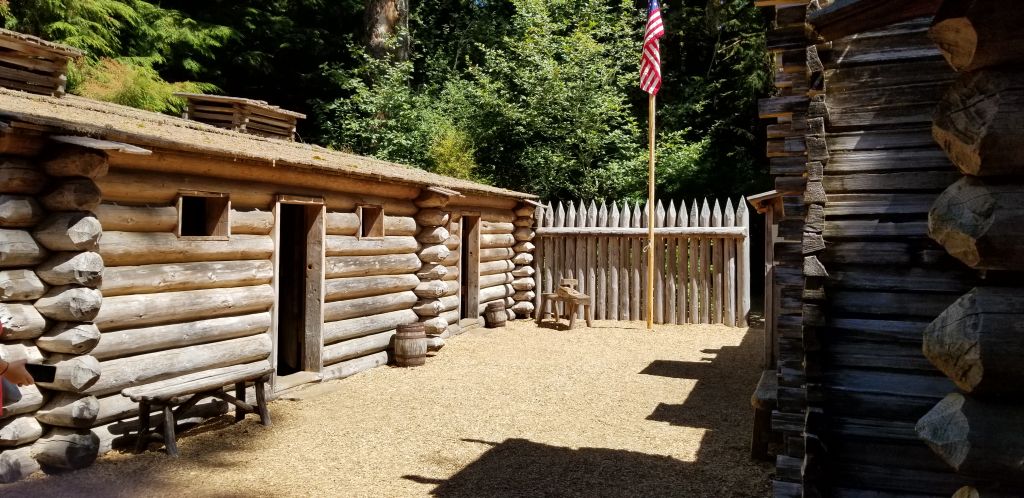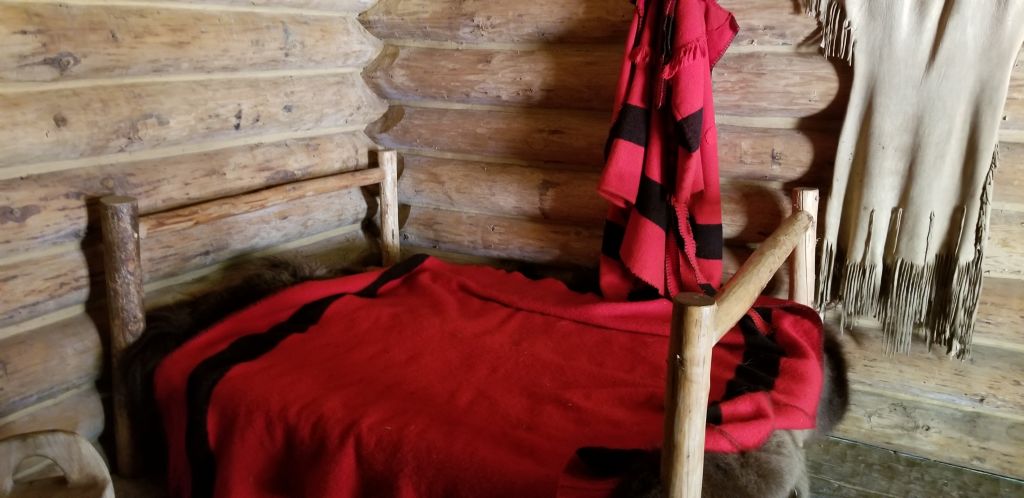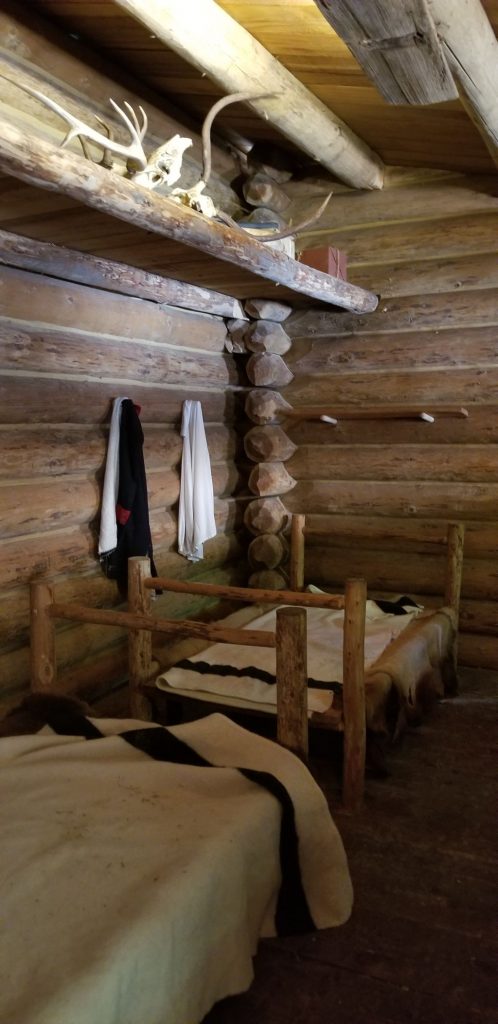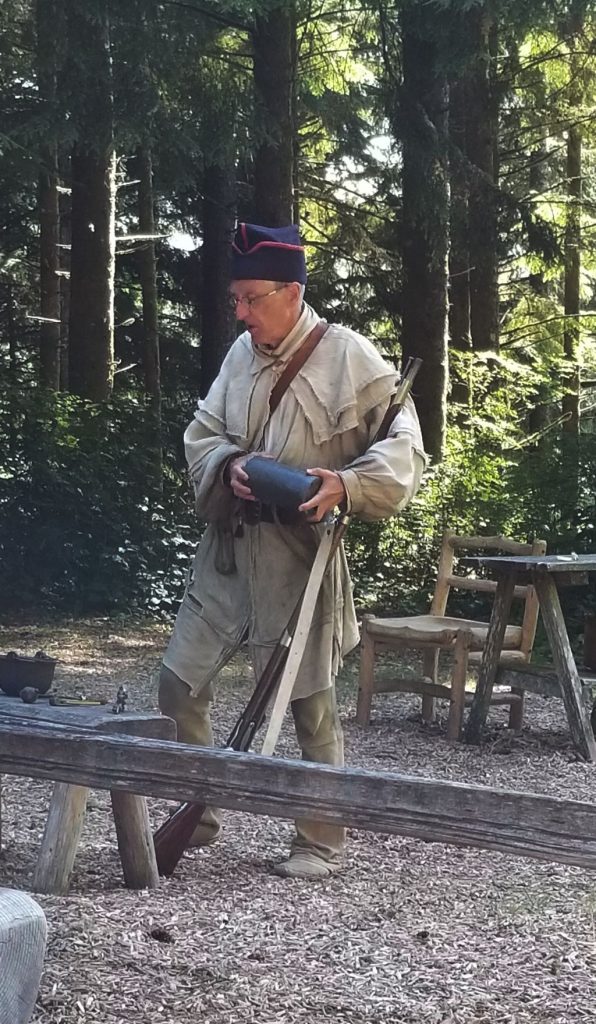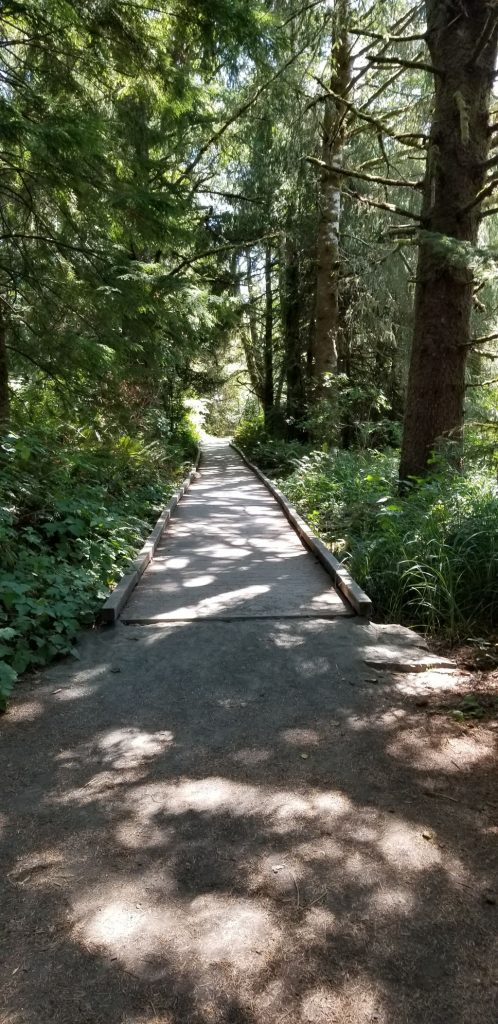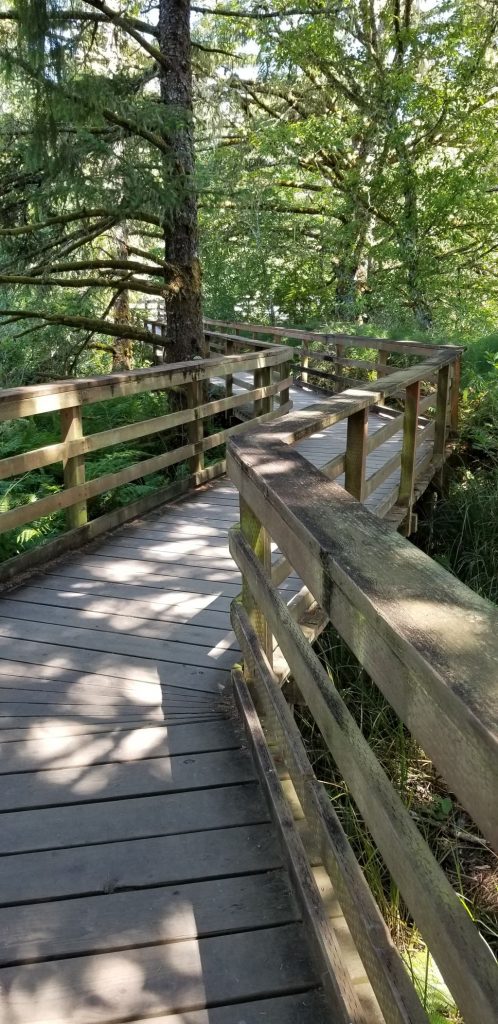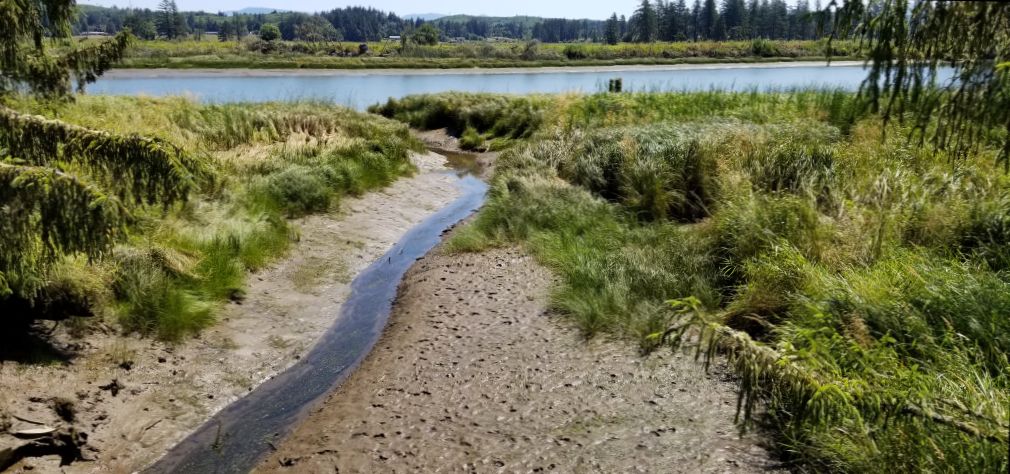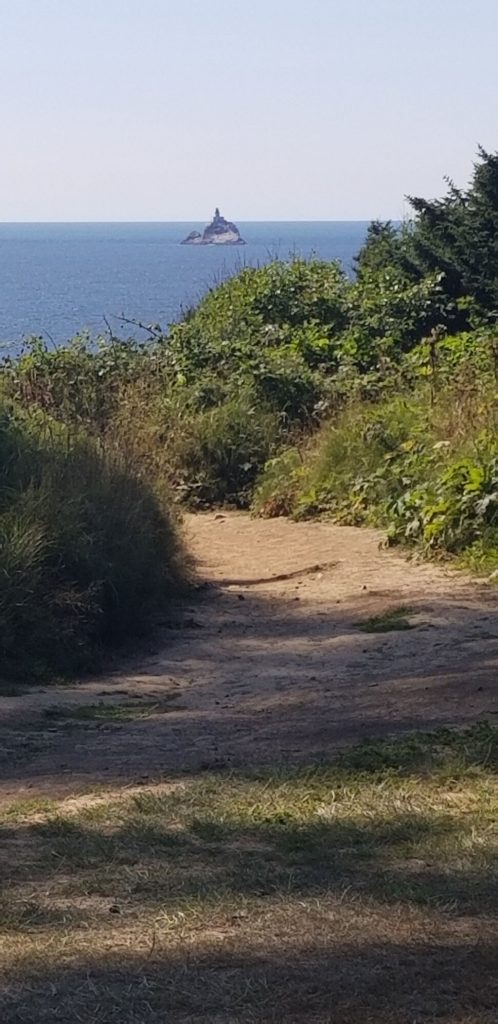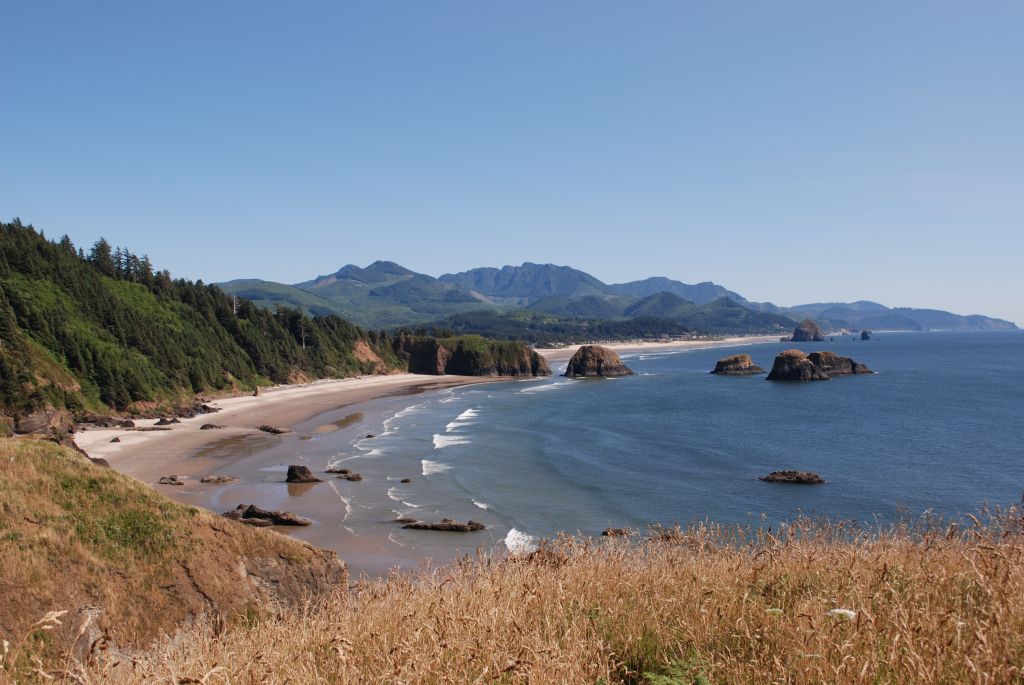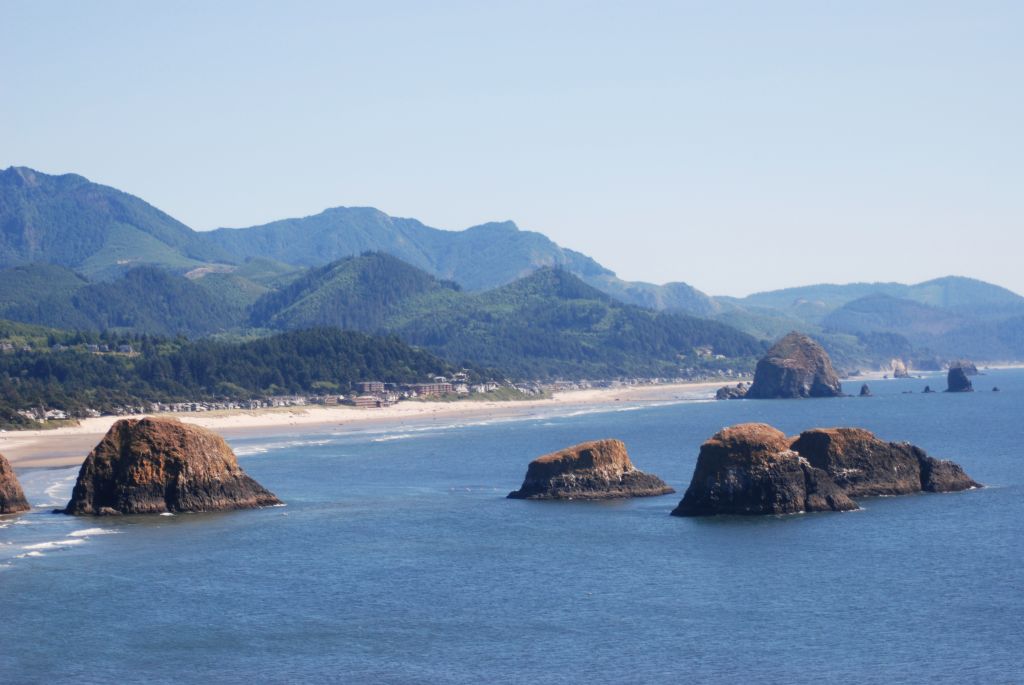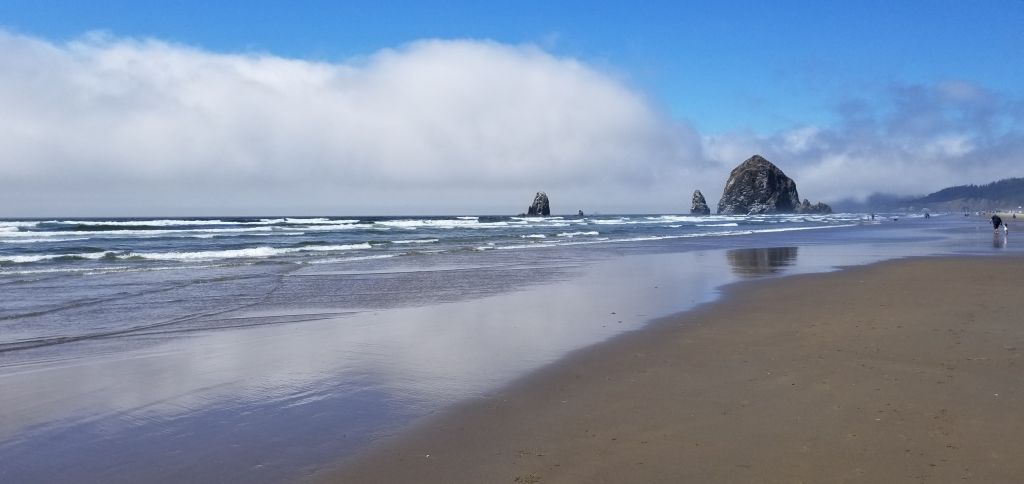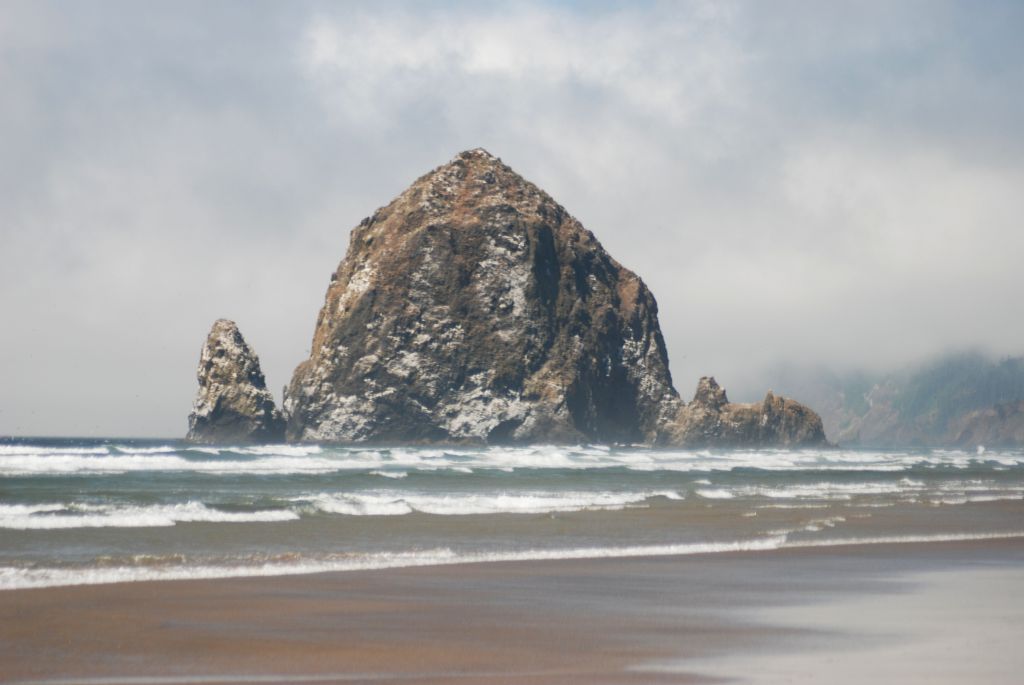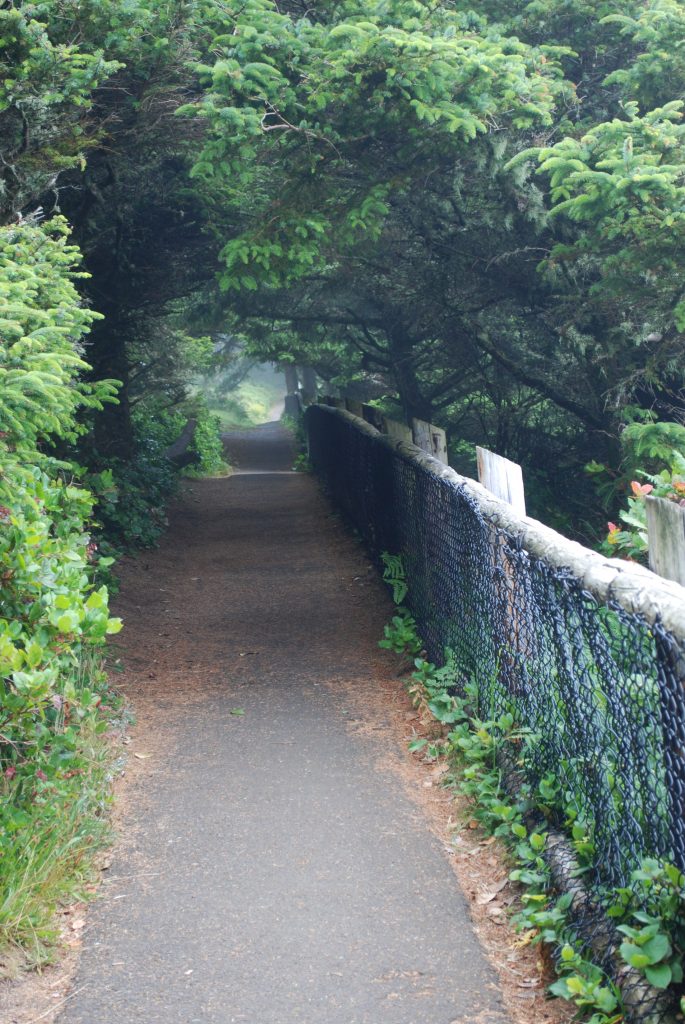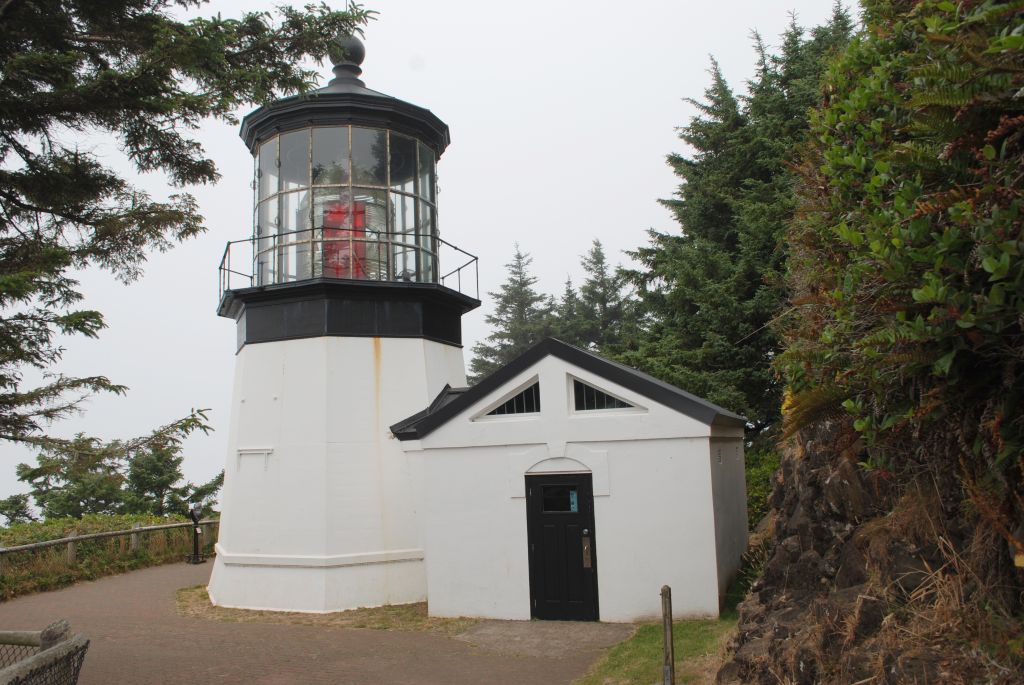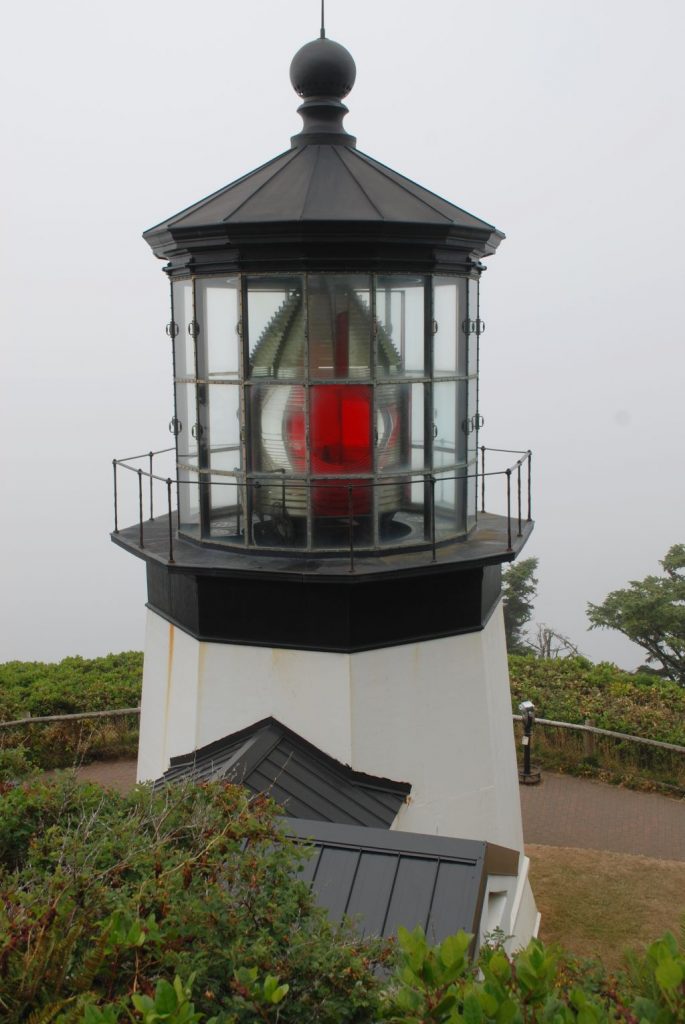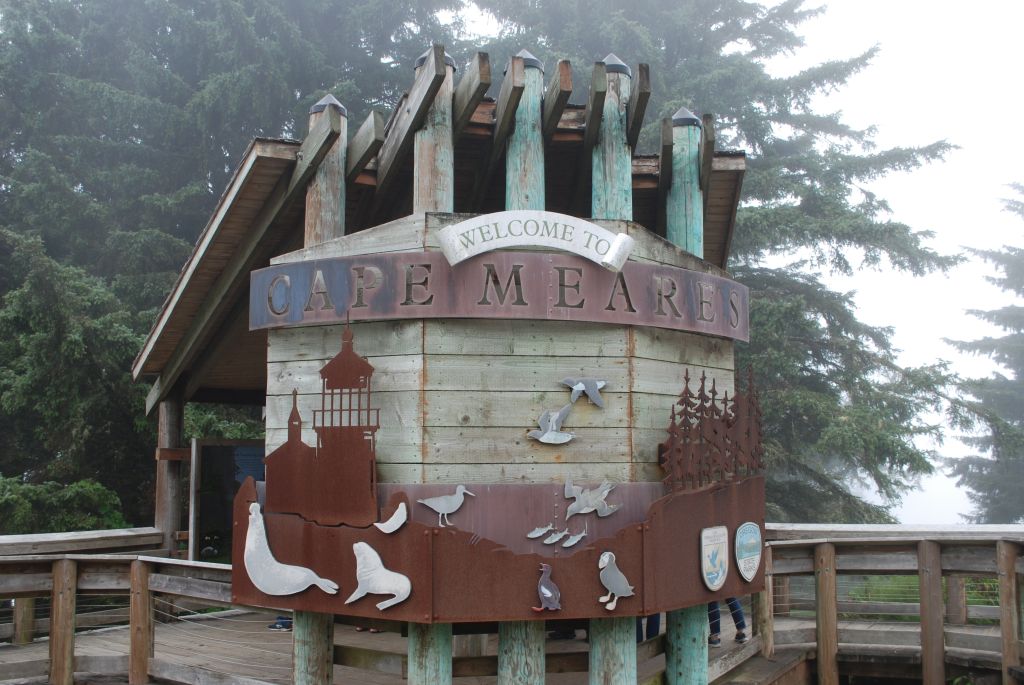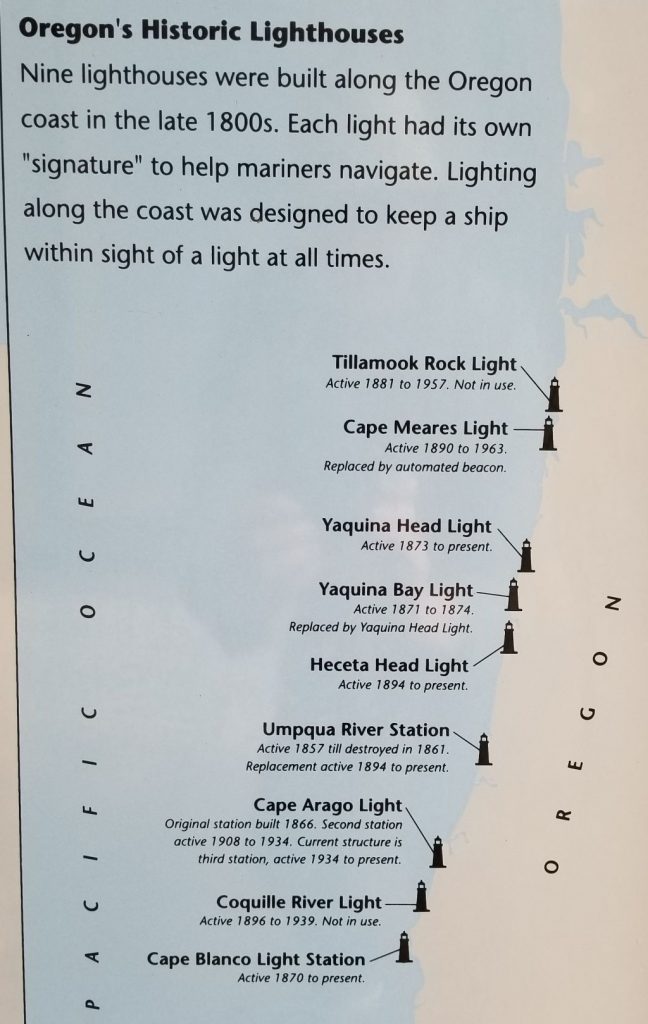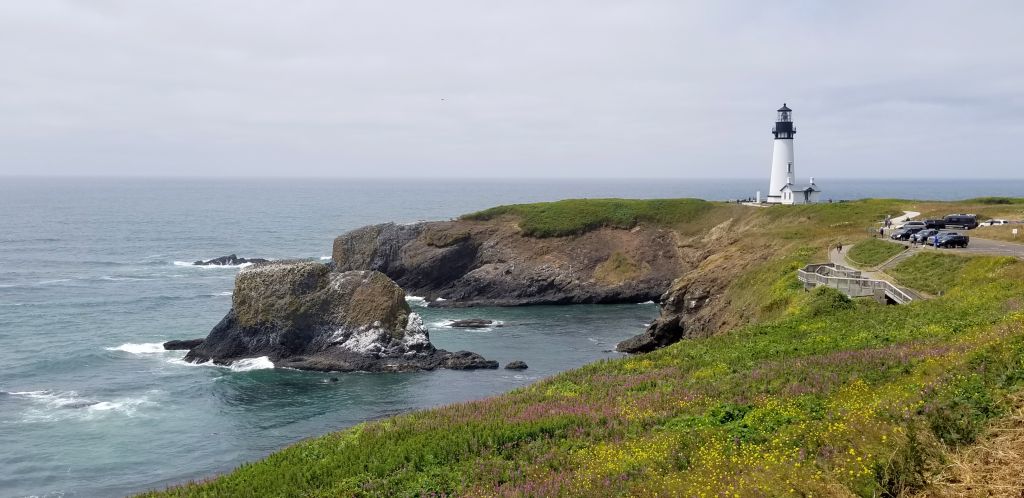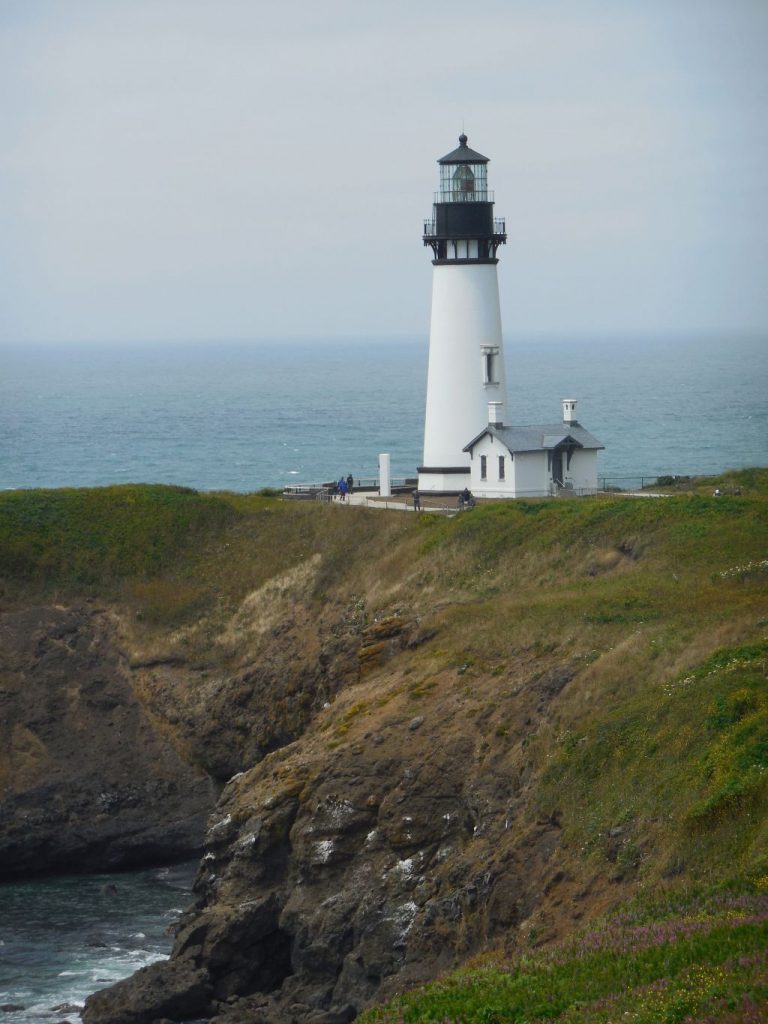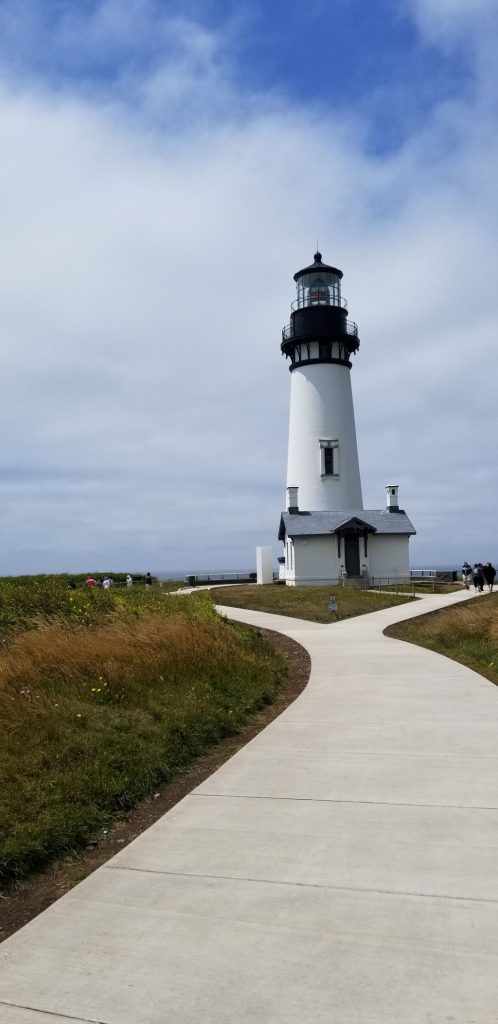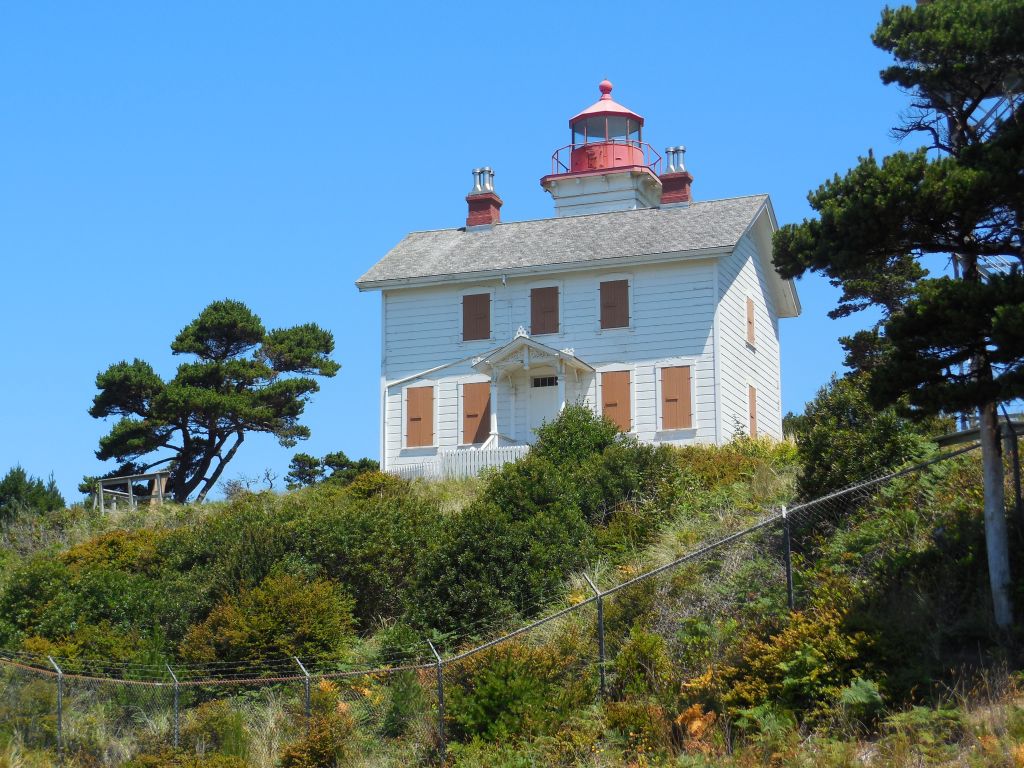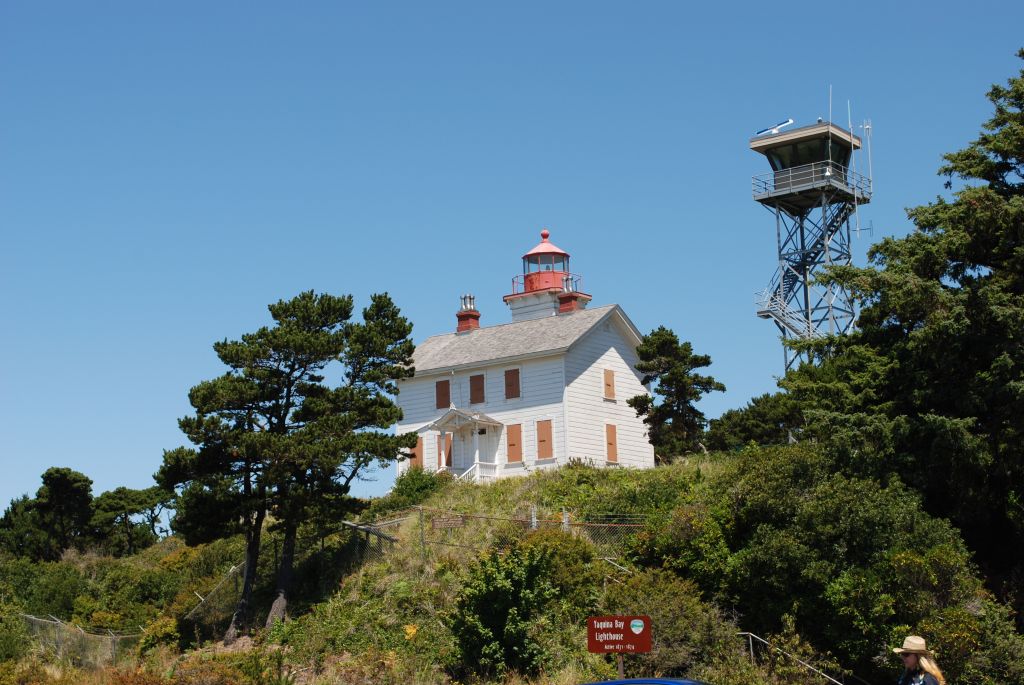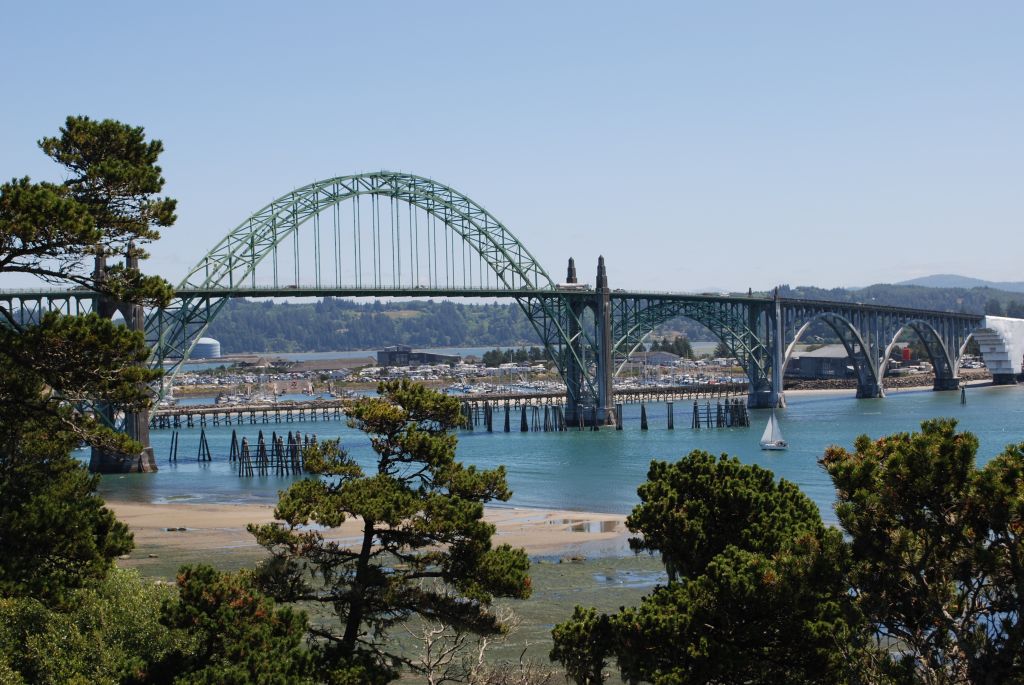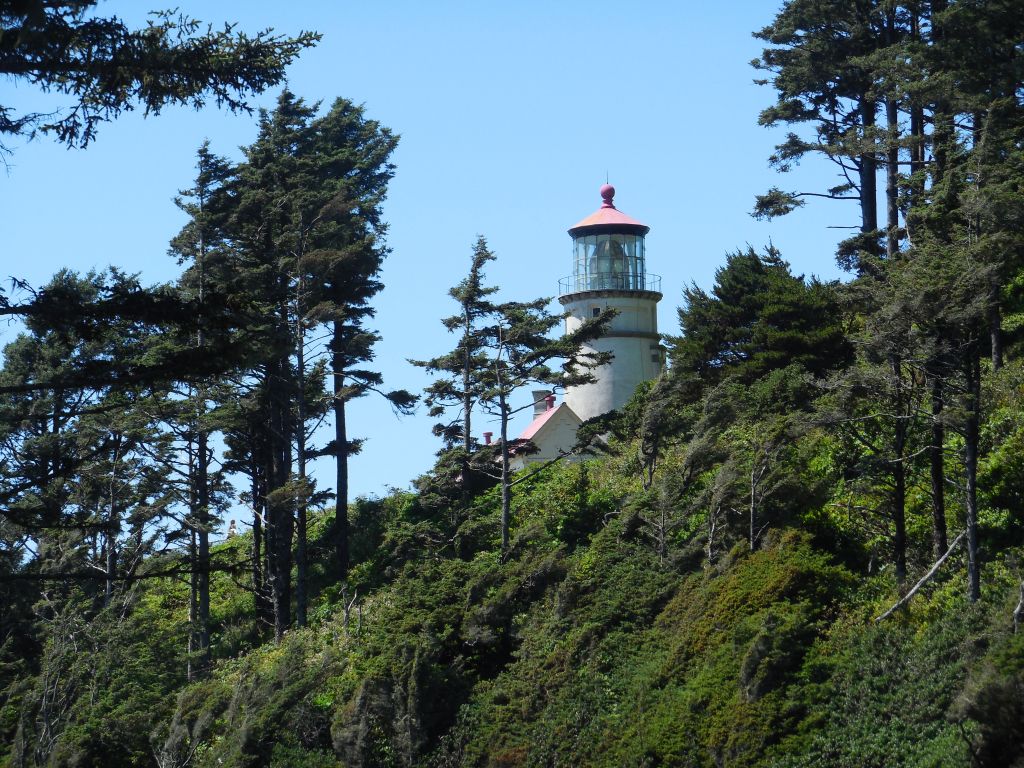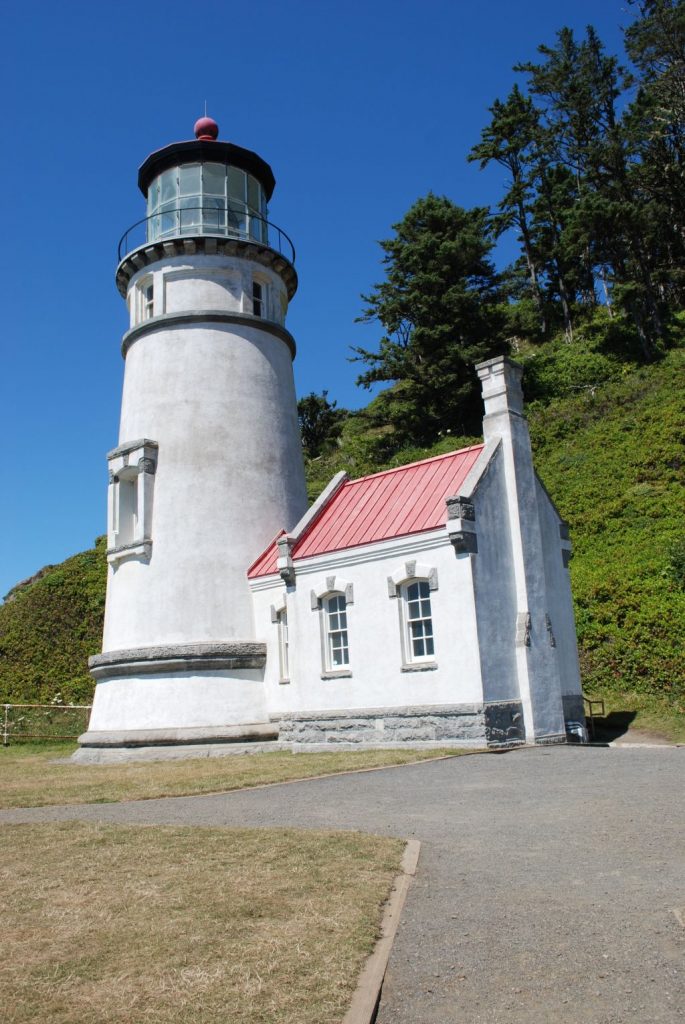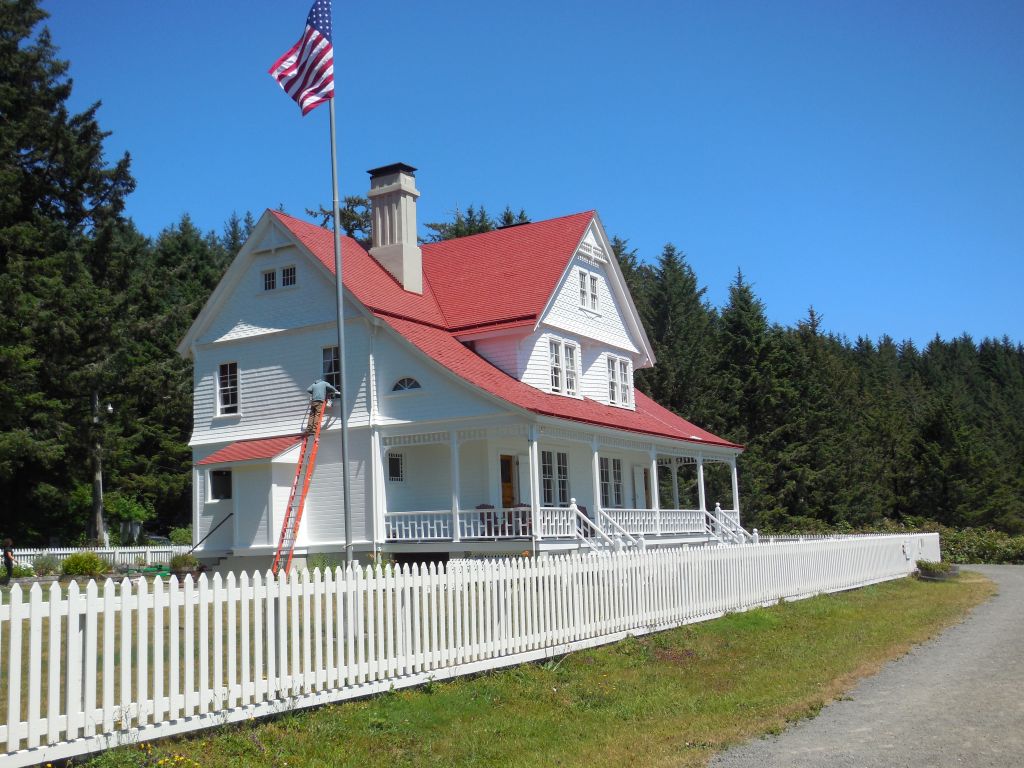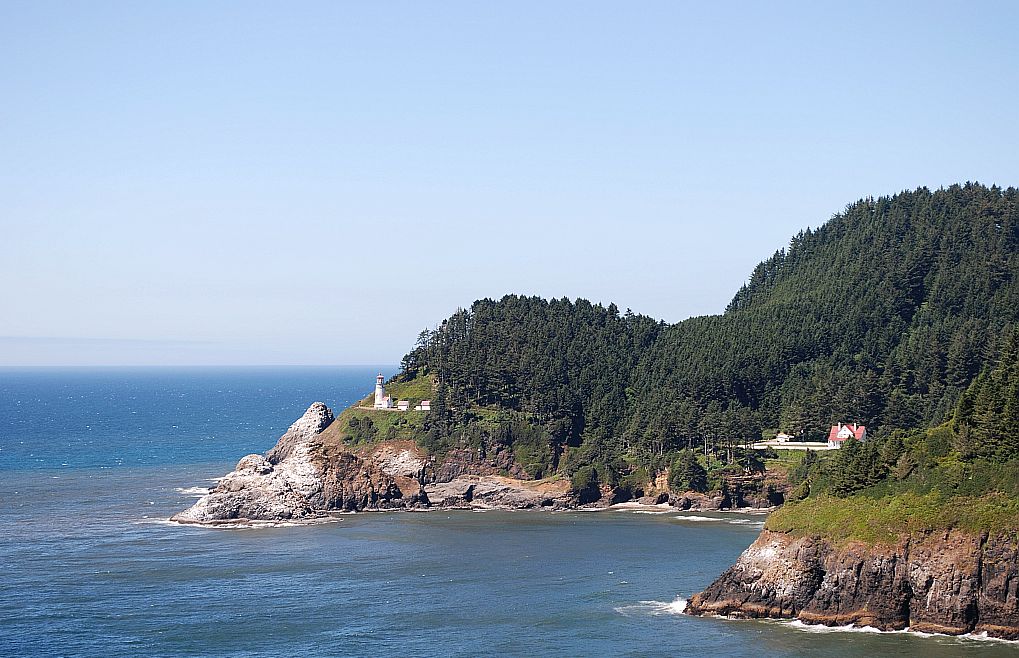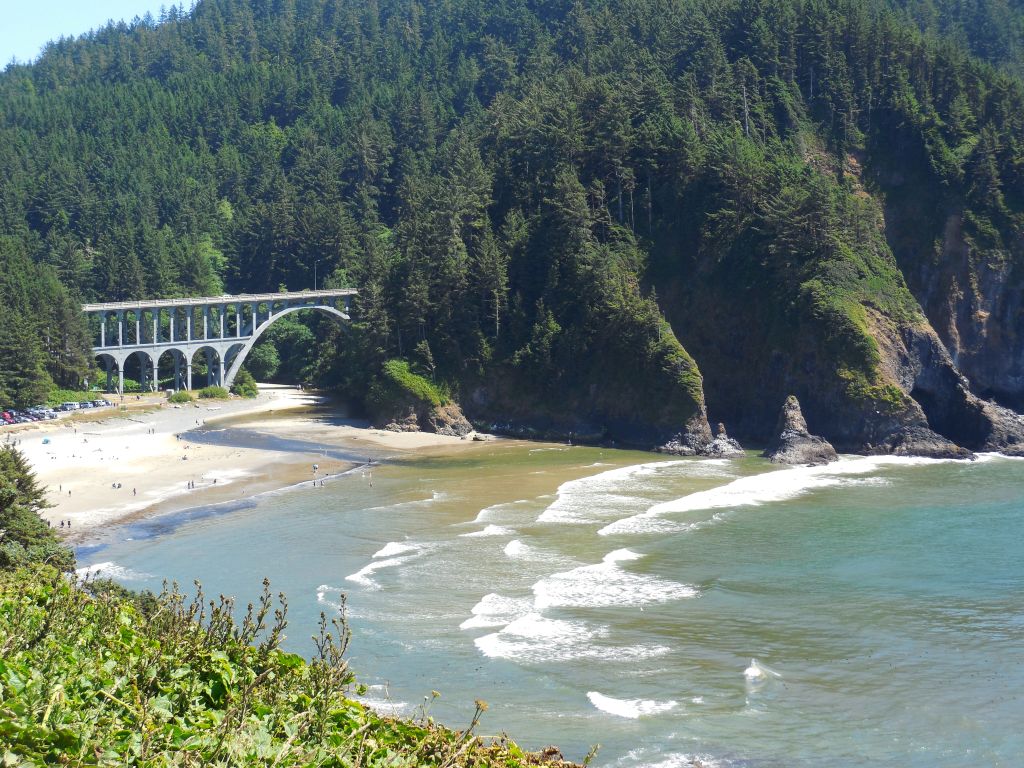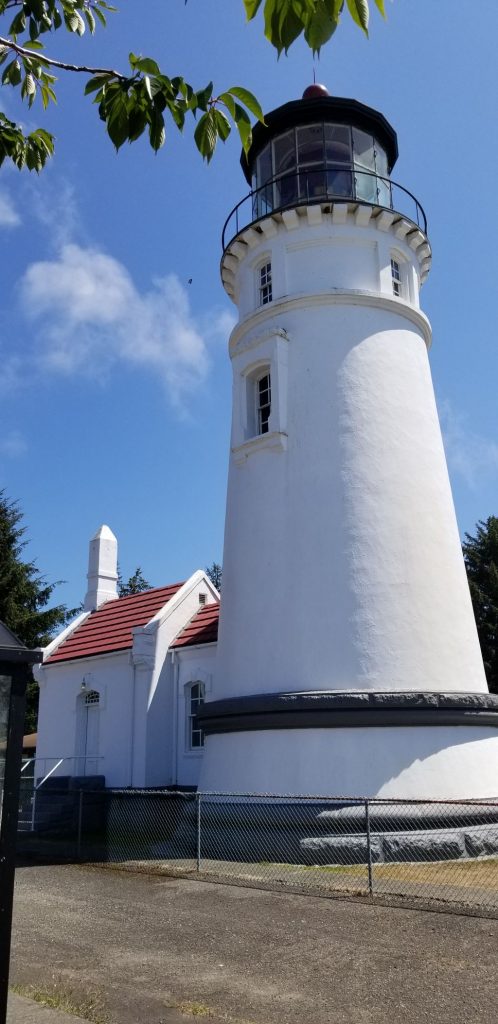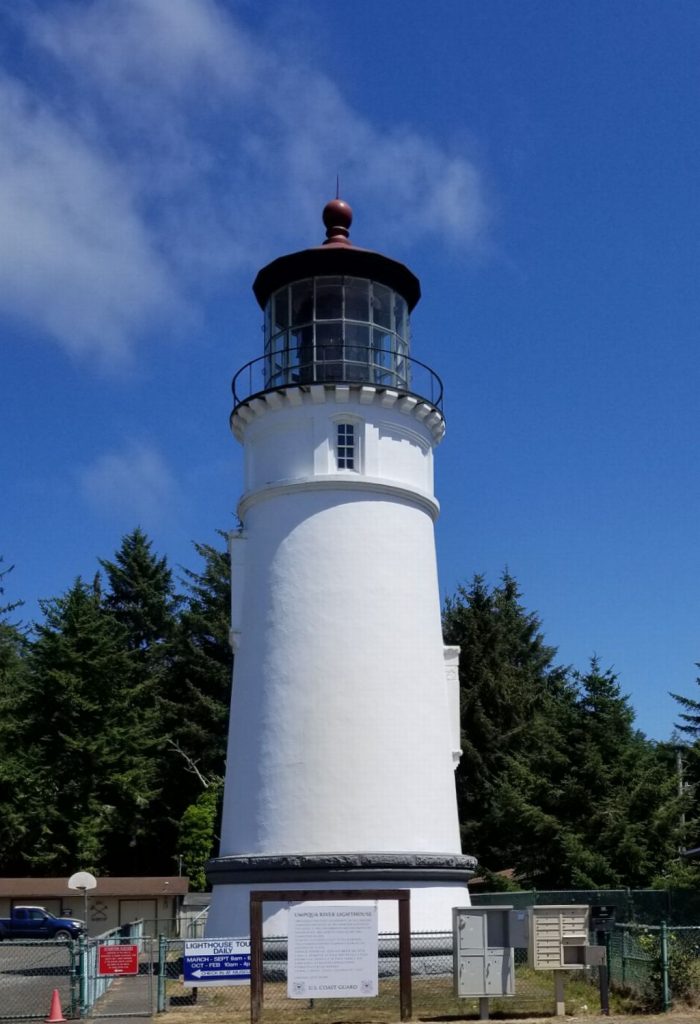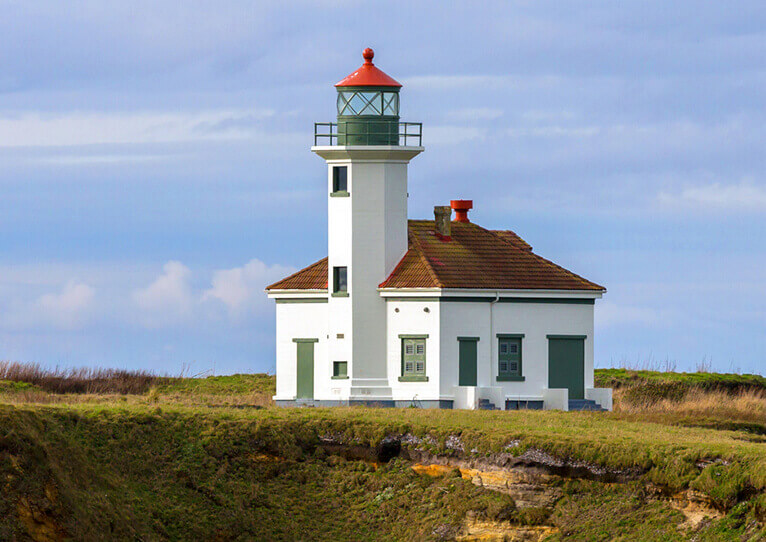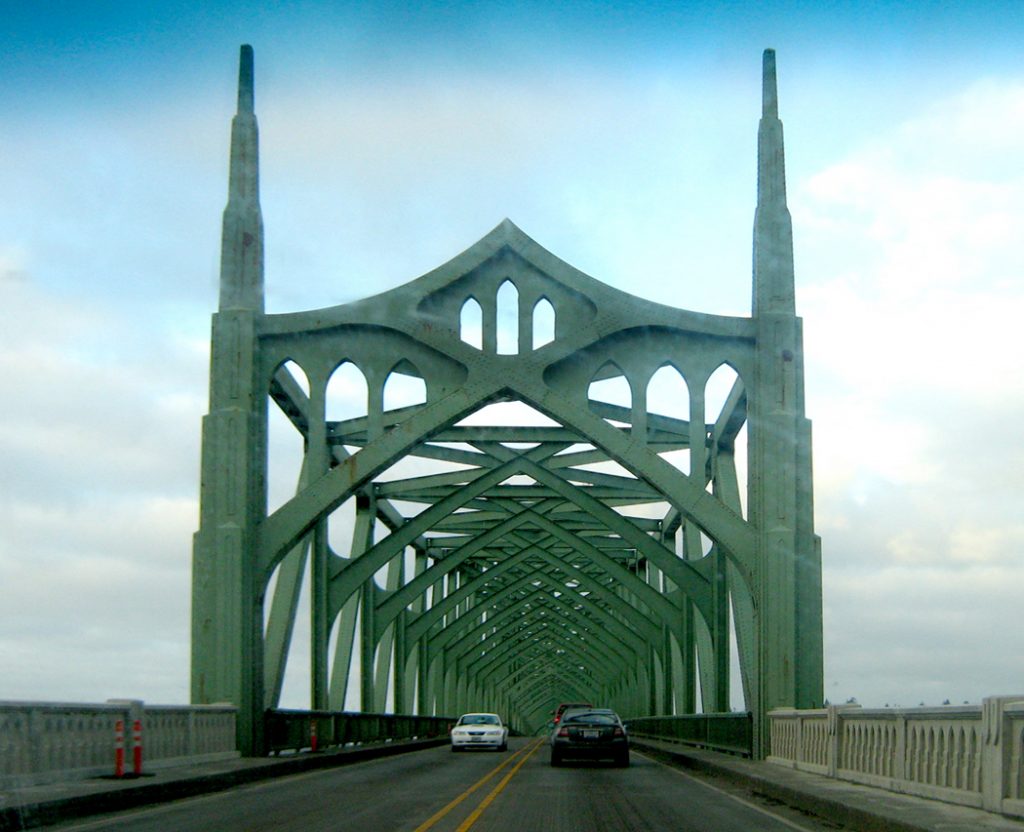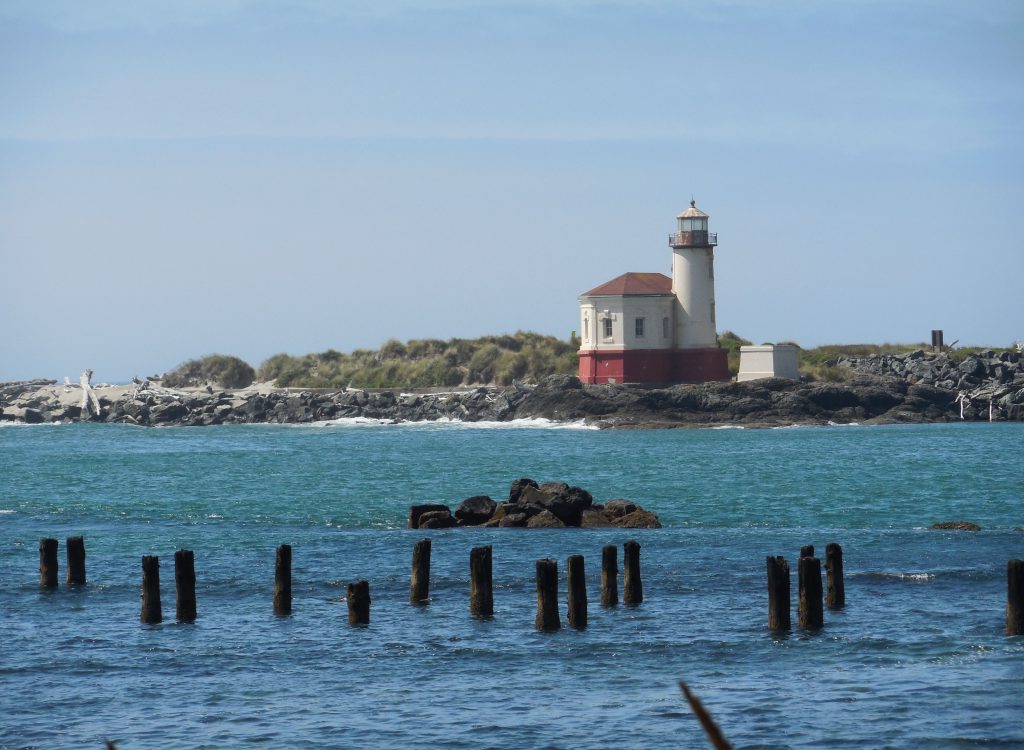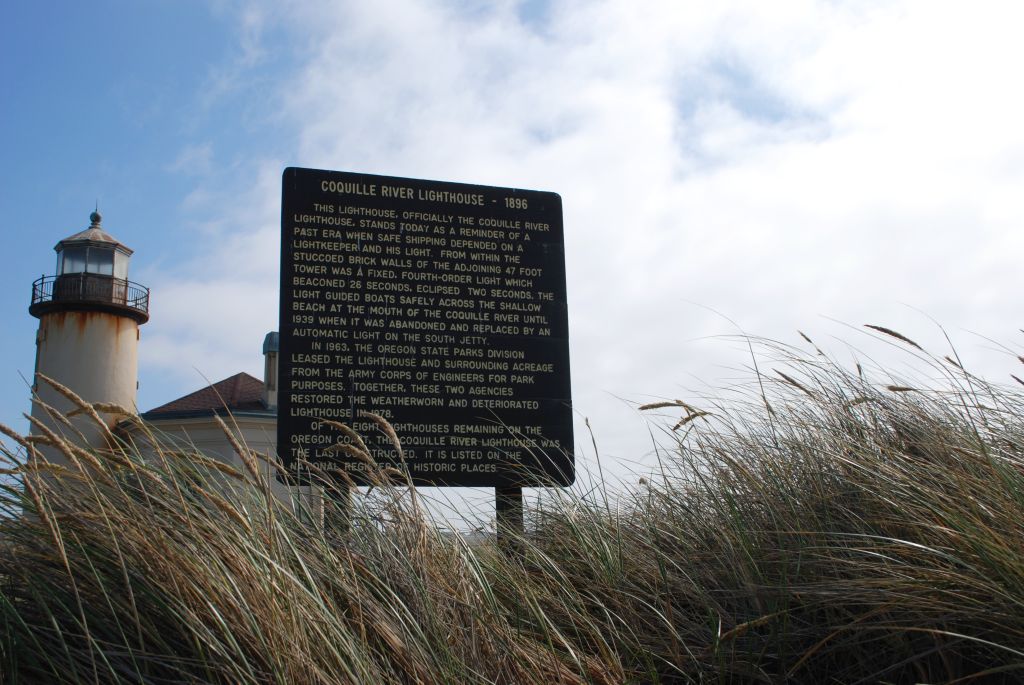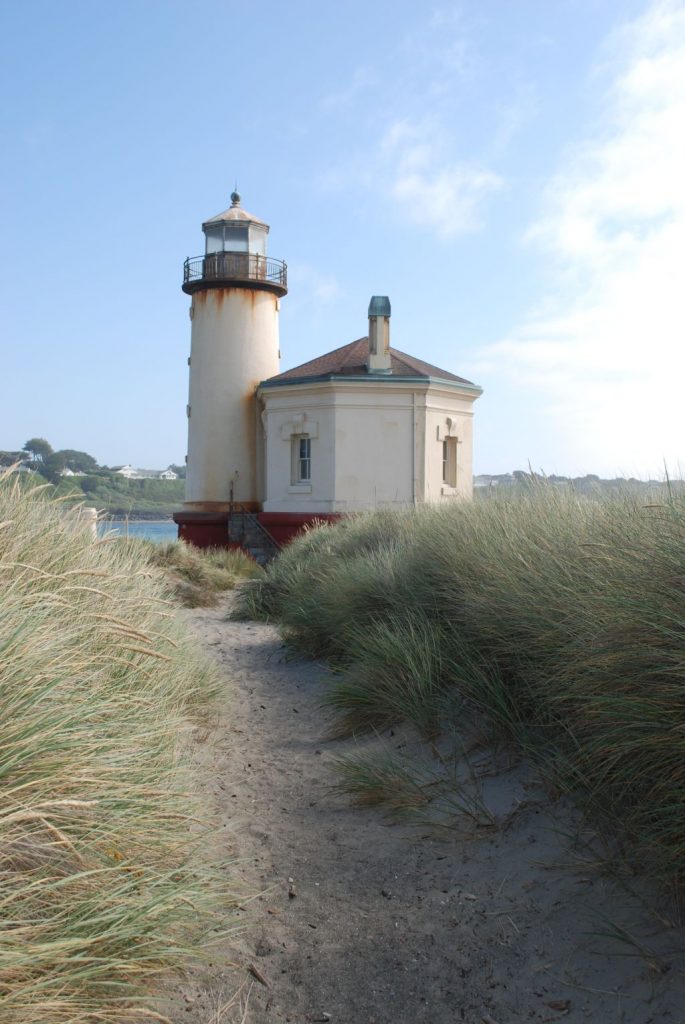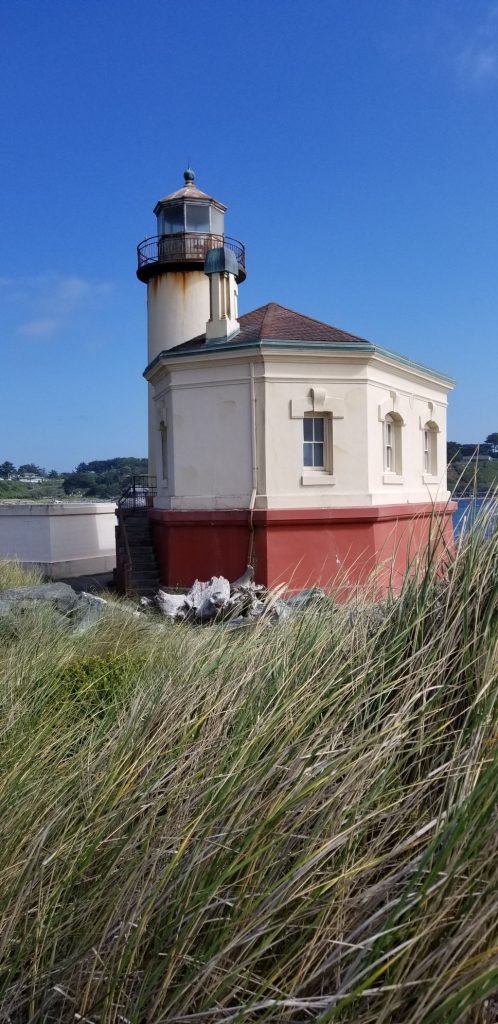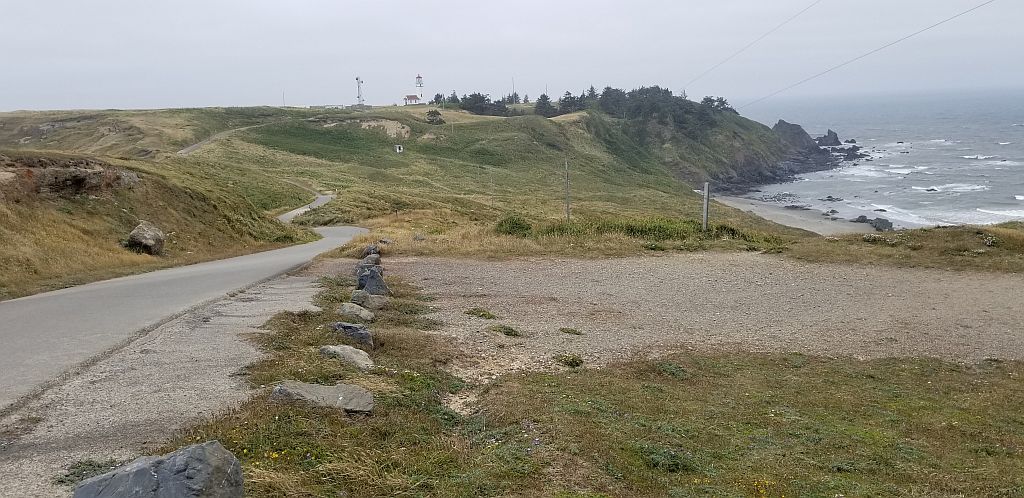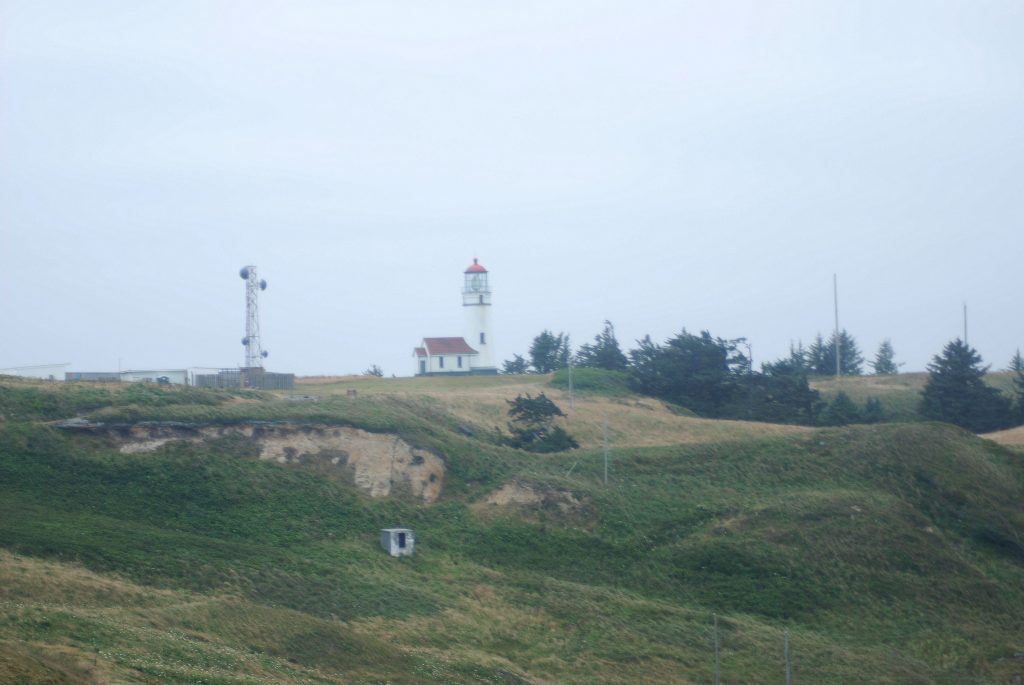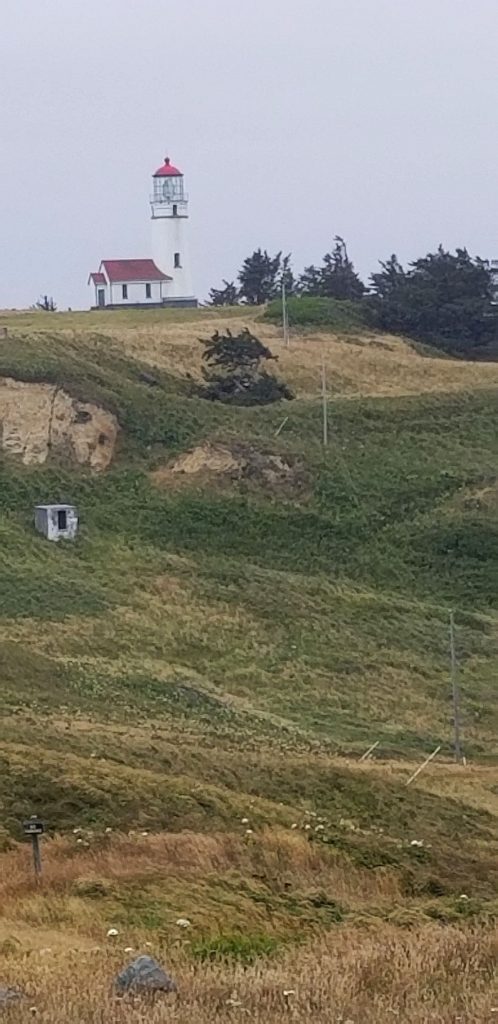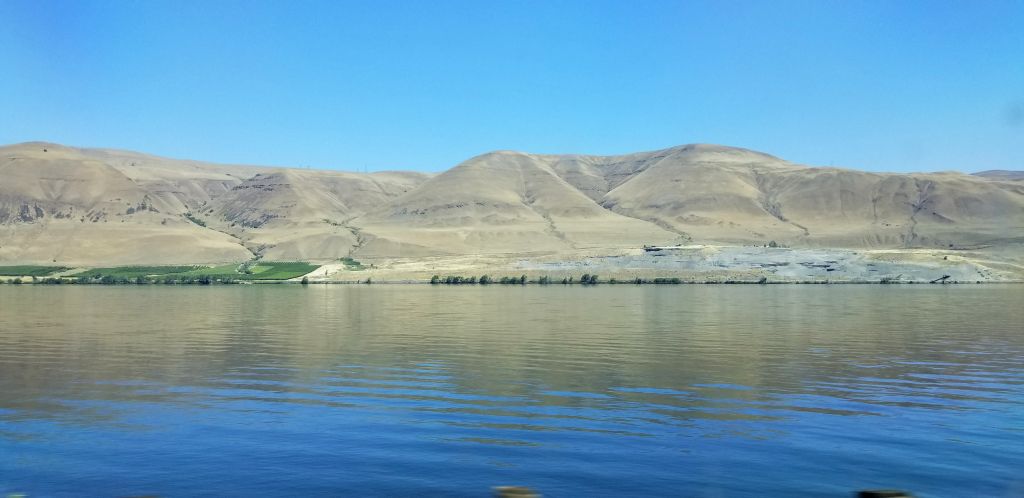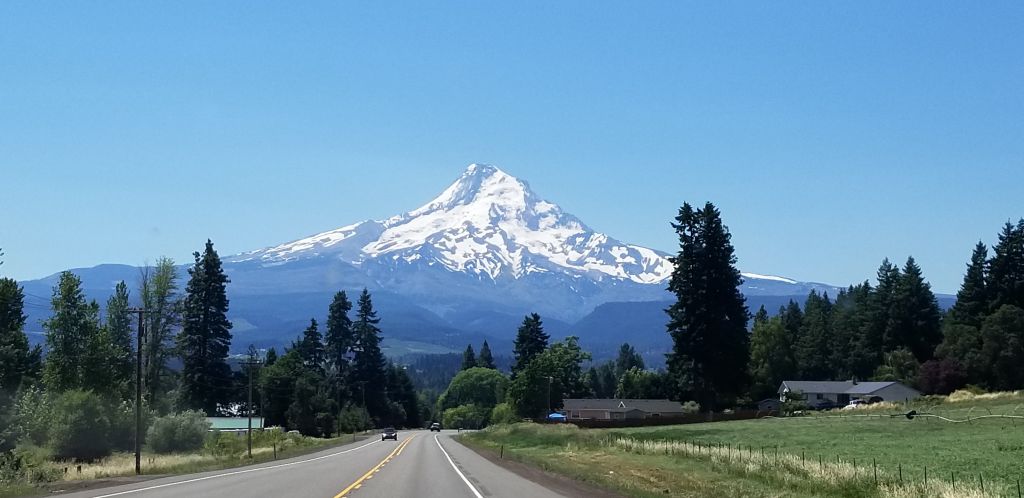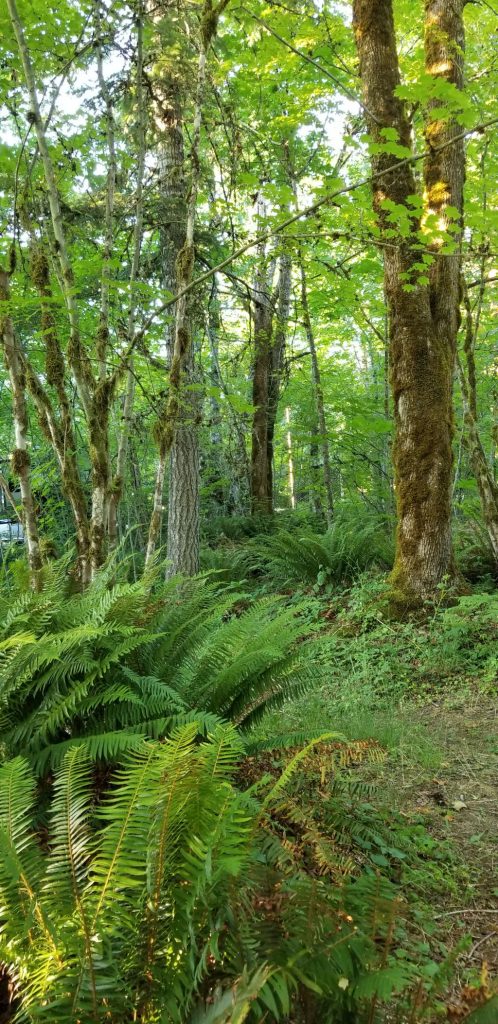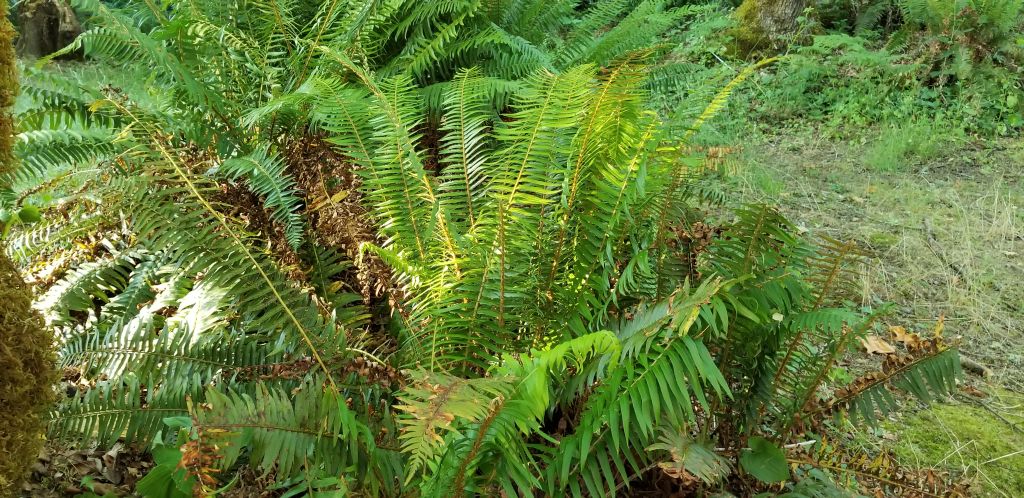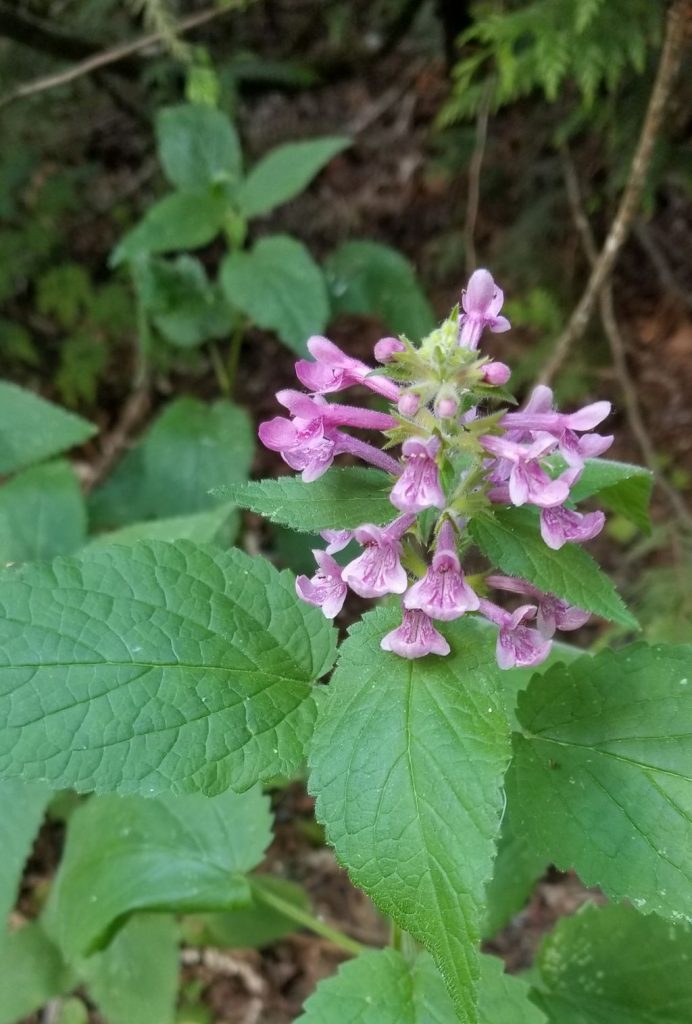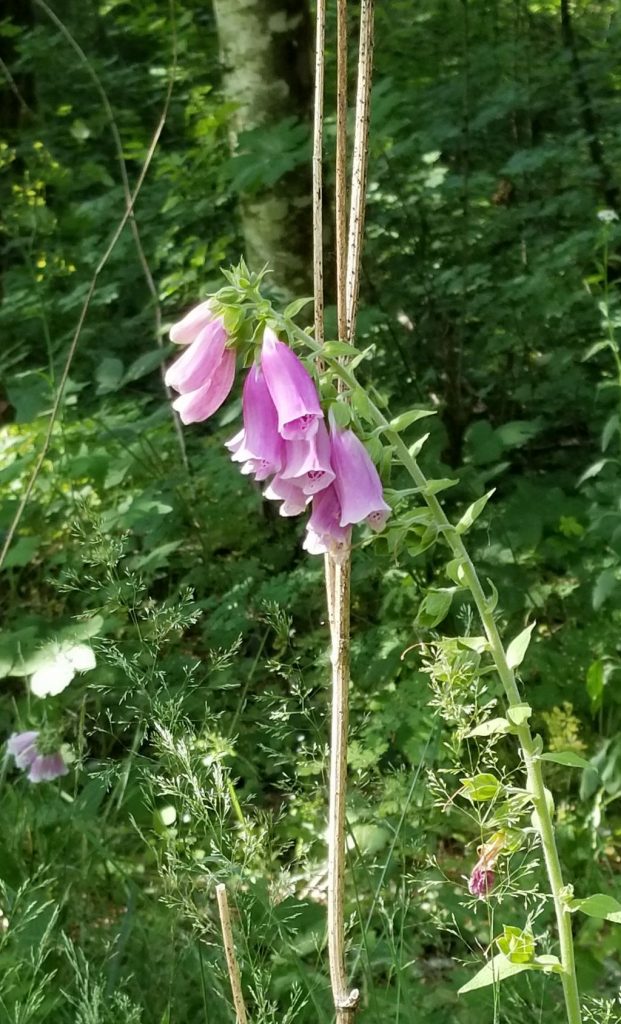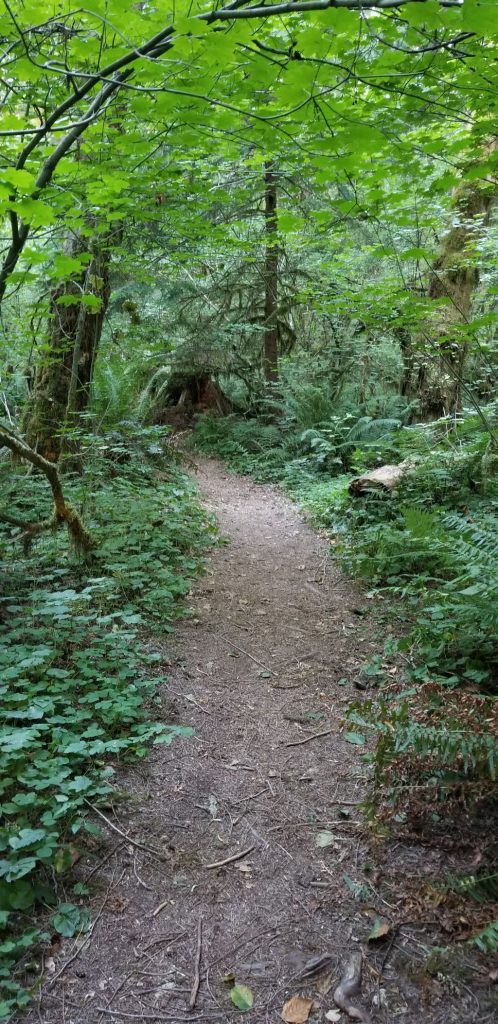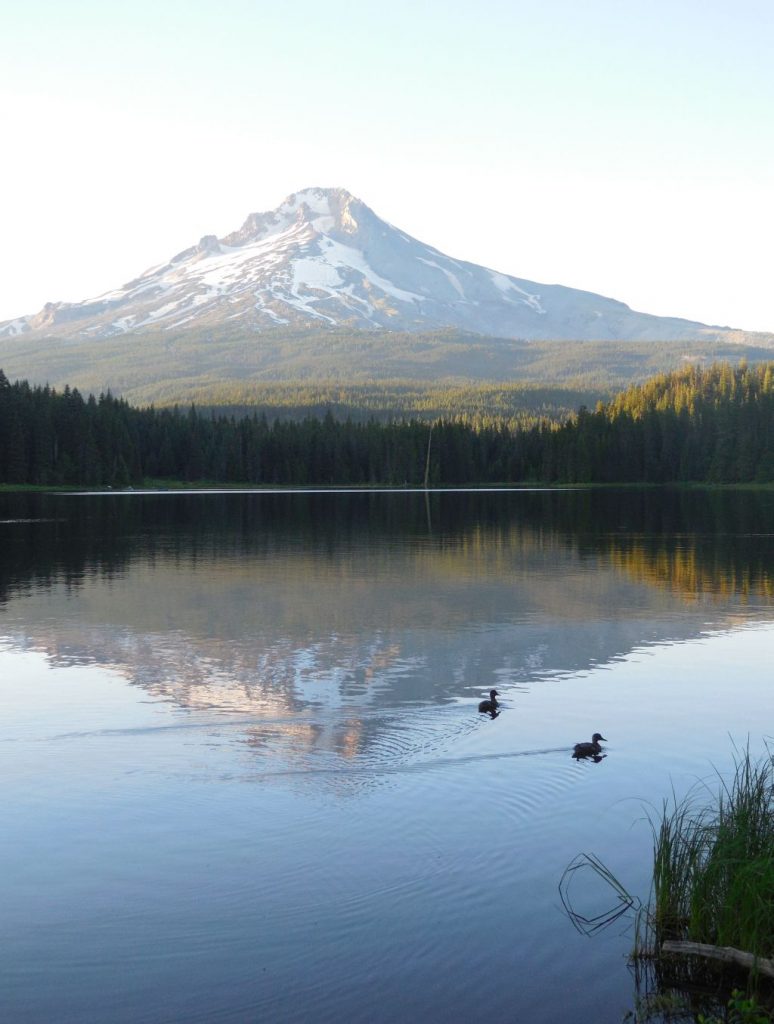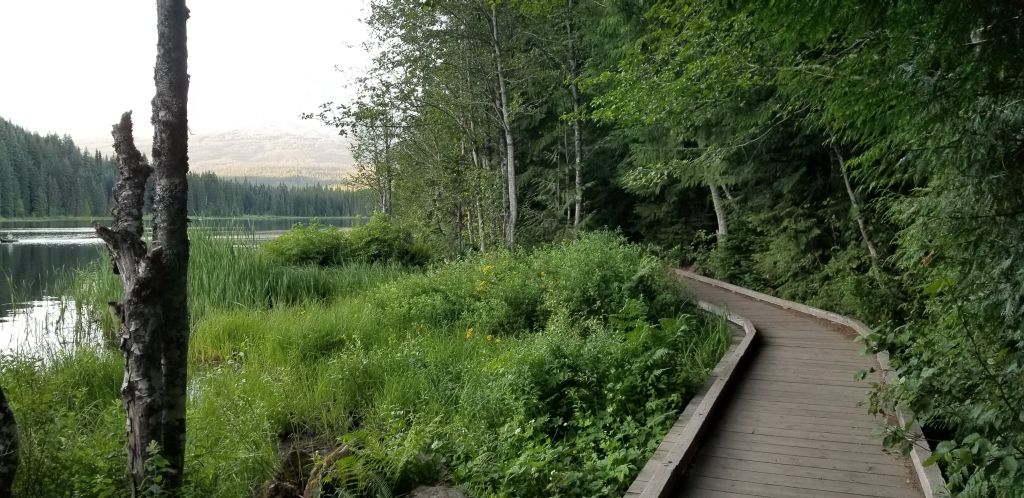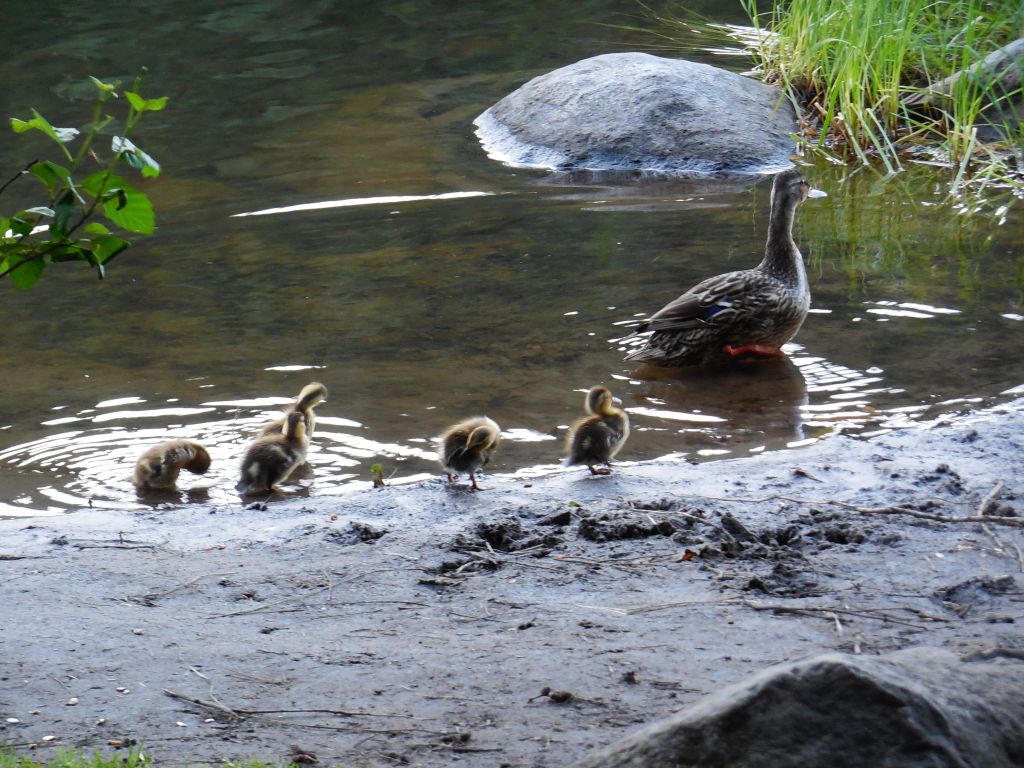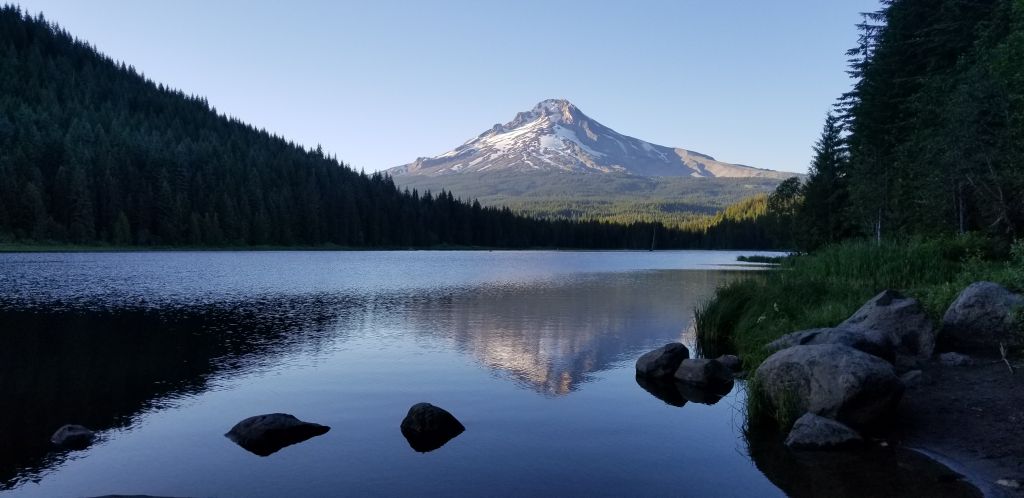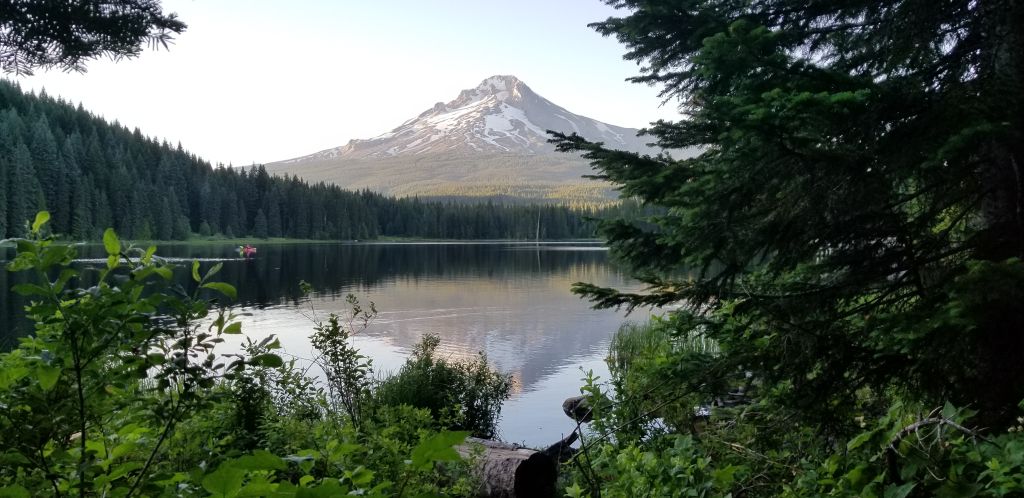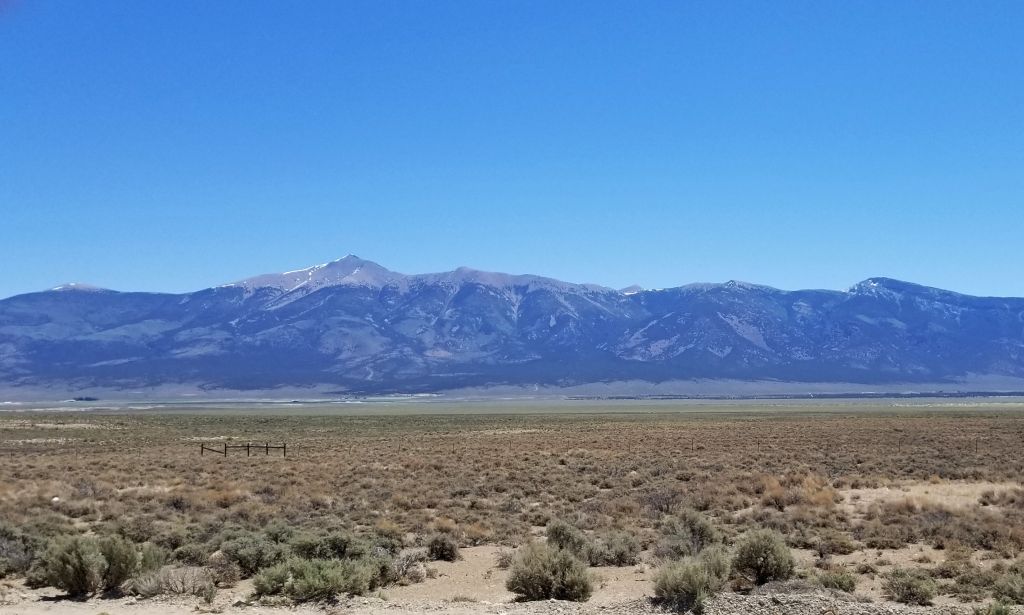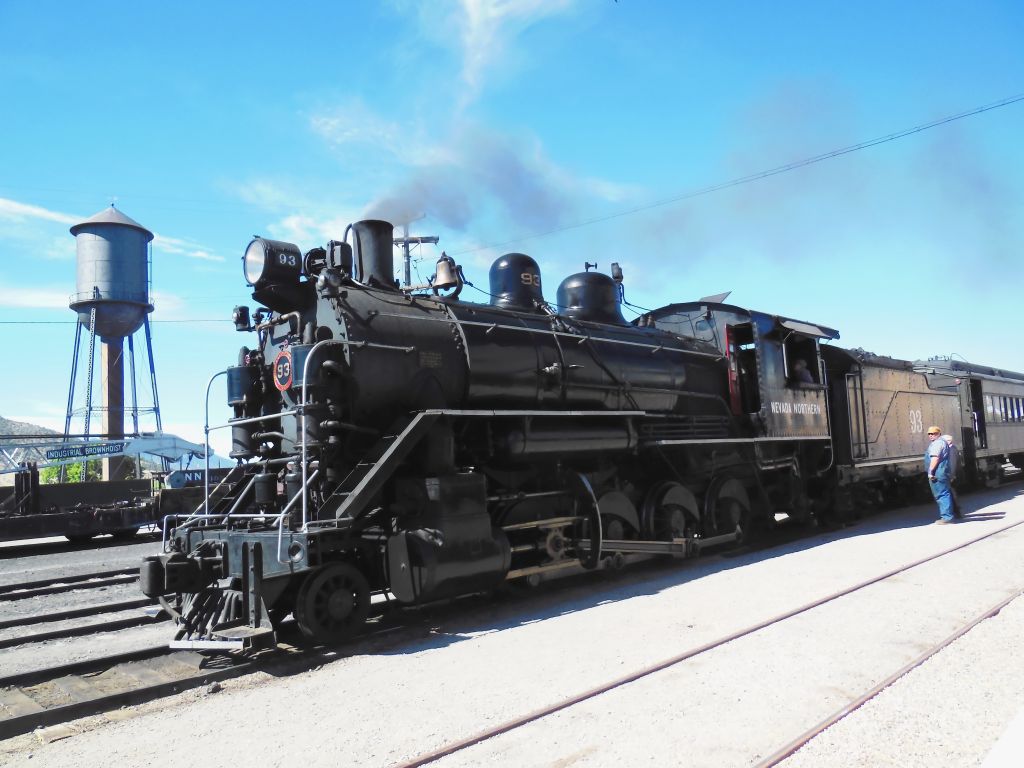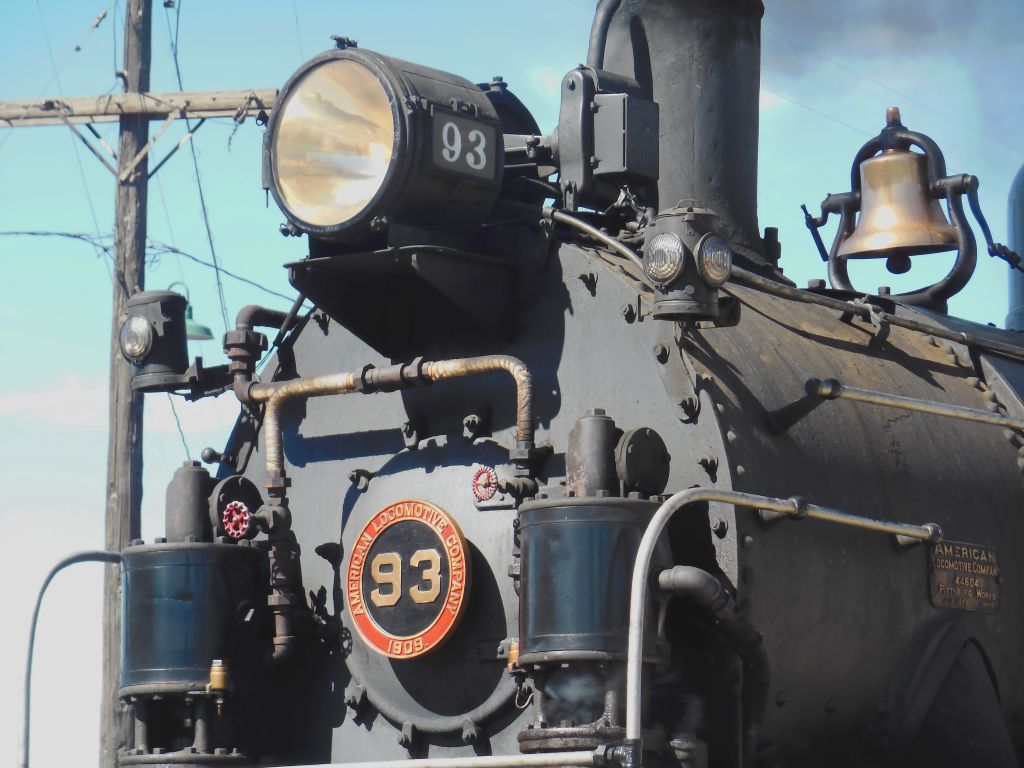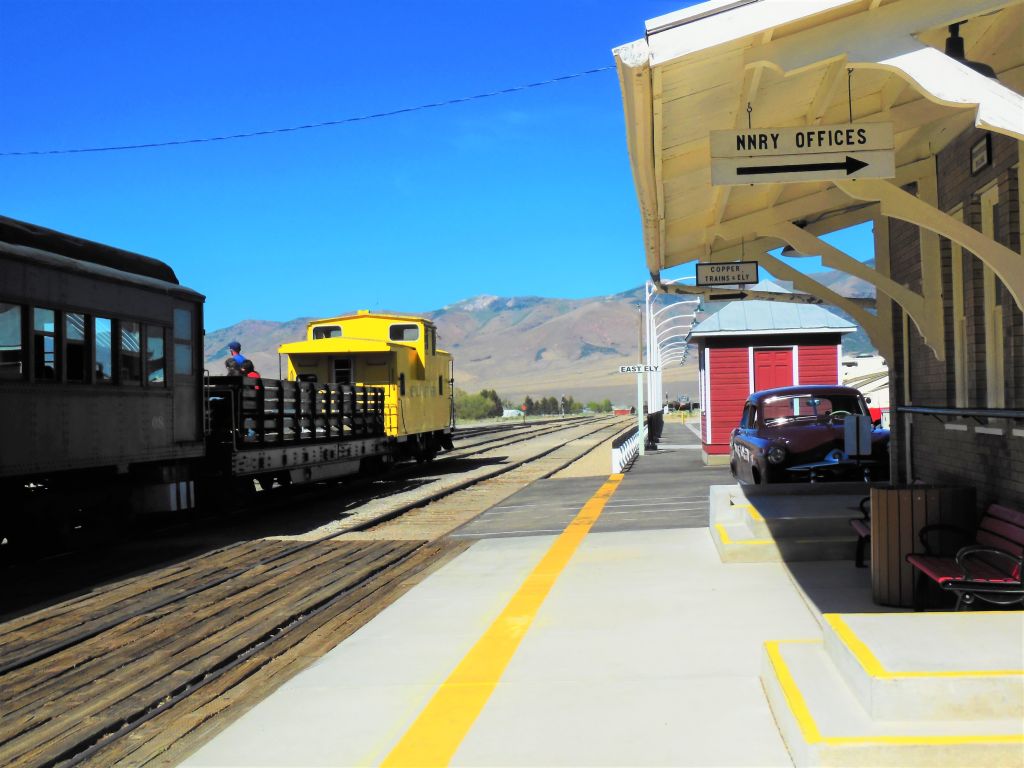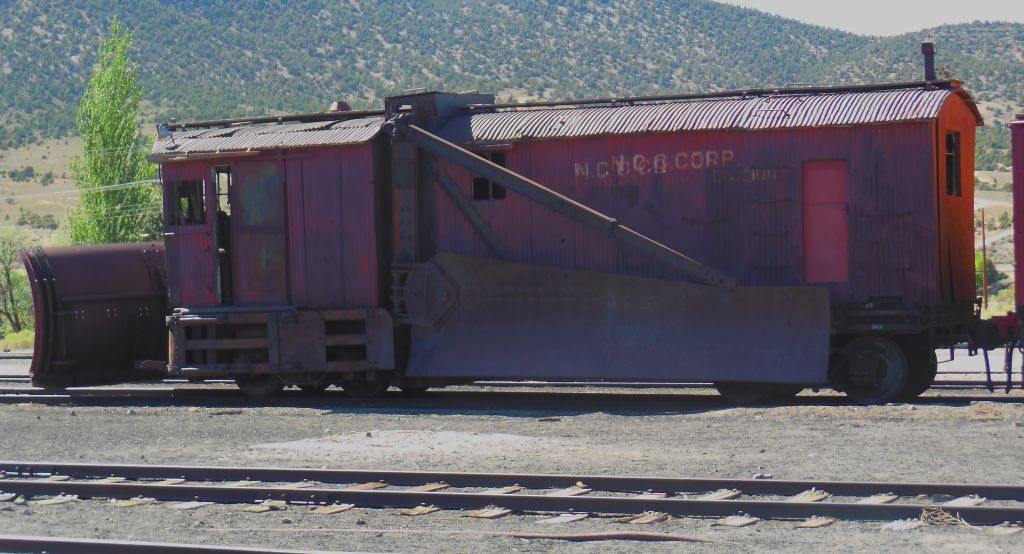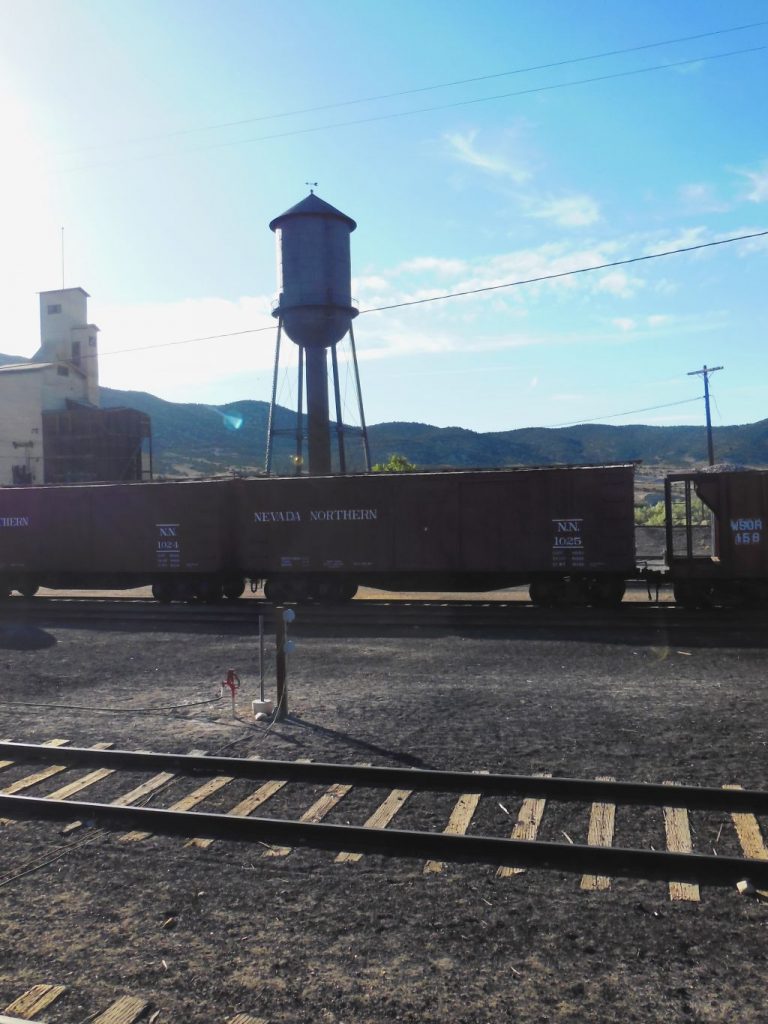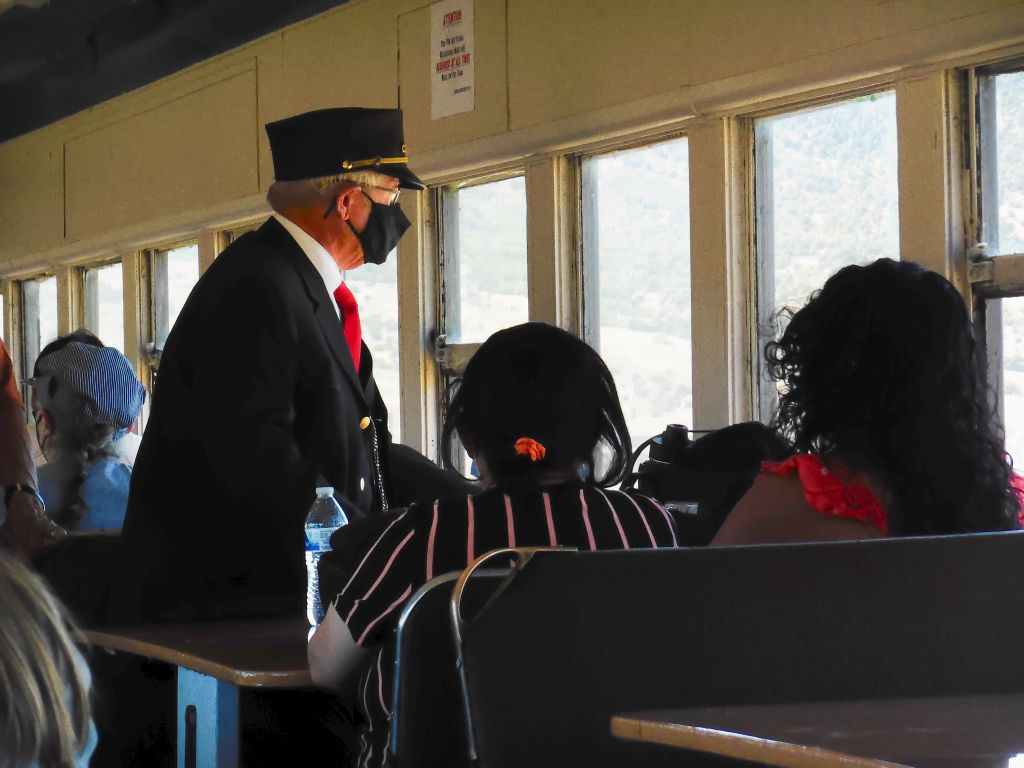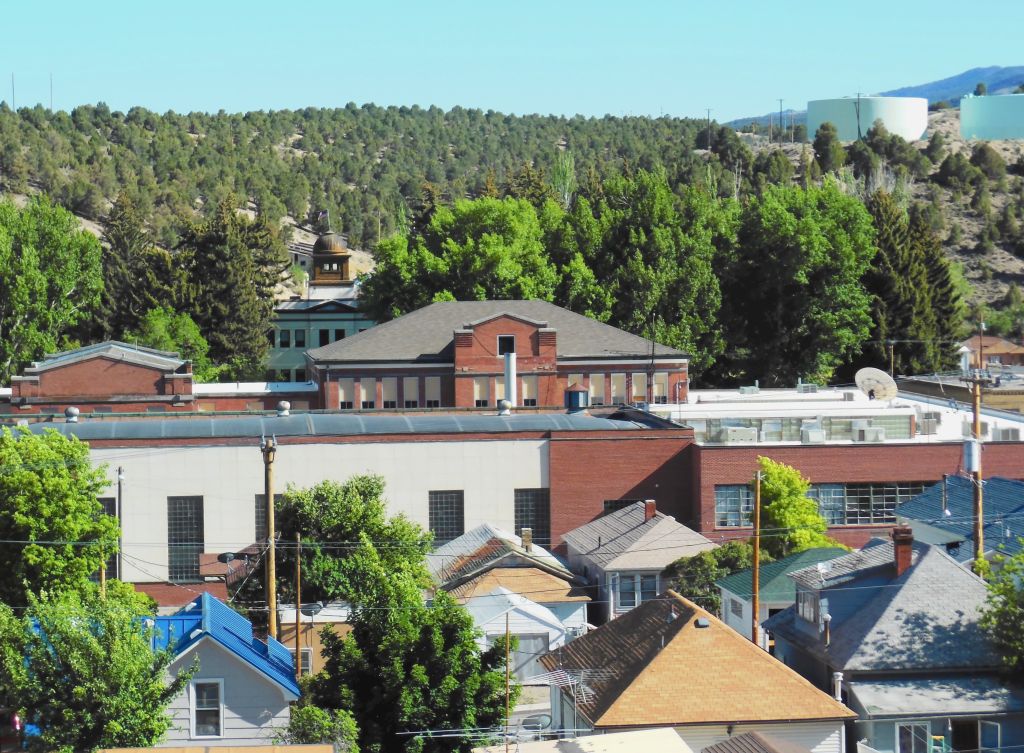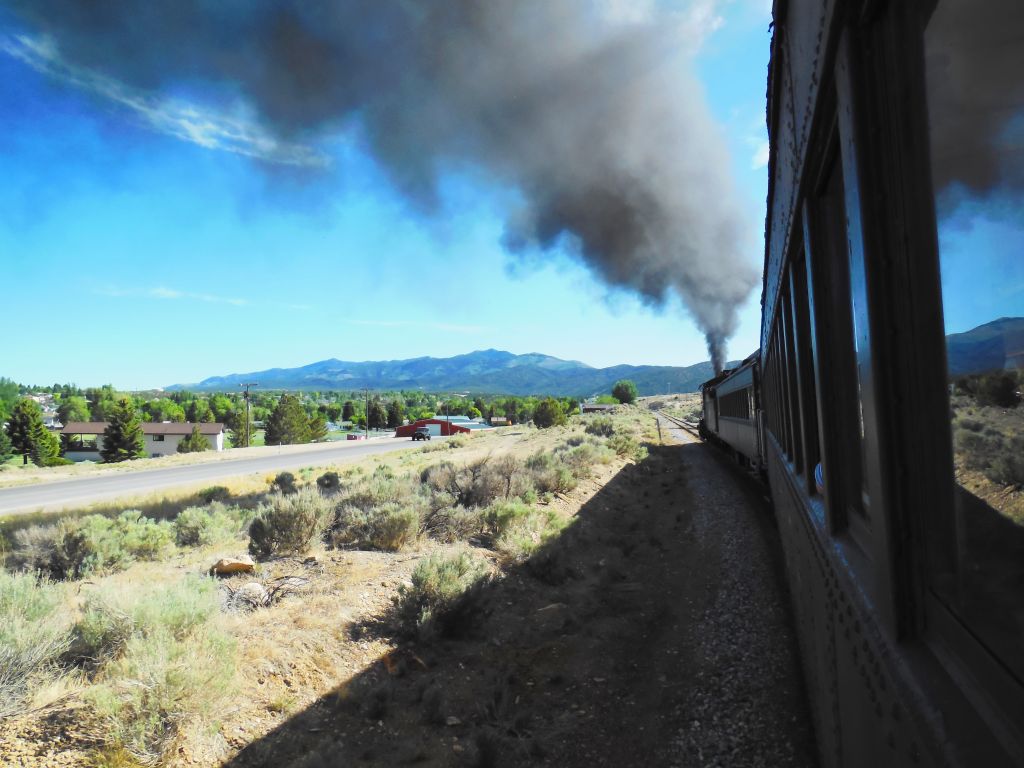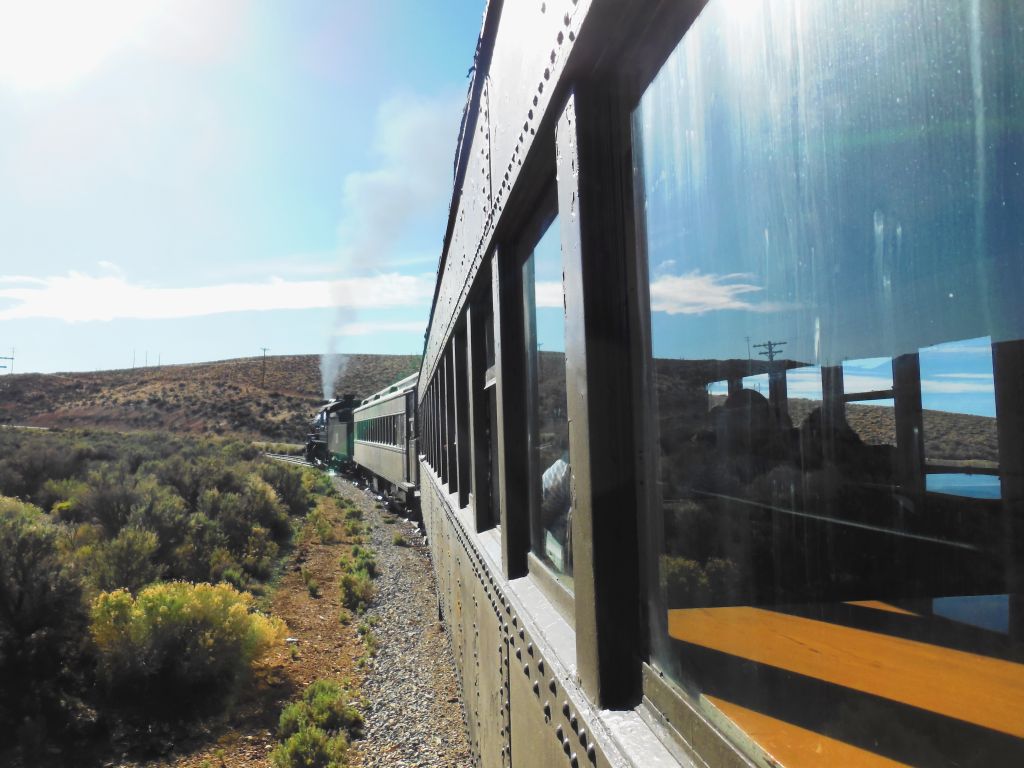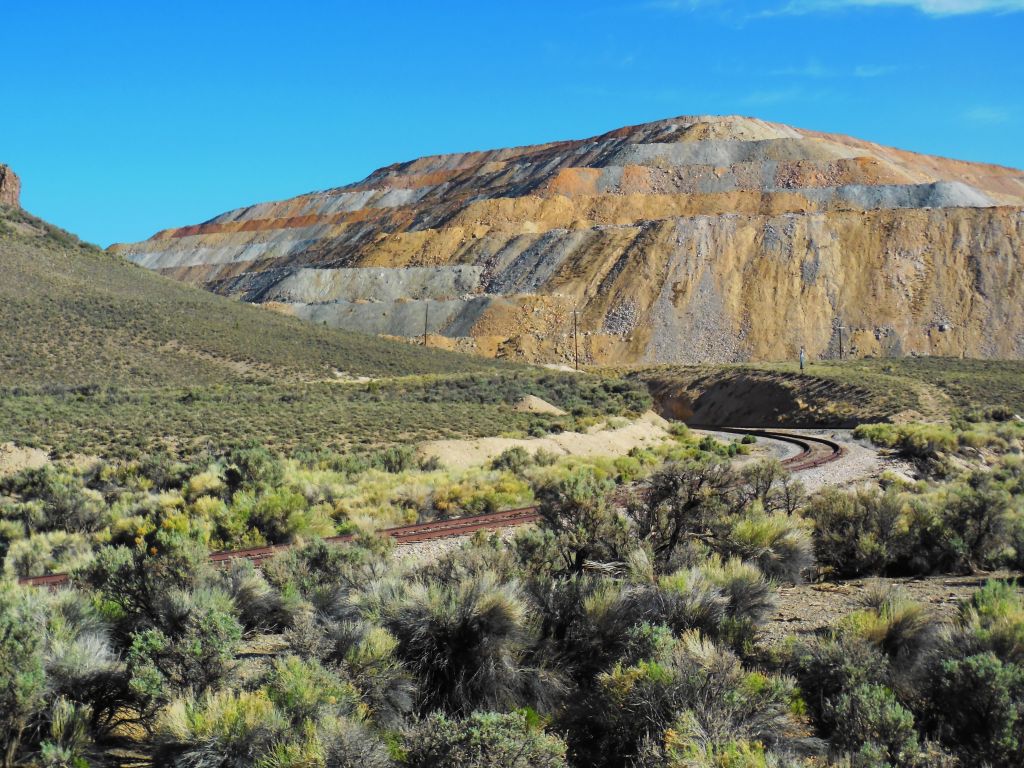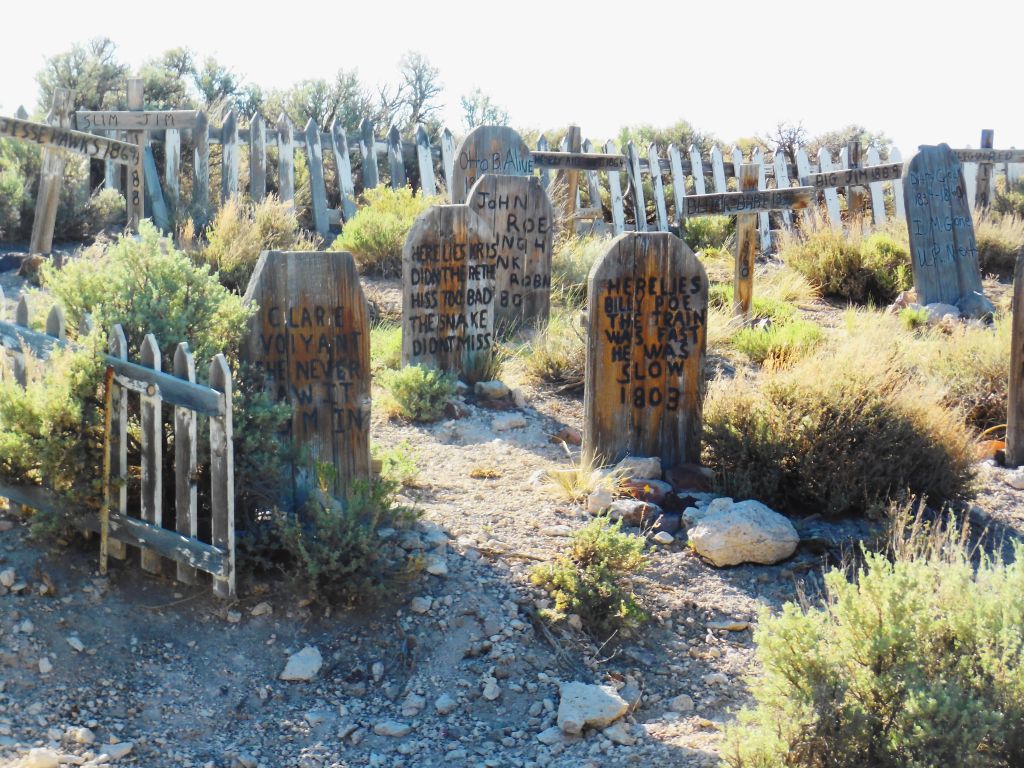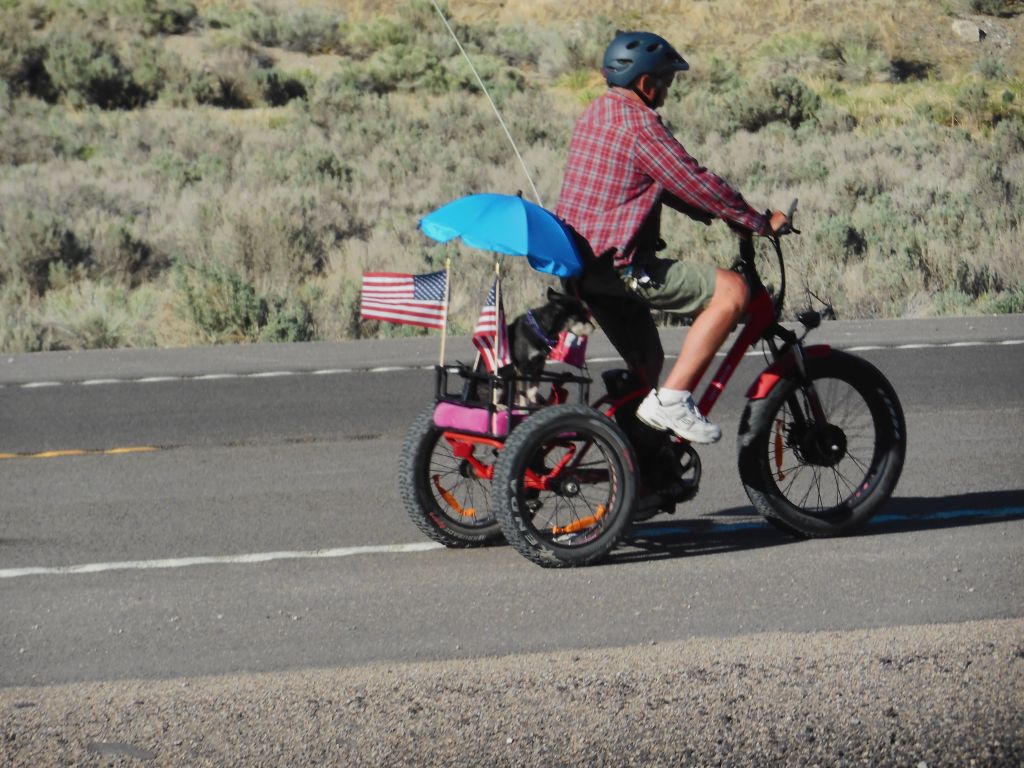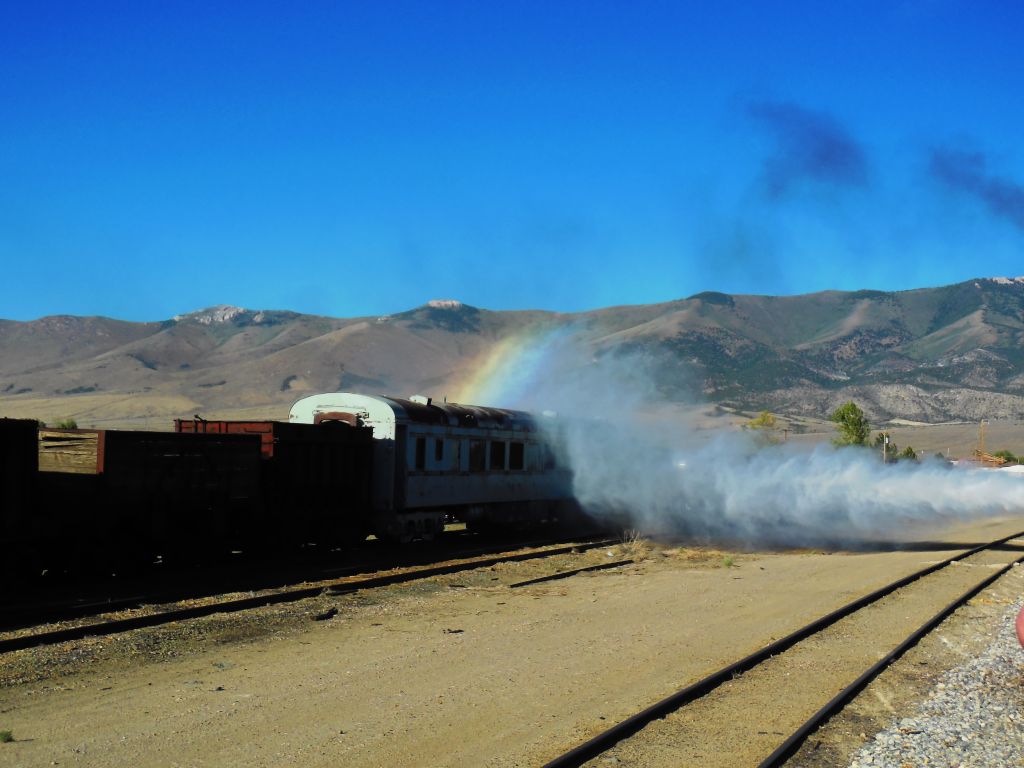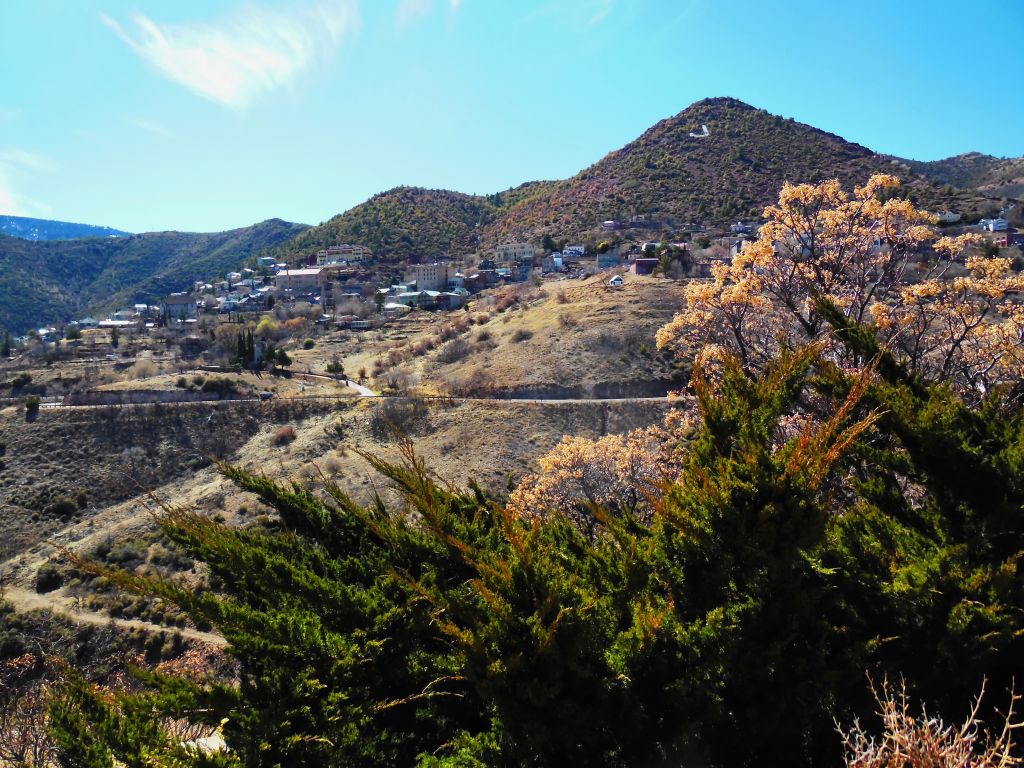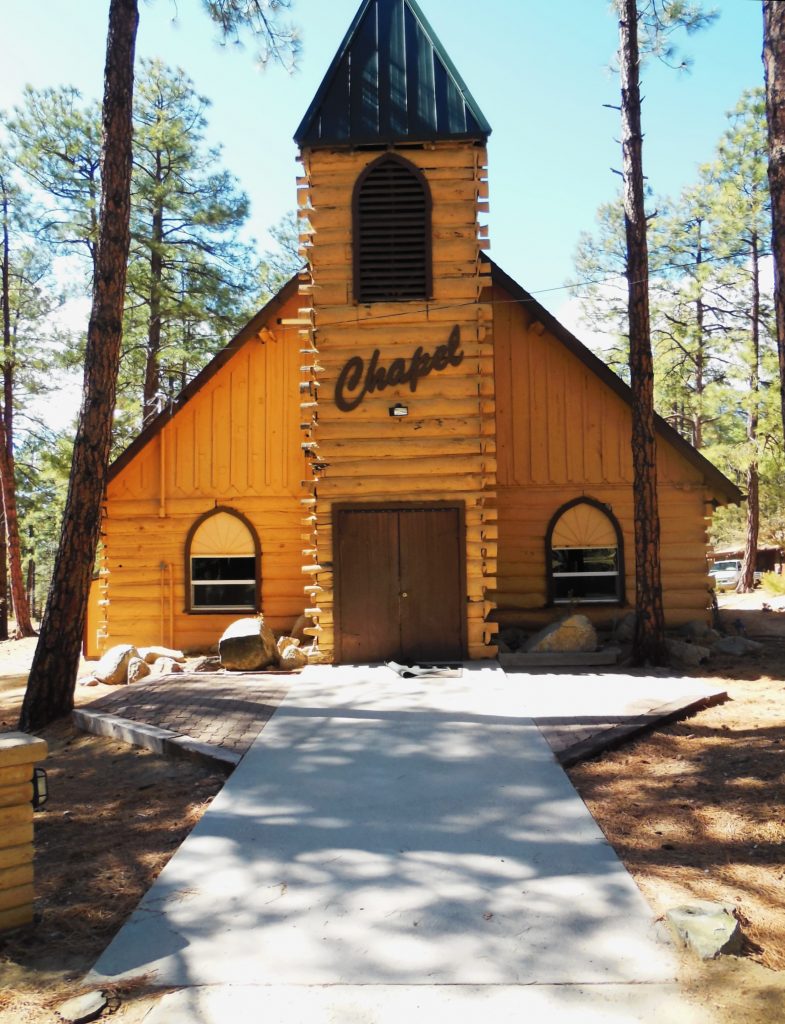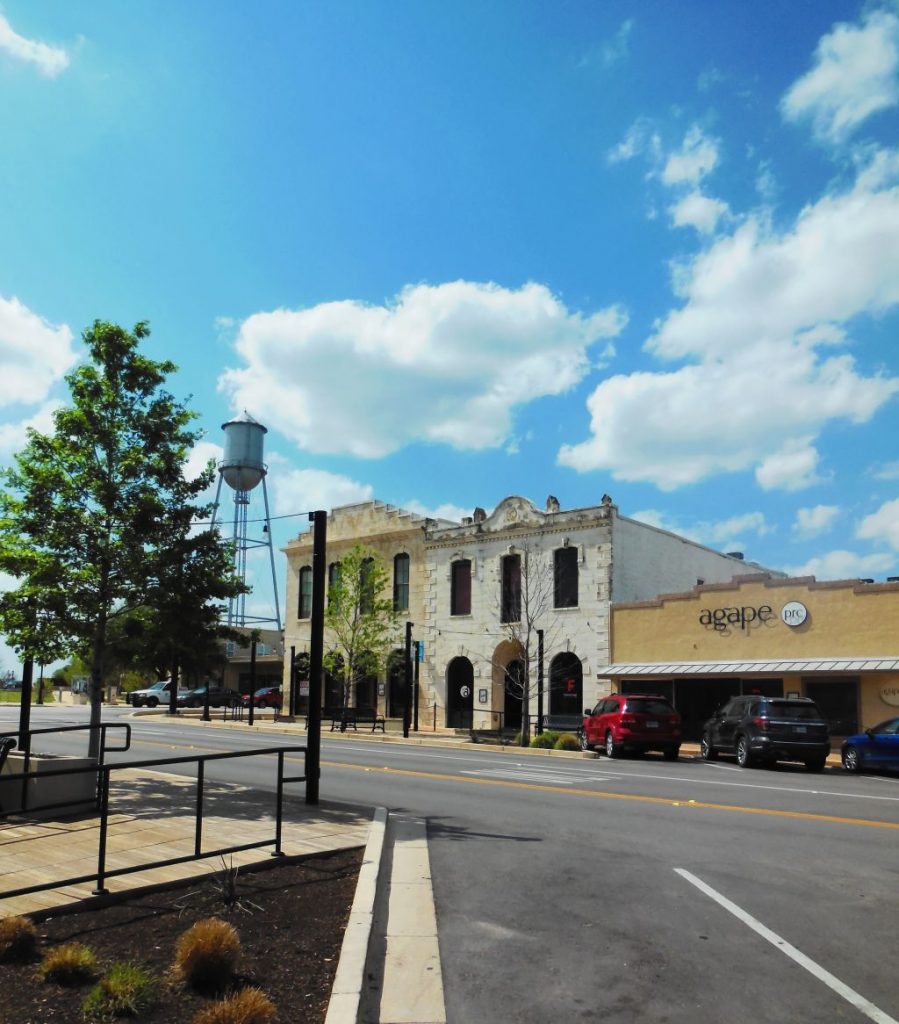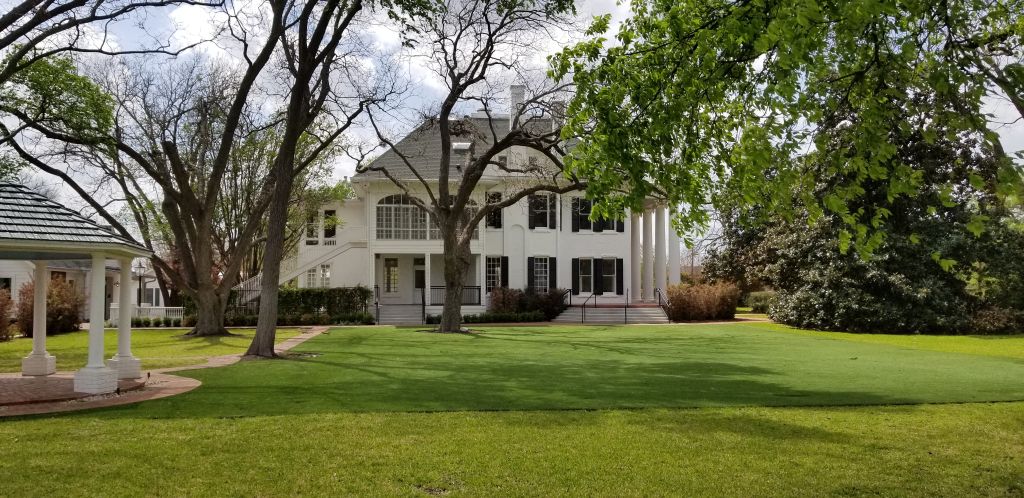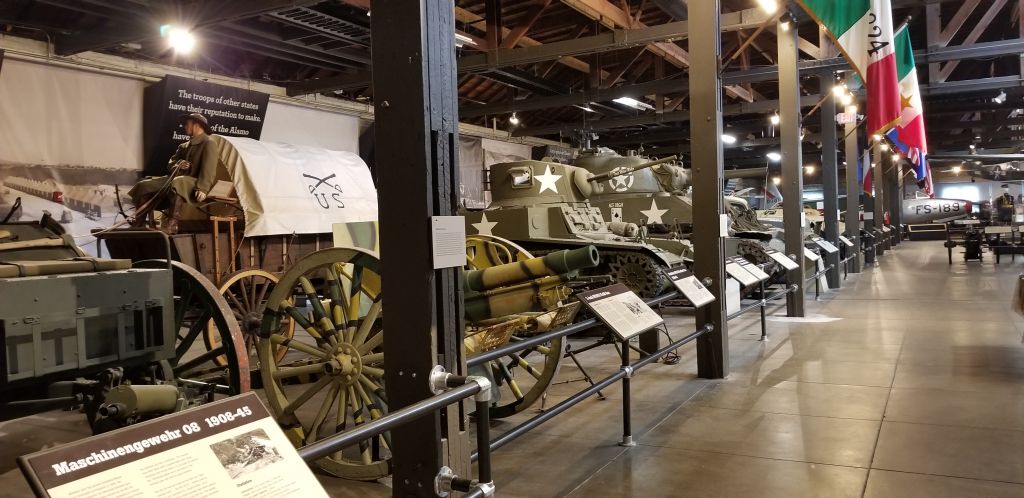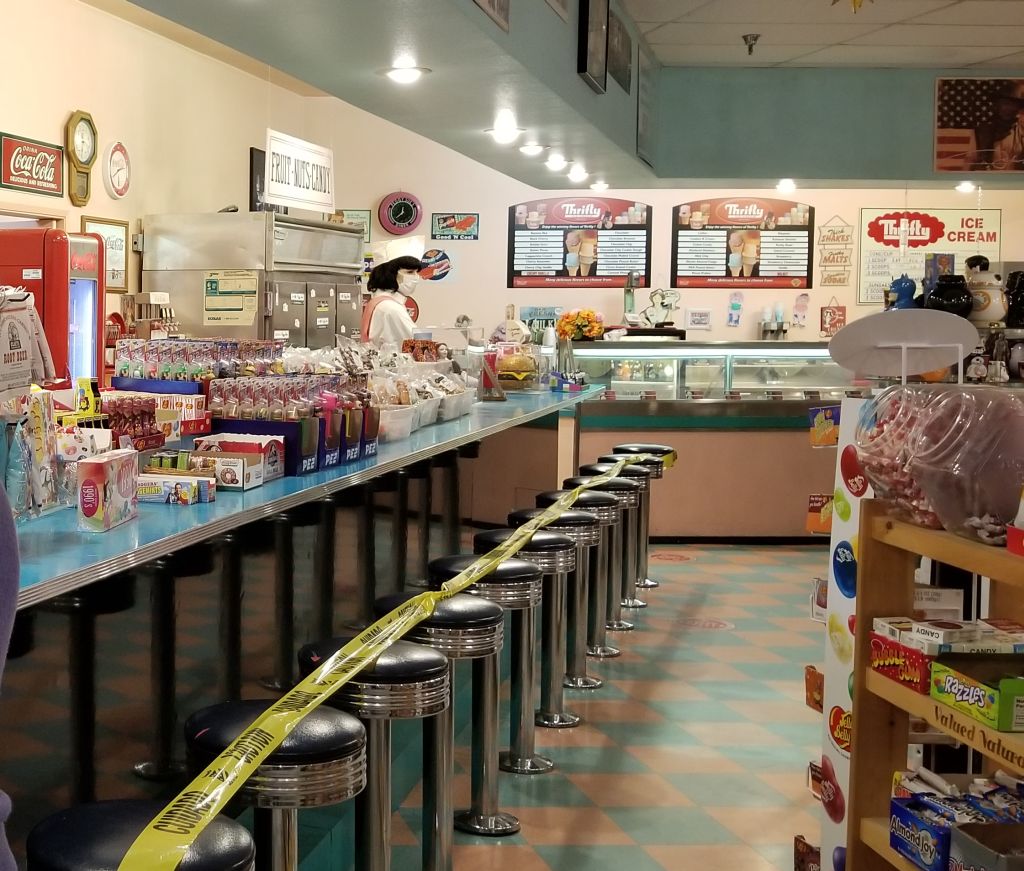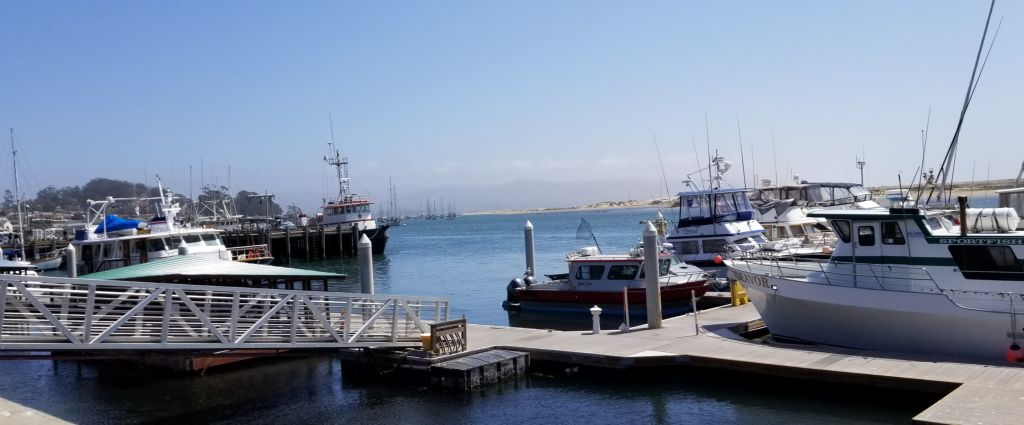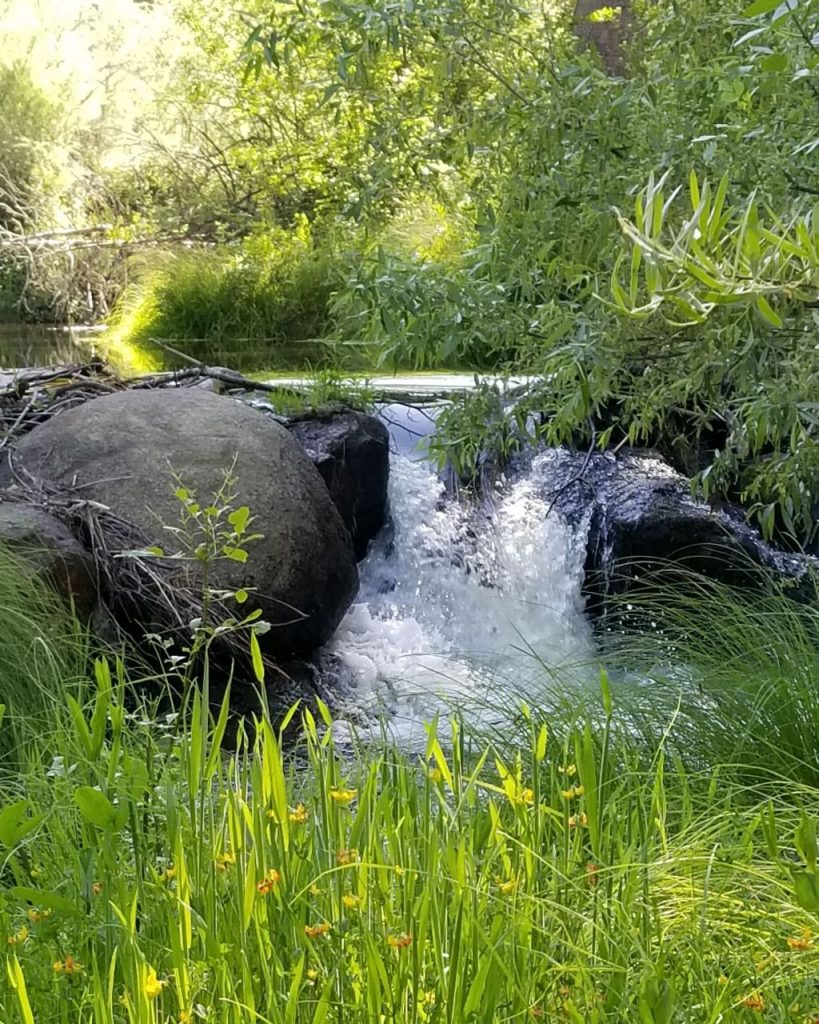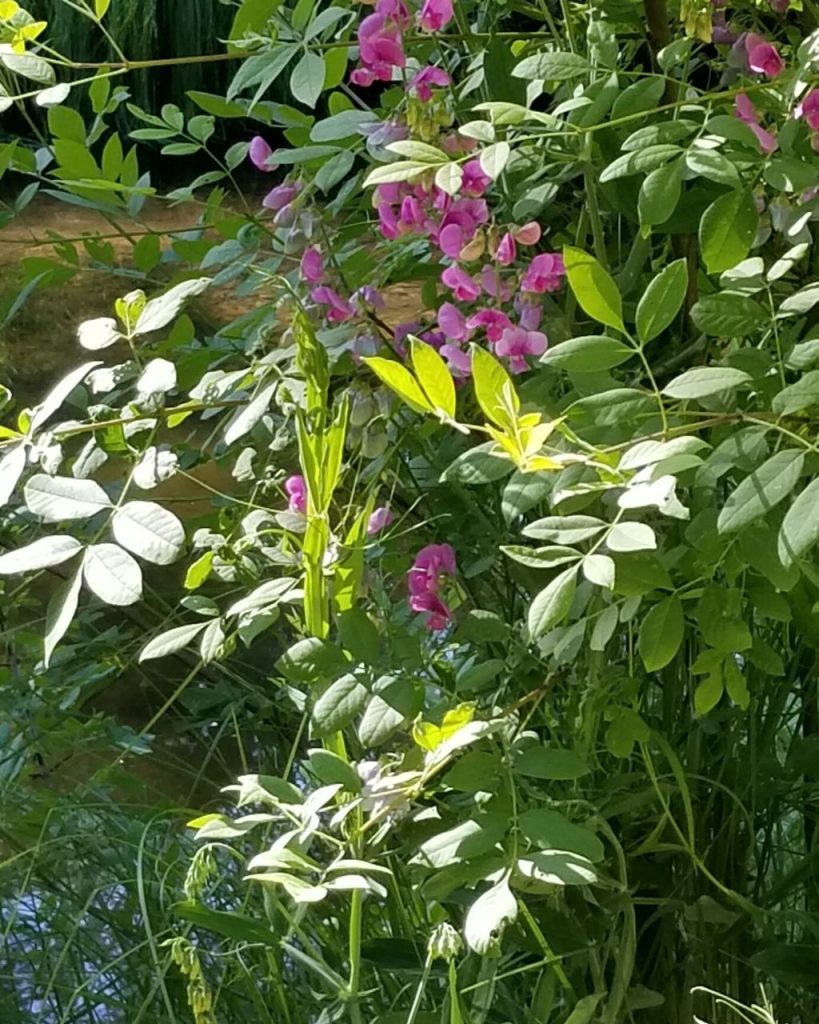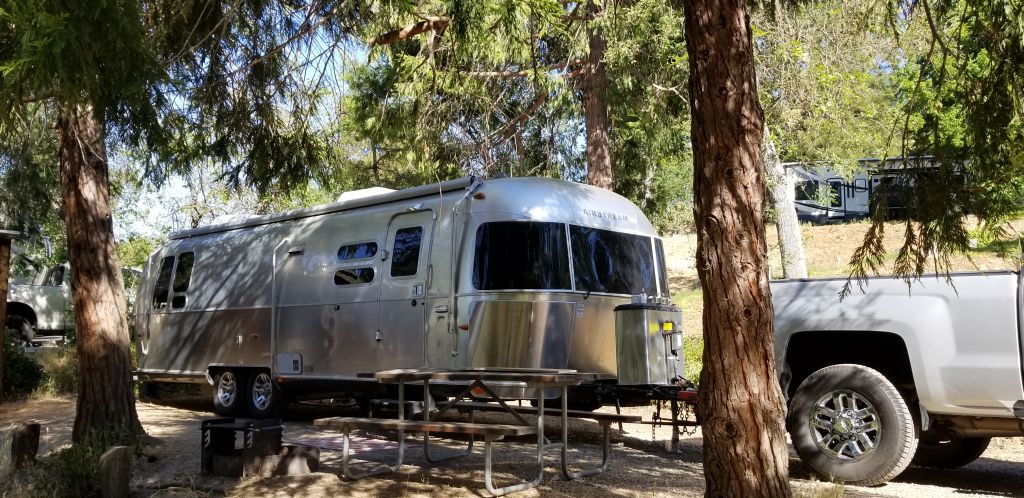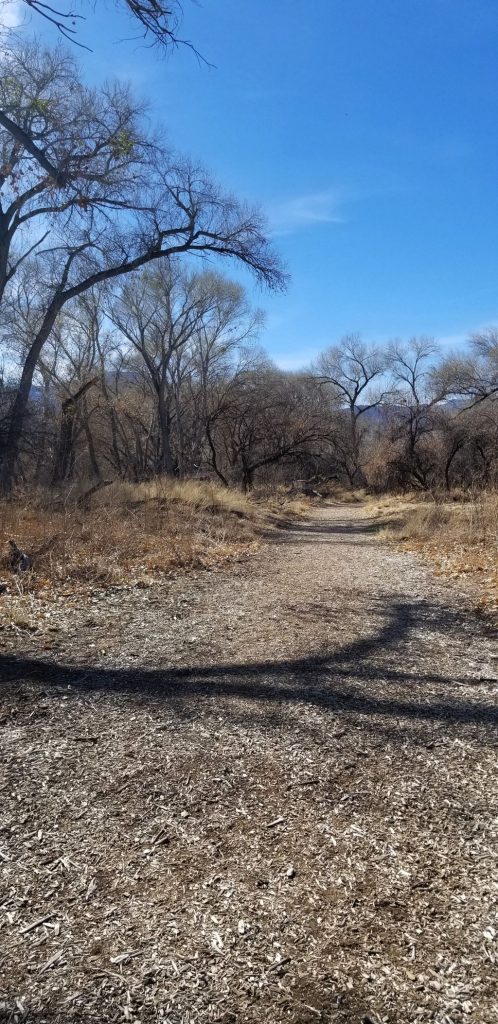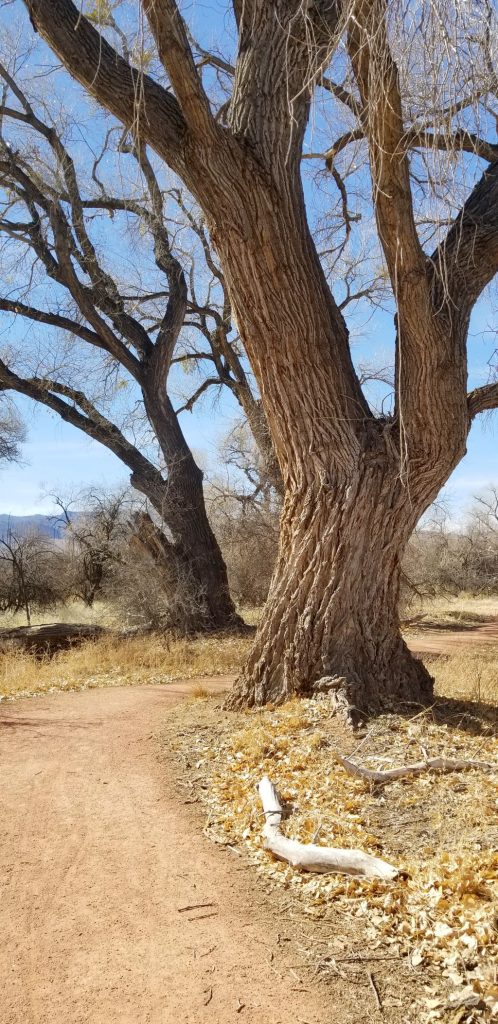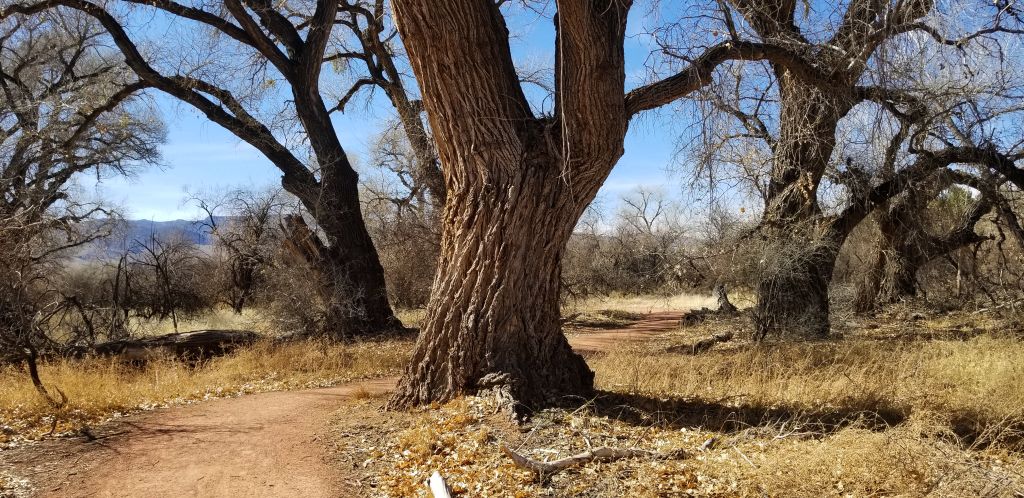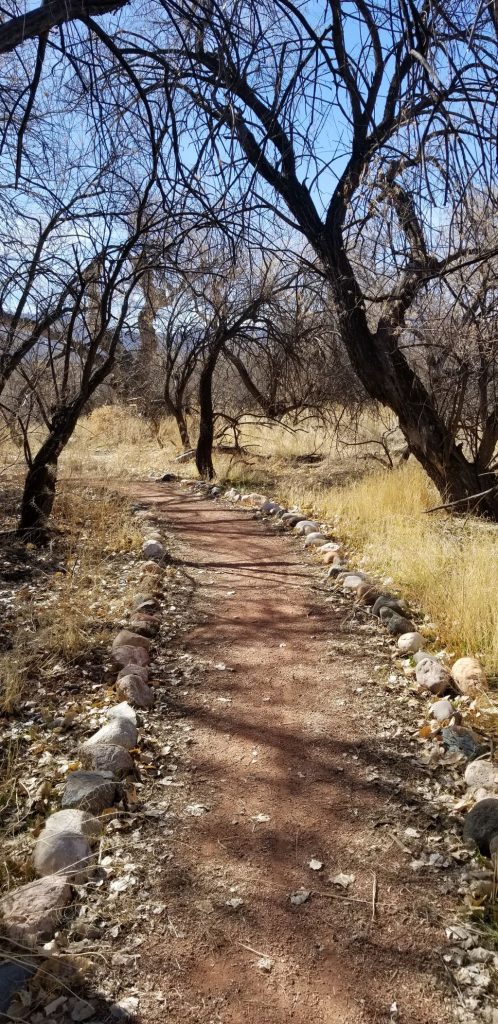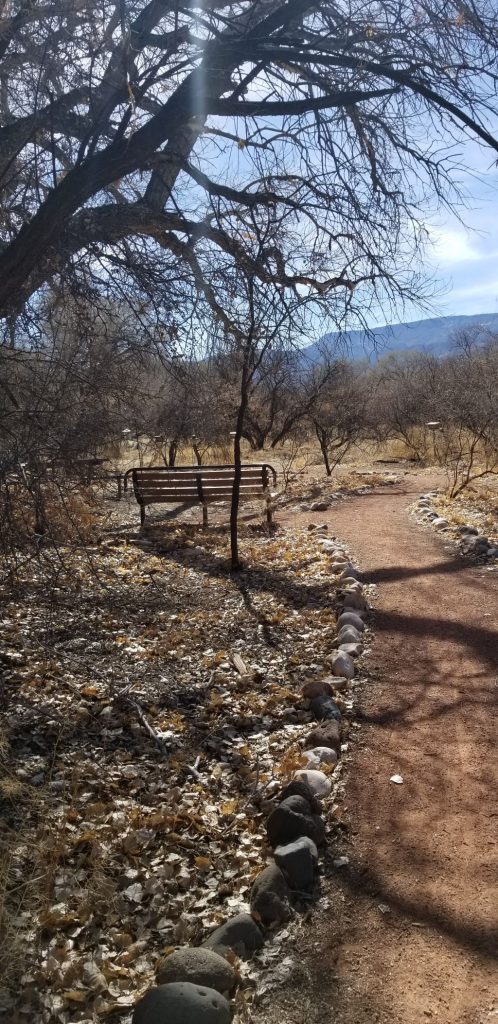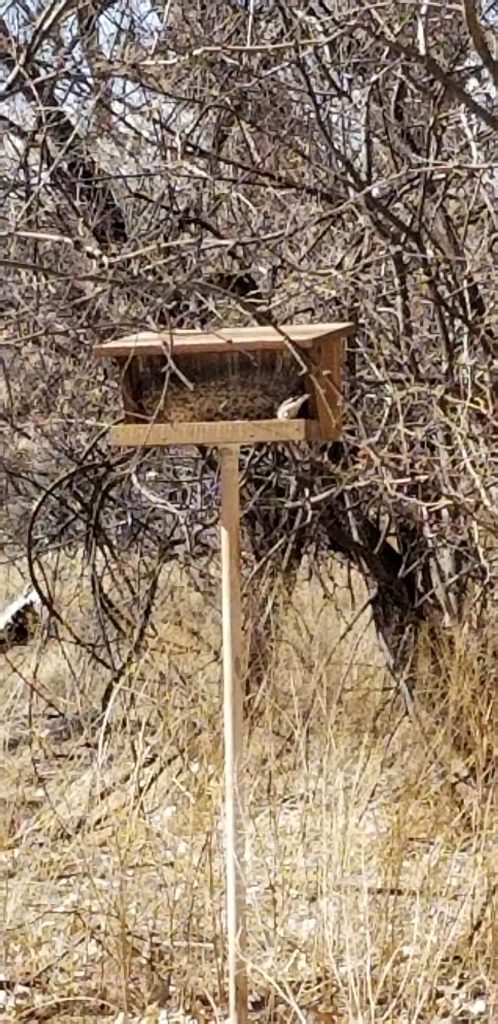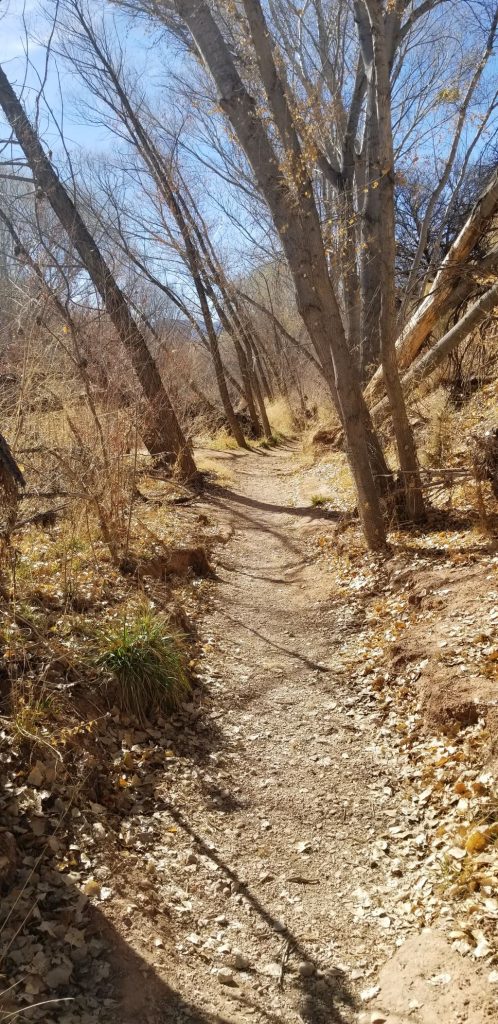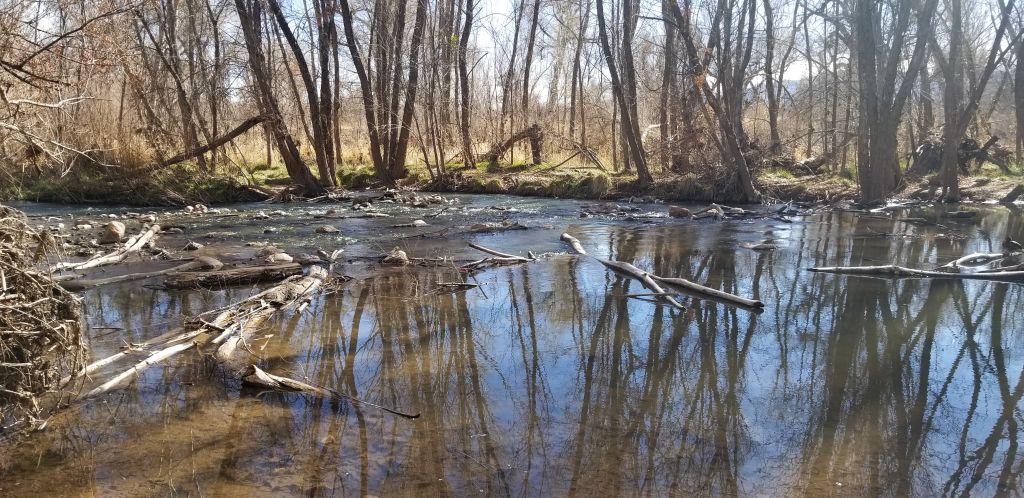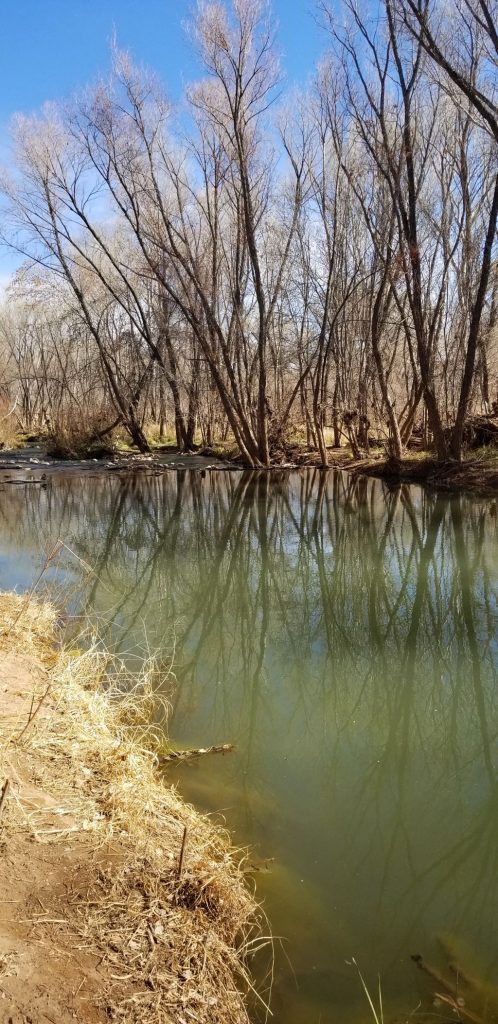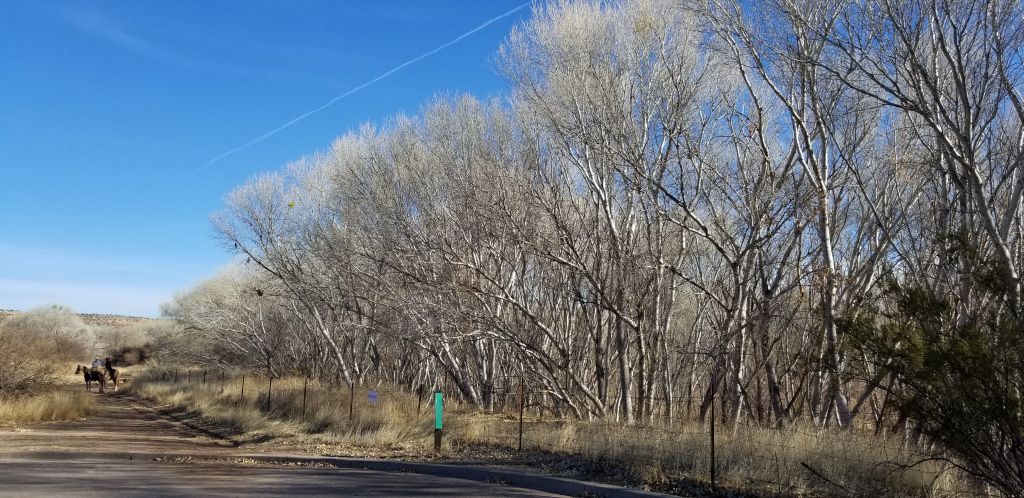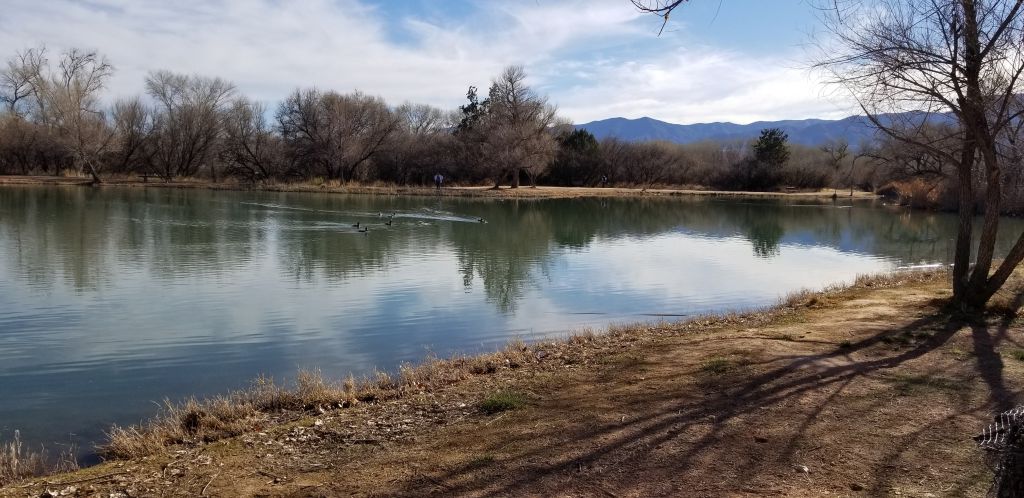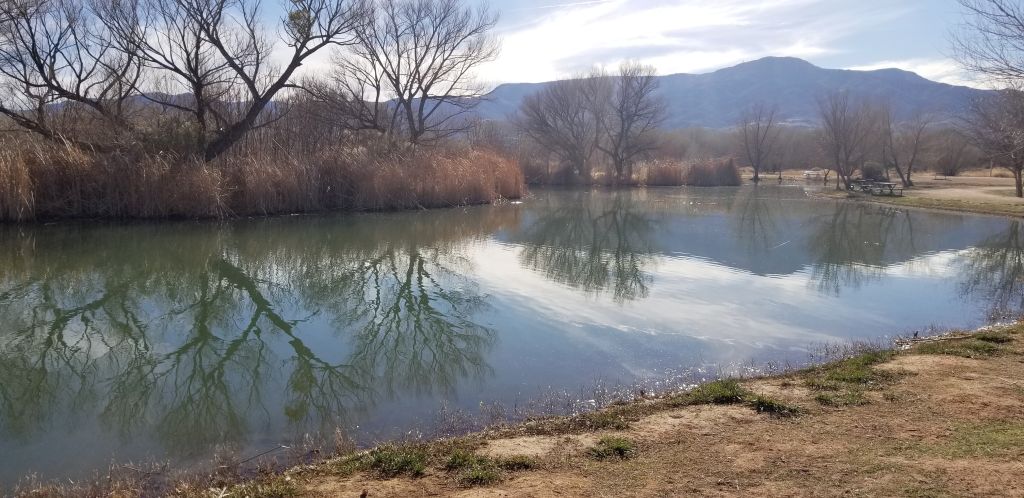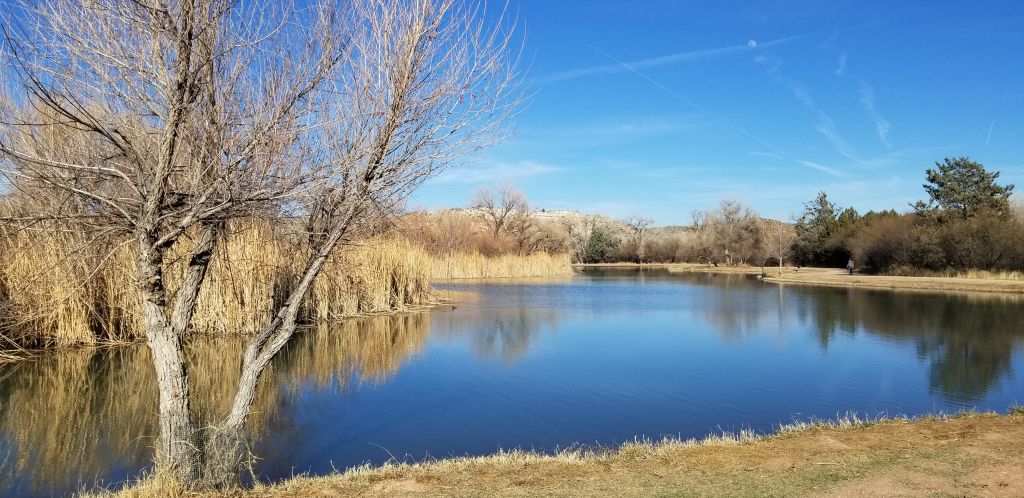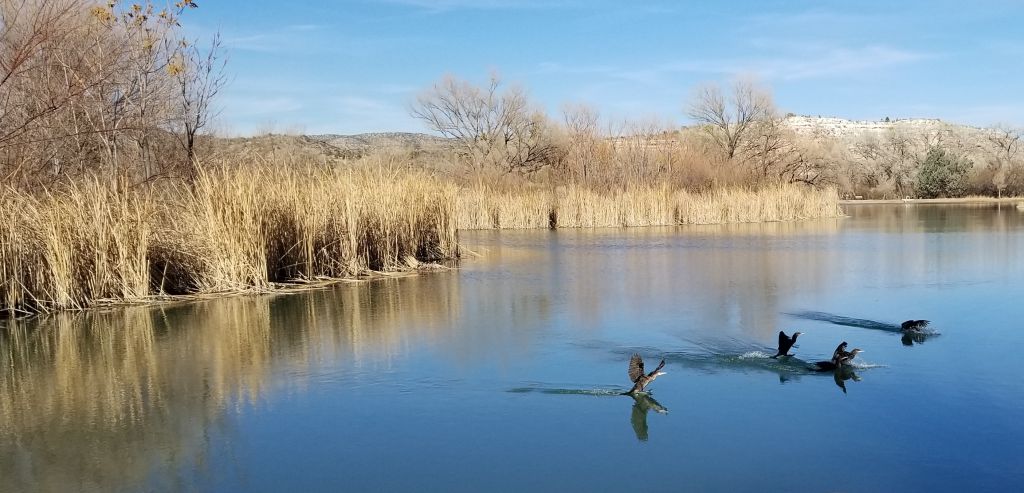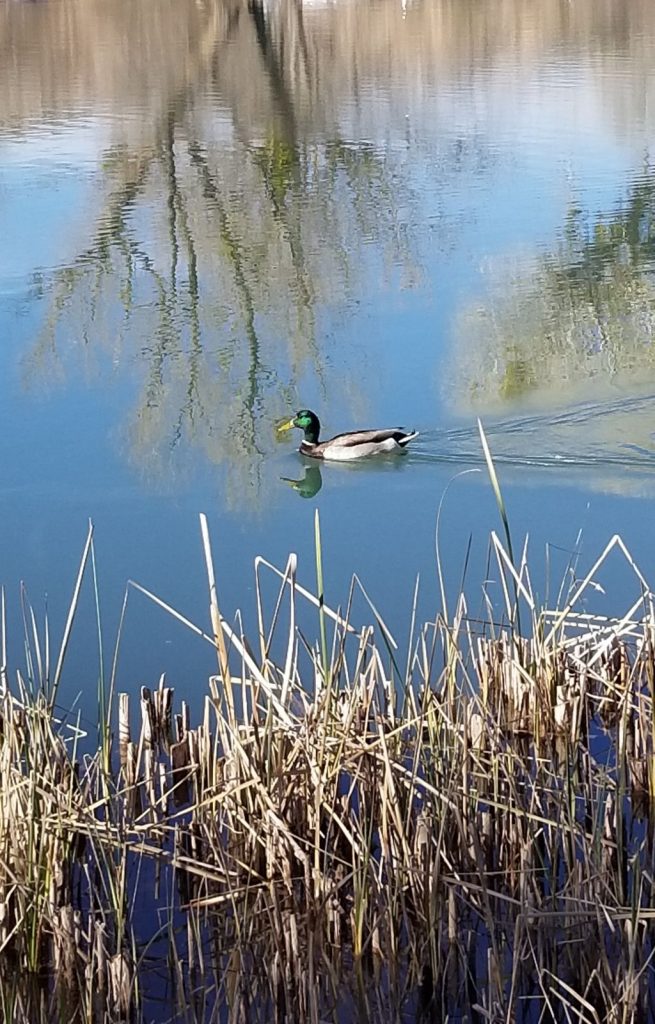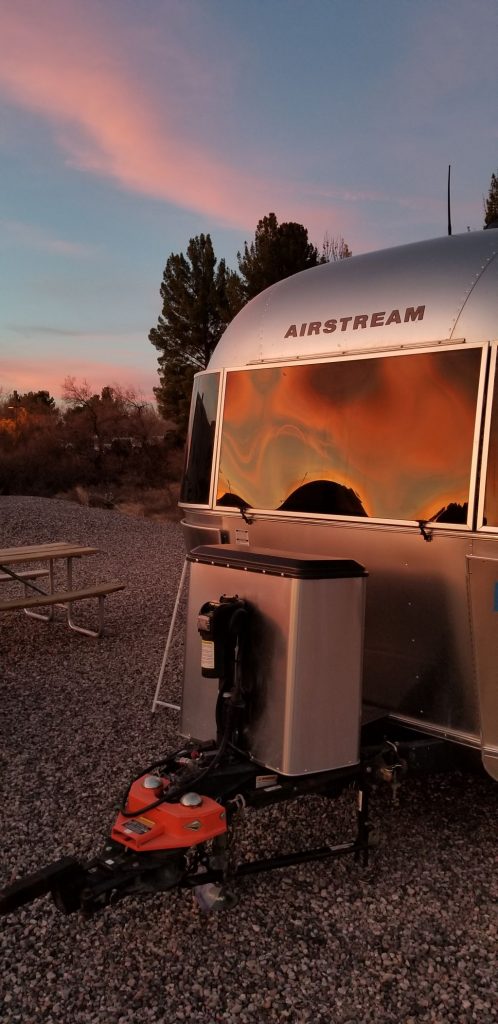August, 2021
Glacier NP is one of those “can’t miss” places to see. It was one of our main destinations this year. Little did we know that when we started planning our itinerary back in February of 2021, that campgrounds near the park would already be filled up til mid-August. That meant that we needed to kill some time before we could get to Glacier National Park.
We decided to spend June and July and the first part of August seeing parts of Oregon and Washington, and I’m so glad we did. We had fun, cool weather (for the most part) and we got to see some beautiful sights.
Now, you can’t just drive into Glacier NP anymore. You have to have a Park pass (we had a Senior National Parks Pass) PLUS you need a ticket for Going to the Sun Road. That ticket is good for 7 days, but you have to go online ahead of time to reserve your time. This limits the number of people who can enter the park on any given day. Since there is only one road going through the park, it gets a lot of traffic.
The day we finally got to visit Glacier NP was a rainy day. Though the rain kept some people away, it was still hard to find a parking spot at the scenic turn-outs. So we just drove.
Up, up the mountain we drove, on curvy, windy, roads with only a short rock wall separating us from the edge of the cliff and valley below. Ray was driving, and I took photos out the window. It made me nervous to look straight down. Ray was in the driver’s seat so he wasn’t scared. Later, when I was driving up the same road and Ray was in the passenger seat, he said he felt a little scared too.
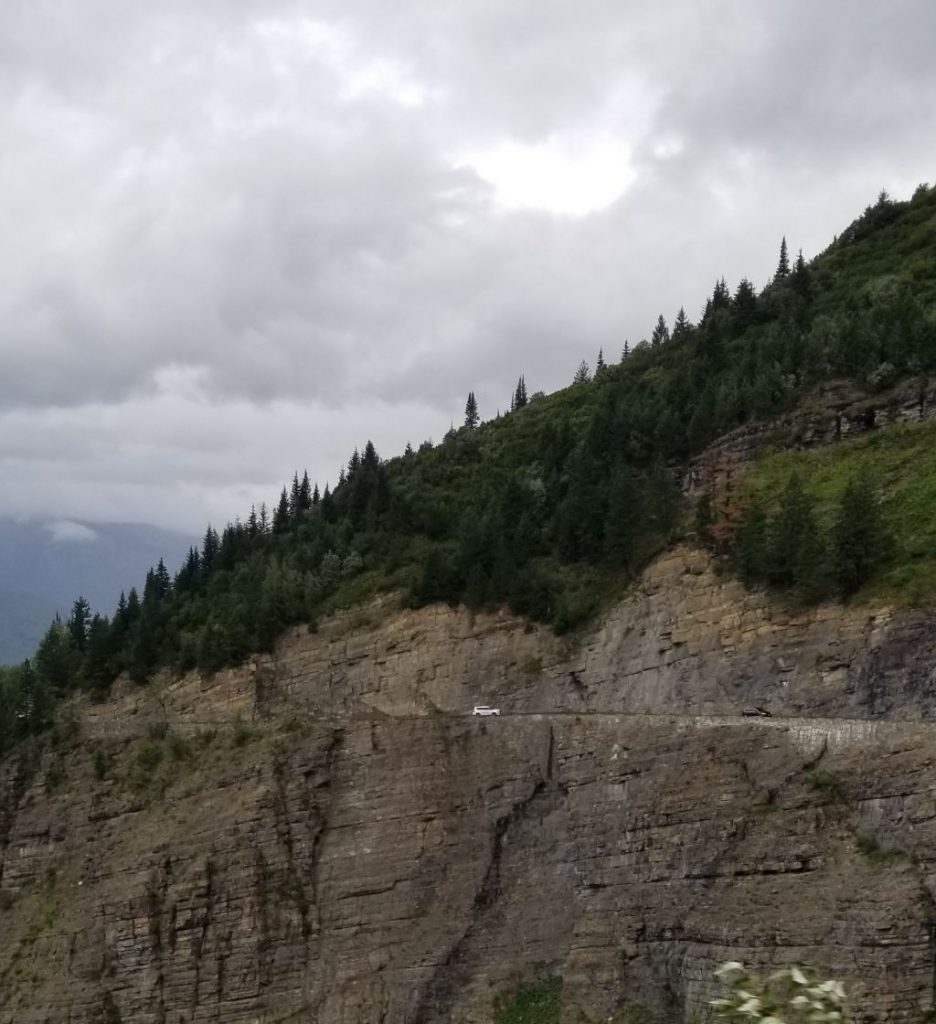
The road is very narrow, and at times it seemed like we would scrape the other cars as they passed by. We finally found a turnout where I could get some photos of the valley.
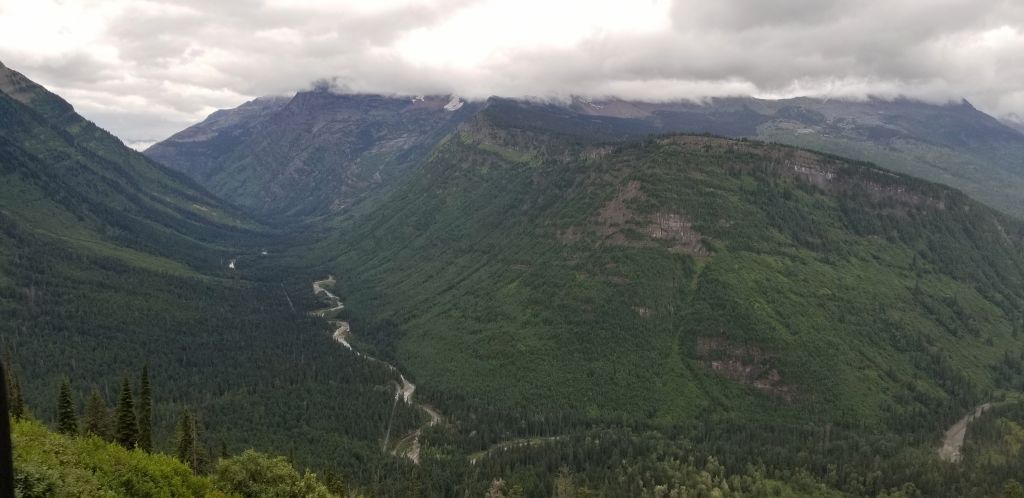
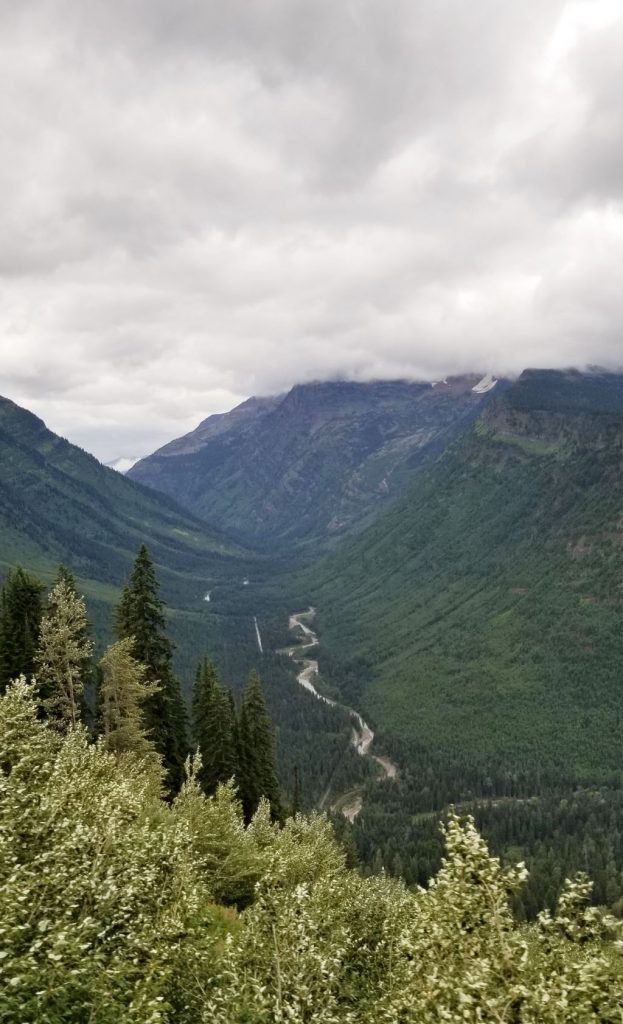
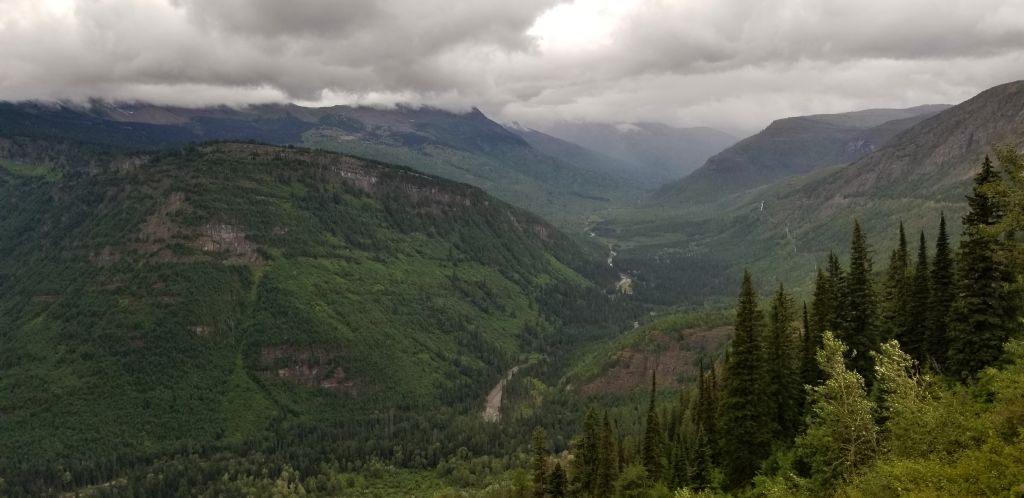
Along the way, we saw some waterfalls with a boulder that looked like it could roll right down.
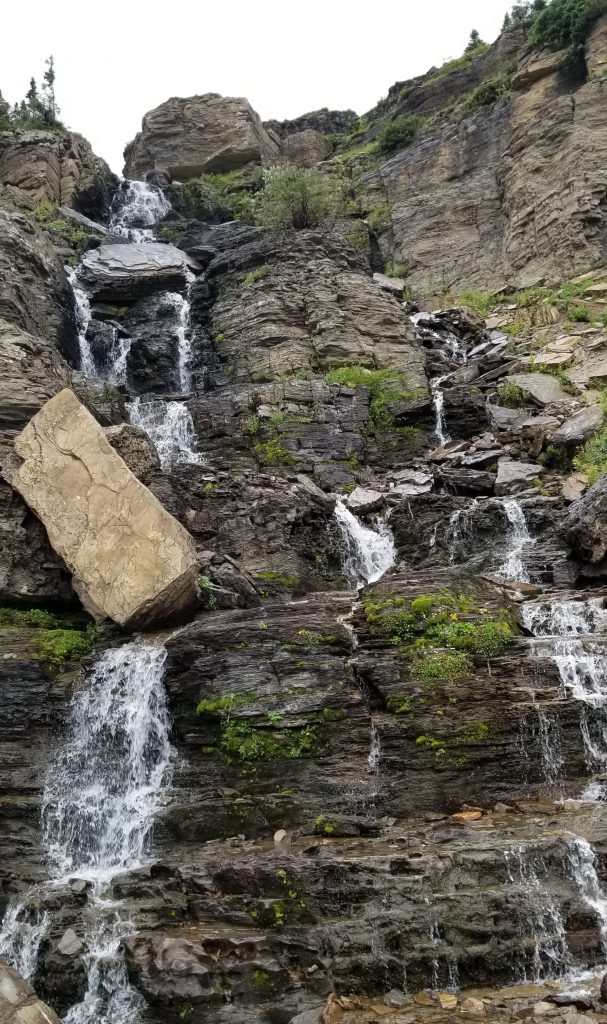
I was really disappointed that there were no glaciers to see. We saw what looked like patches of snow. I wouldn’t really classify them as glaciers. The valleys were carved by glaciers years ago so the name is still appropriate.
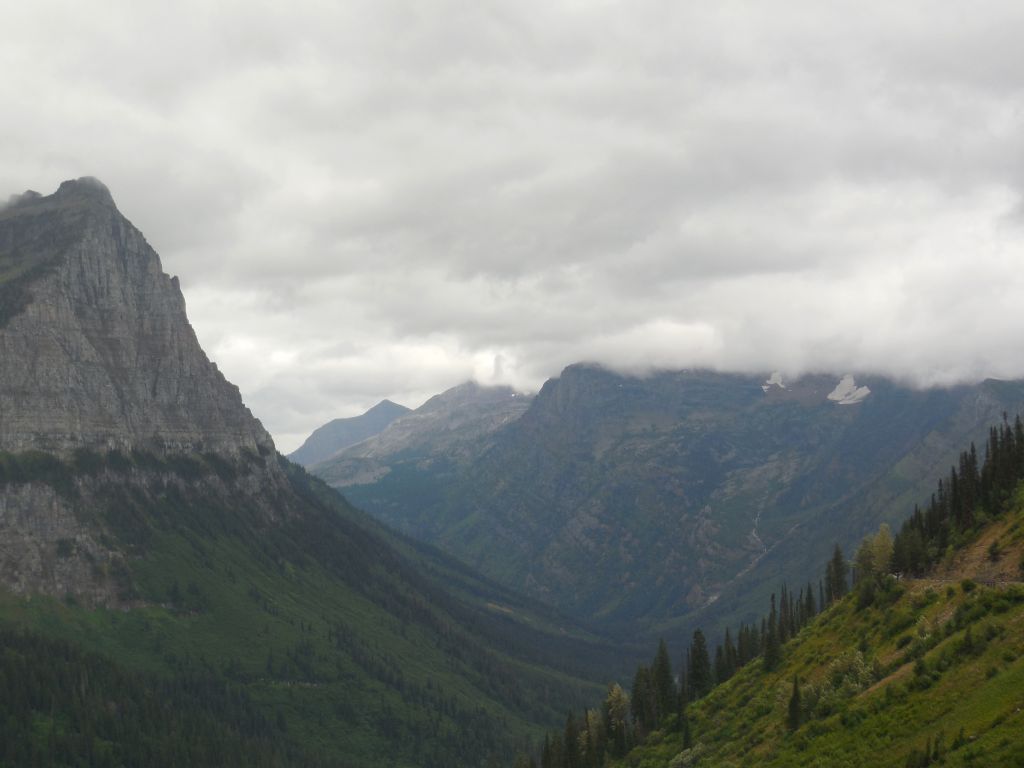
As we climbed higher and higher in elevation, the clouds settled down over the top of the mountains and it got foggy and misty. The highest point was Logan Pass where Logan Visitor Center is located. The parking lot was full, so we drove a short ways and stopped at a turnout at Lunch Creek where we ate our picnic lunch.
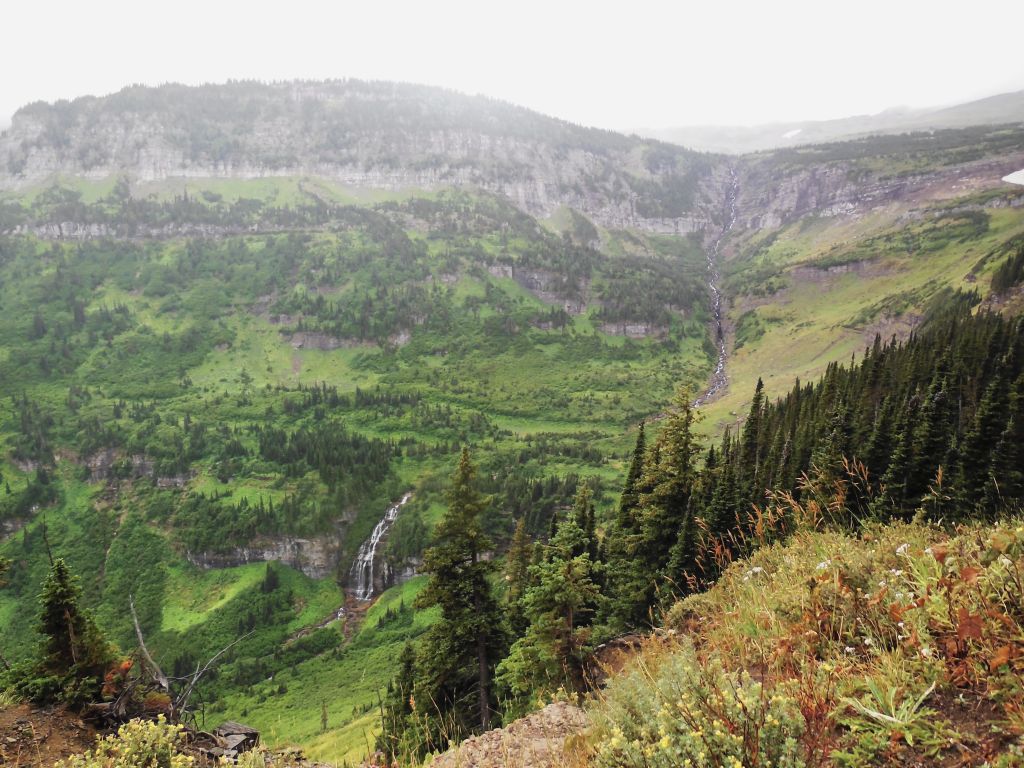
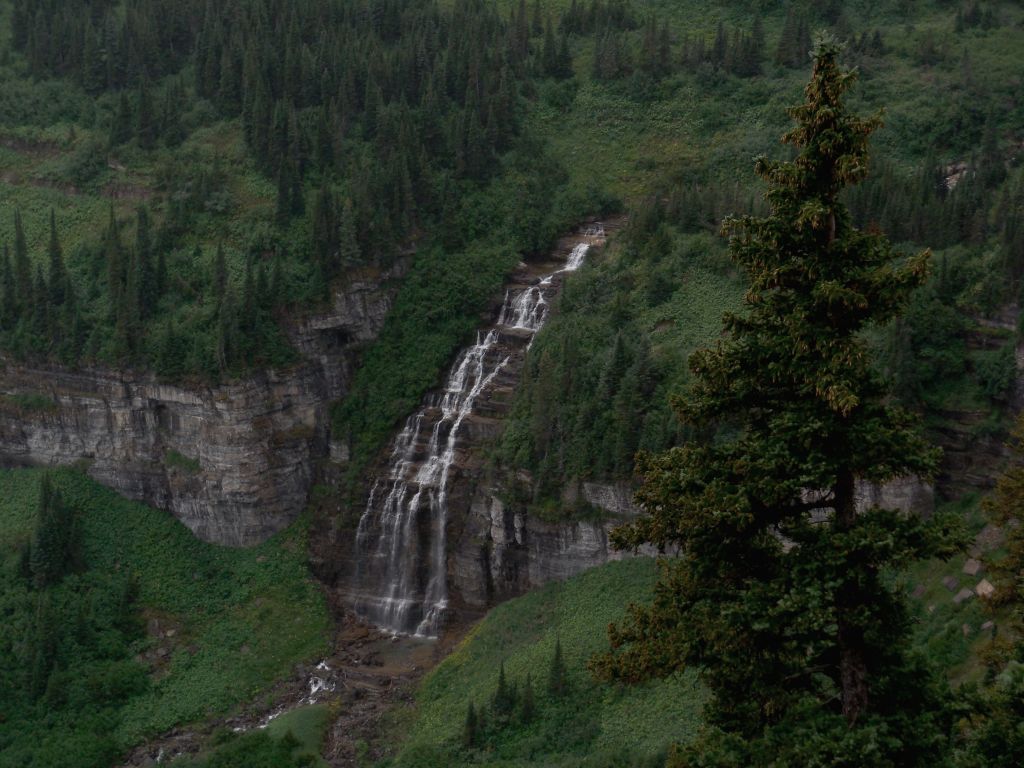
From there we could see another waterfall and the remains of a glacier.
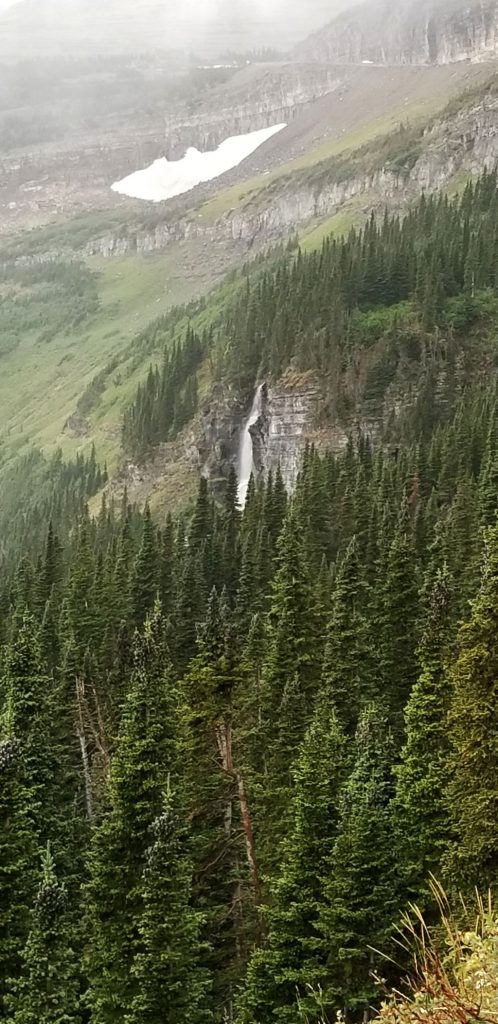
We got there just in time before the mist enveloped us. We decided to turn around and go back the way we came instead of driving through the entire park that day. It was a good choice. By the time we drove back through the valley, we were able to find parking at some of the viewpoints that had previously been too packed to stop.
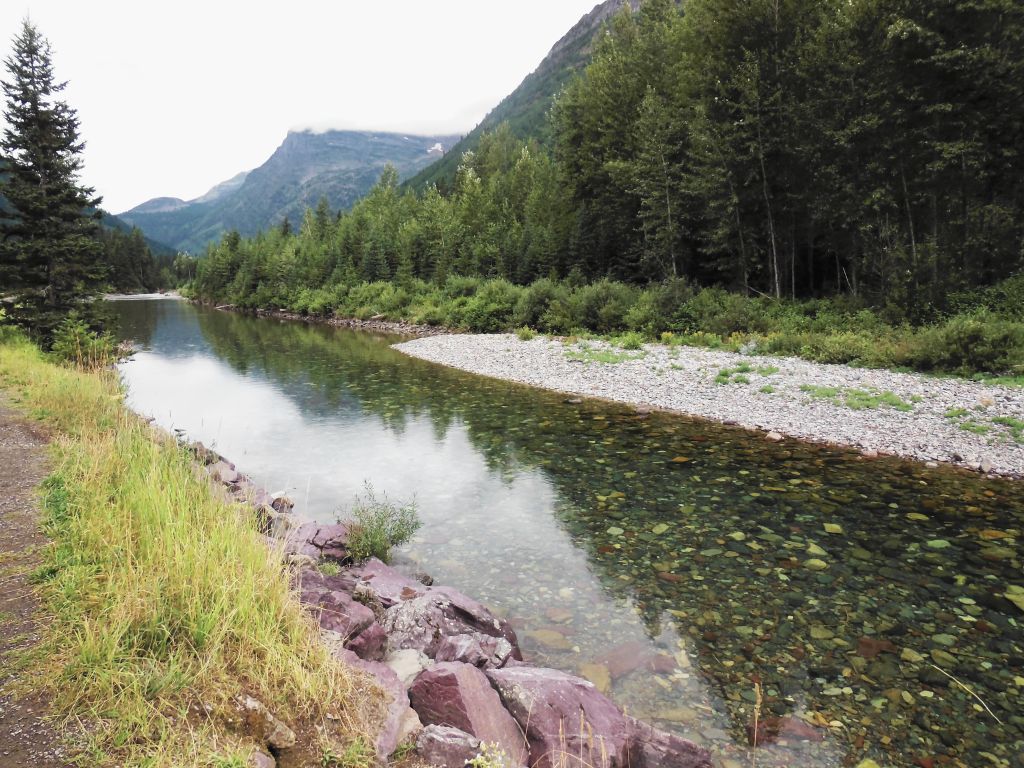
My grandfather’s name was Lake Macdonald, so of course I wanted to see Lake McDonald. (spelled differently). The rocks on the bottom of the lake and on the shore are a beautiful array of colors.
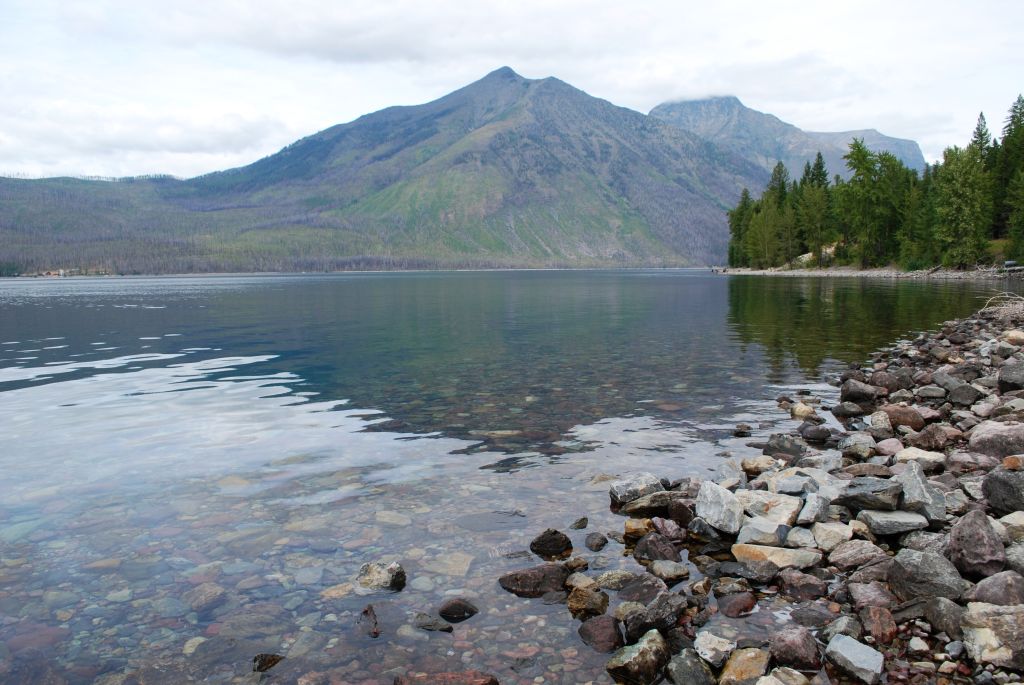
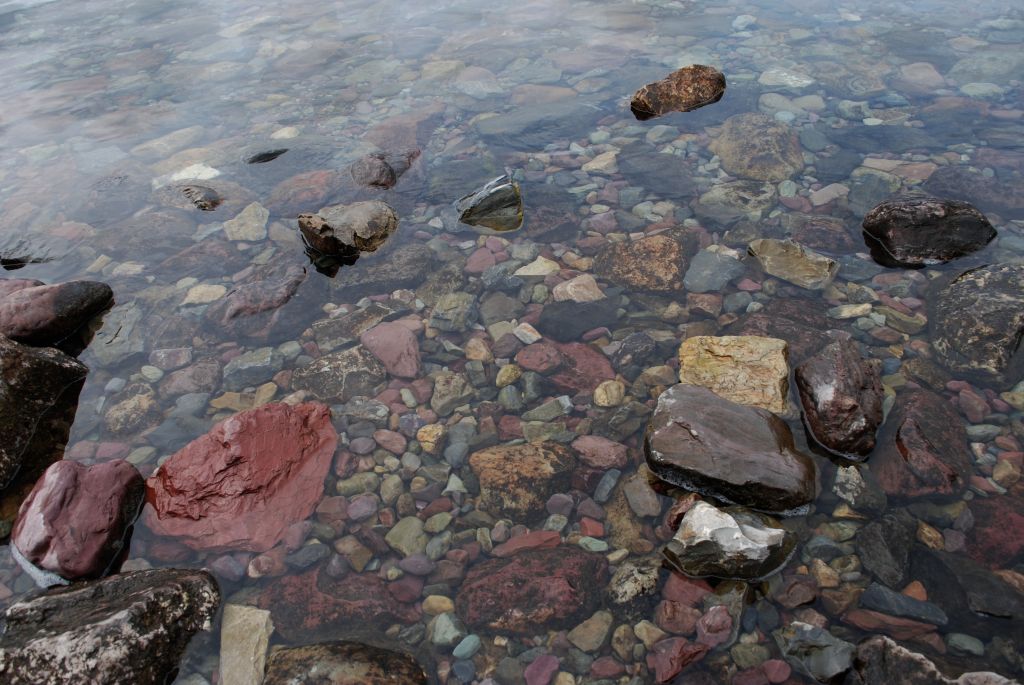
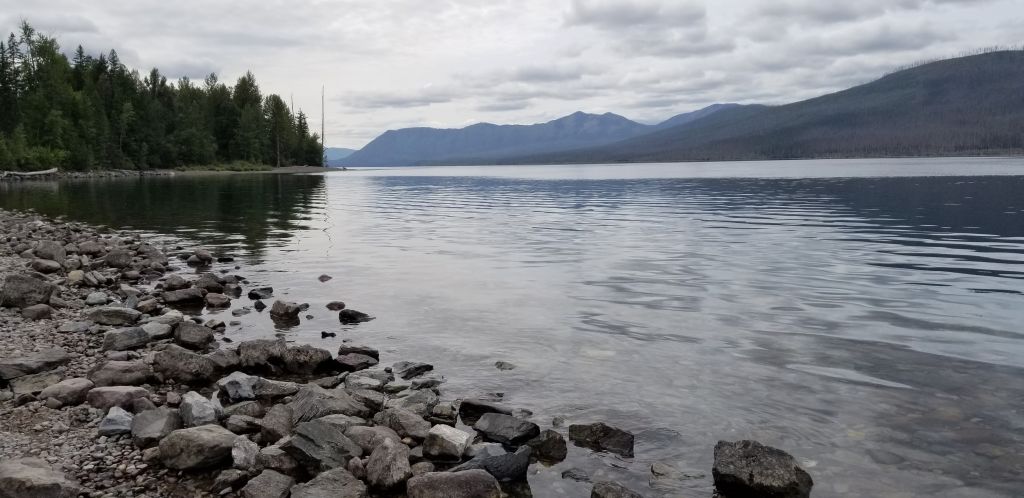
We visited the park a total of three different days. The weather never did get sunny. One of those days I hiked to McDonald Falls.
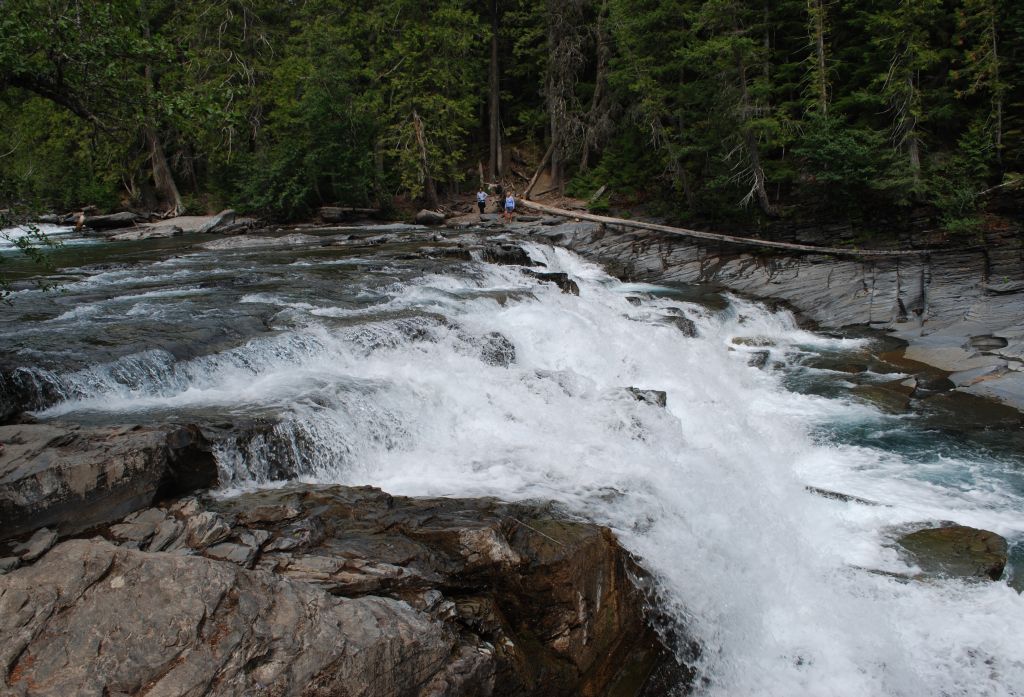
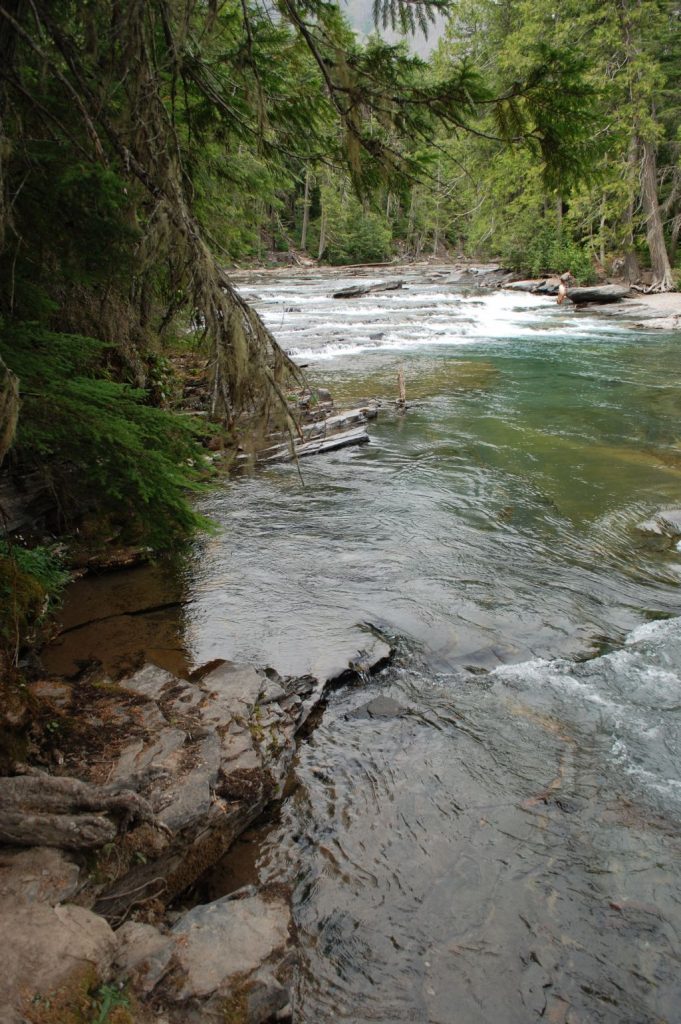
As we drove upstream alongside McDonald Creek, we found another waterfall and interesting views.
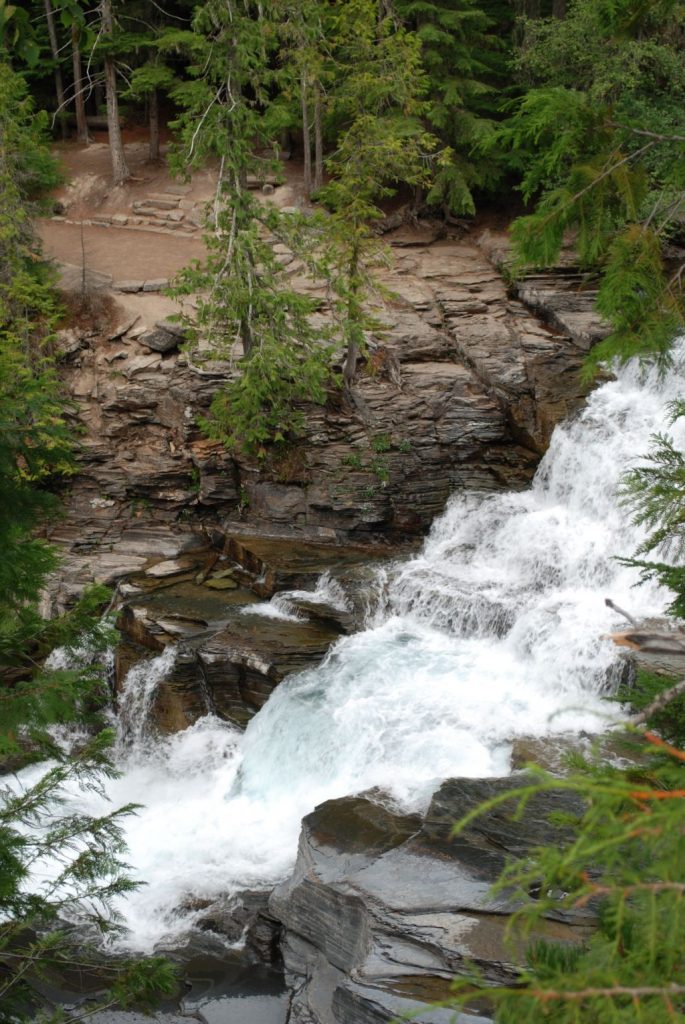
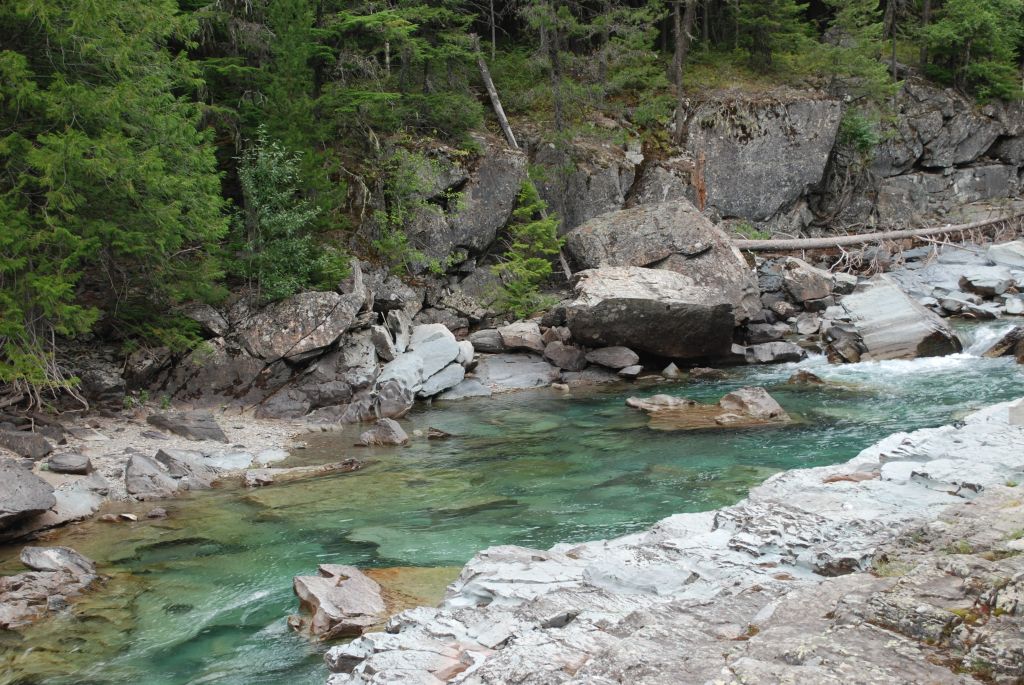
On our third day in Glacier NP, we drove completely through the park, barely stopping except to eat our lunch. At Logan Pass, the road winds down to the small town of St. Mary.
We drove from one end of the park to the other, and then drove around the outside of the park on the south side back to where we started. It was also a beautiful drive, but long.
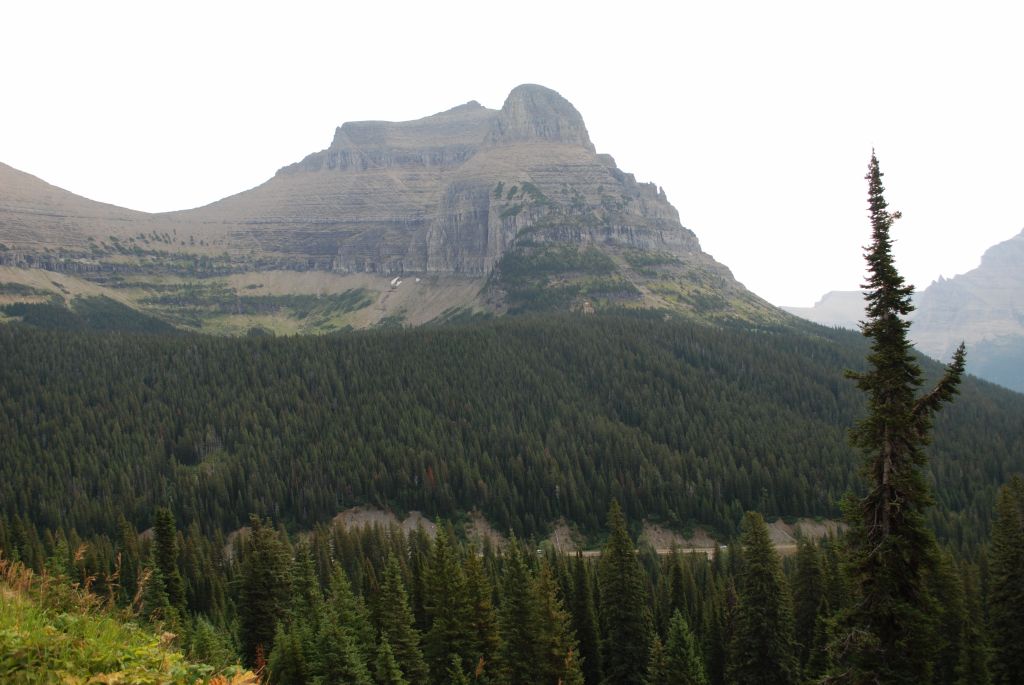
The other side of Logan Pass is much different in that it suffered damage from recent forest fires that changed the look of the landscape. There is a lake on that side too–St. Mary Lake which is about 1500′ higher in elevation than Lake McDonald.
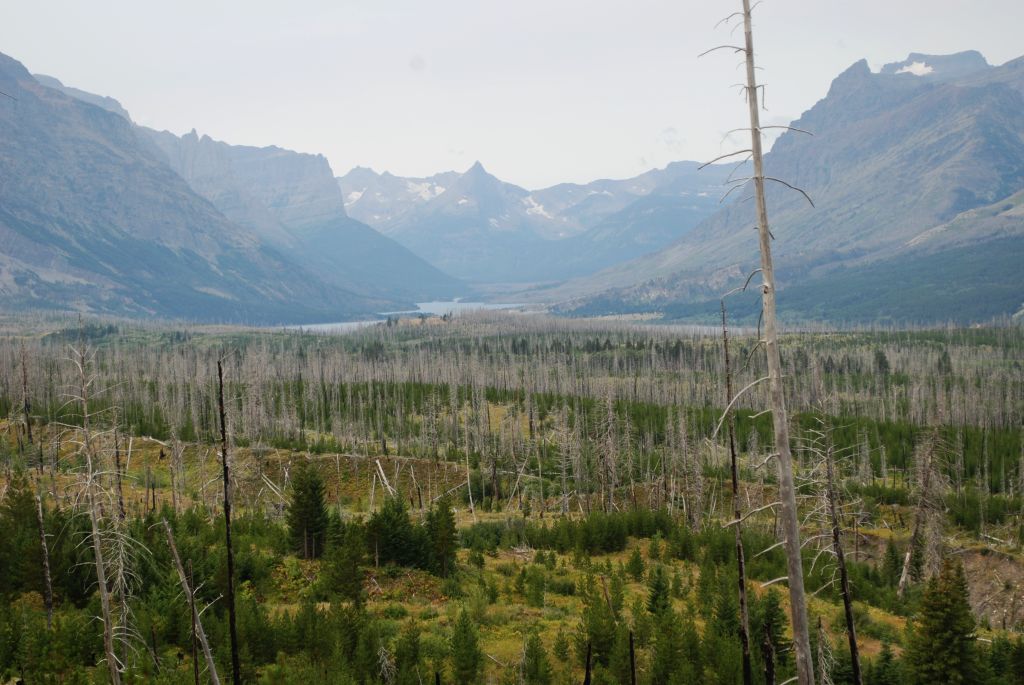
Even with the recent rains, the smoke from fires in the western states came back quickly to make a haze over the mountains. We had planned to stay a few days in St. Mary, but due to the smoke, we decided to leave early. Our pass for Going to the Sun Road had expired, and we were ready to move on.

